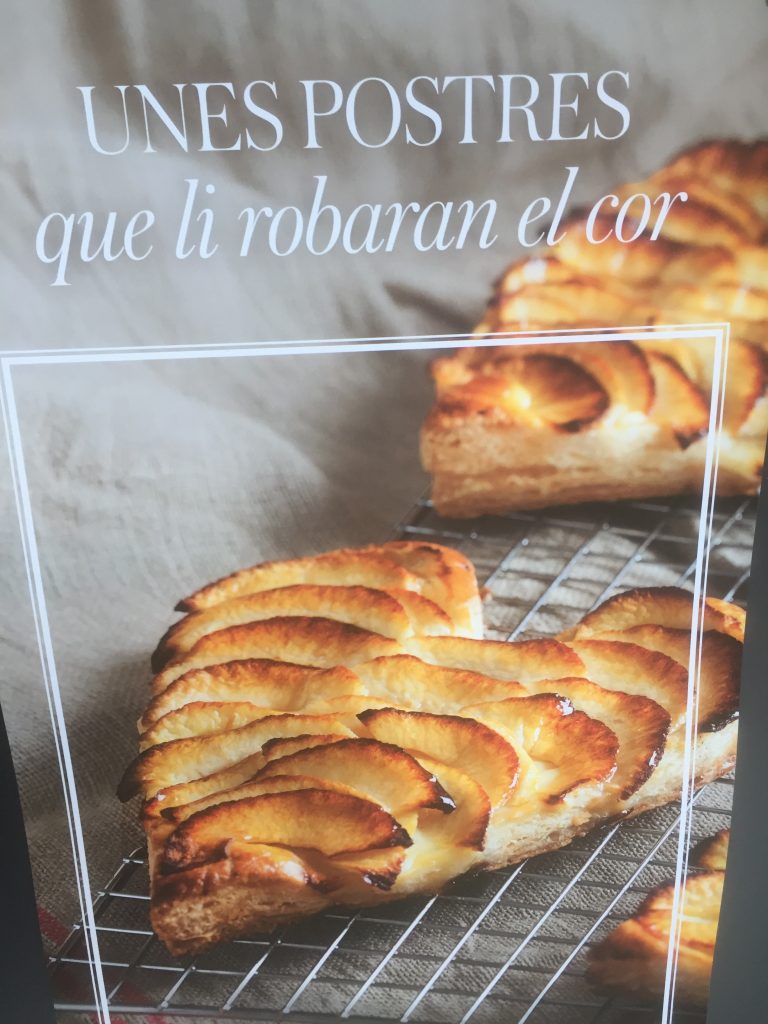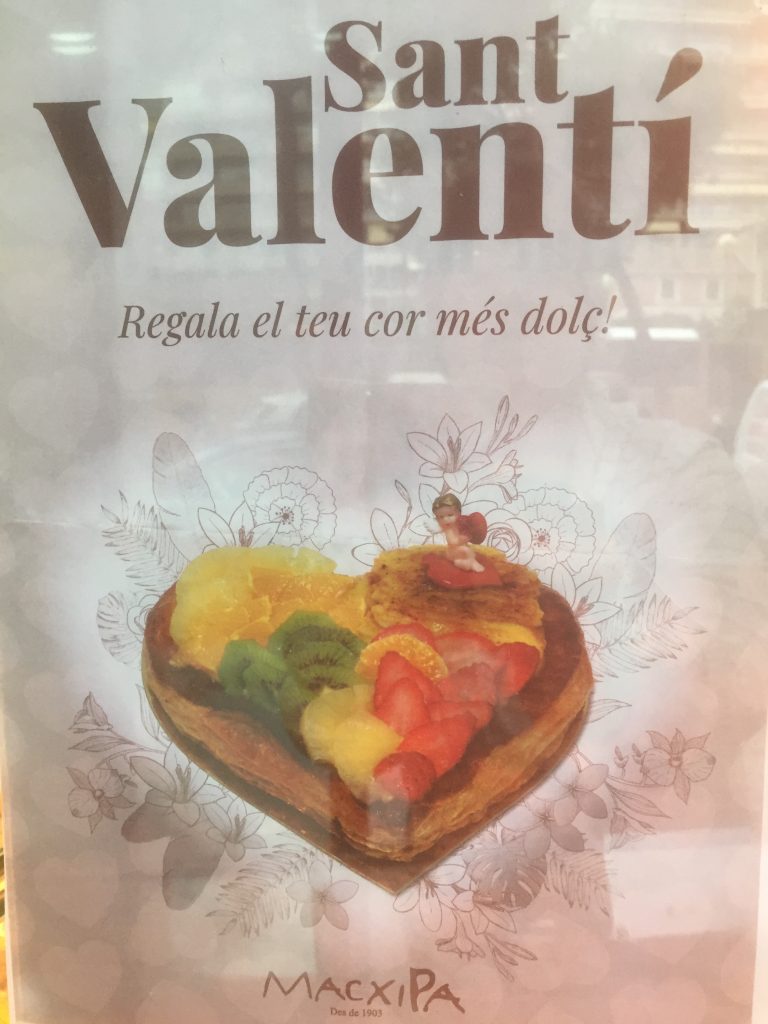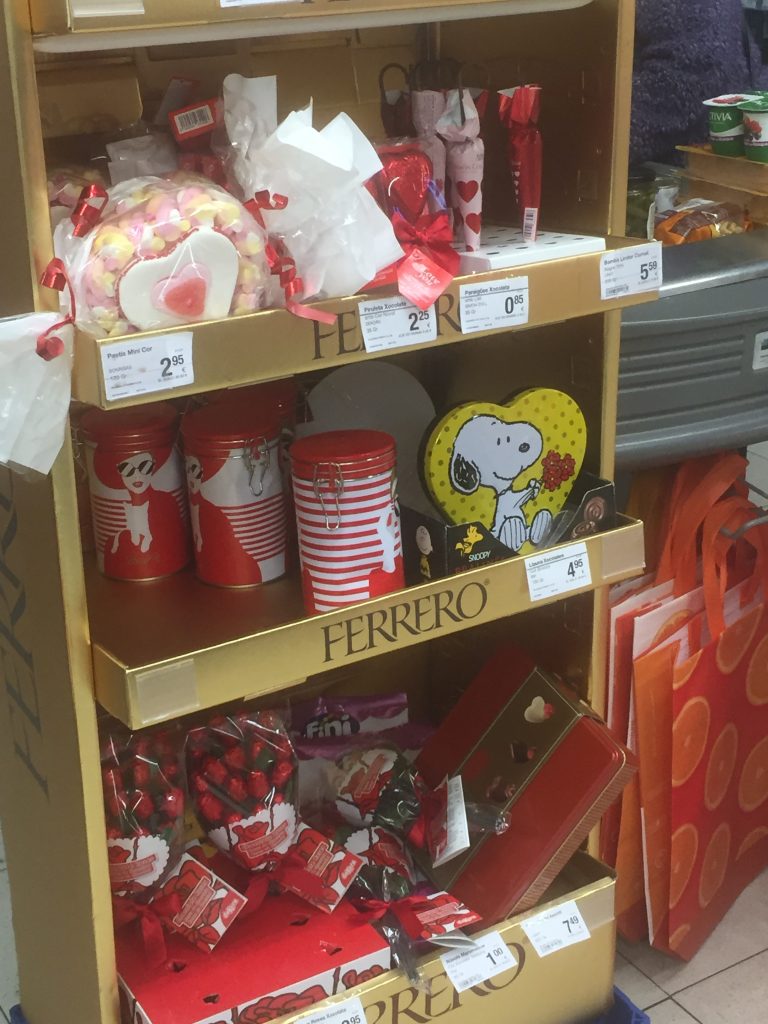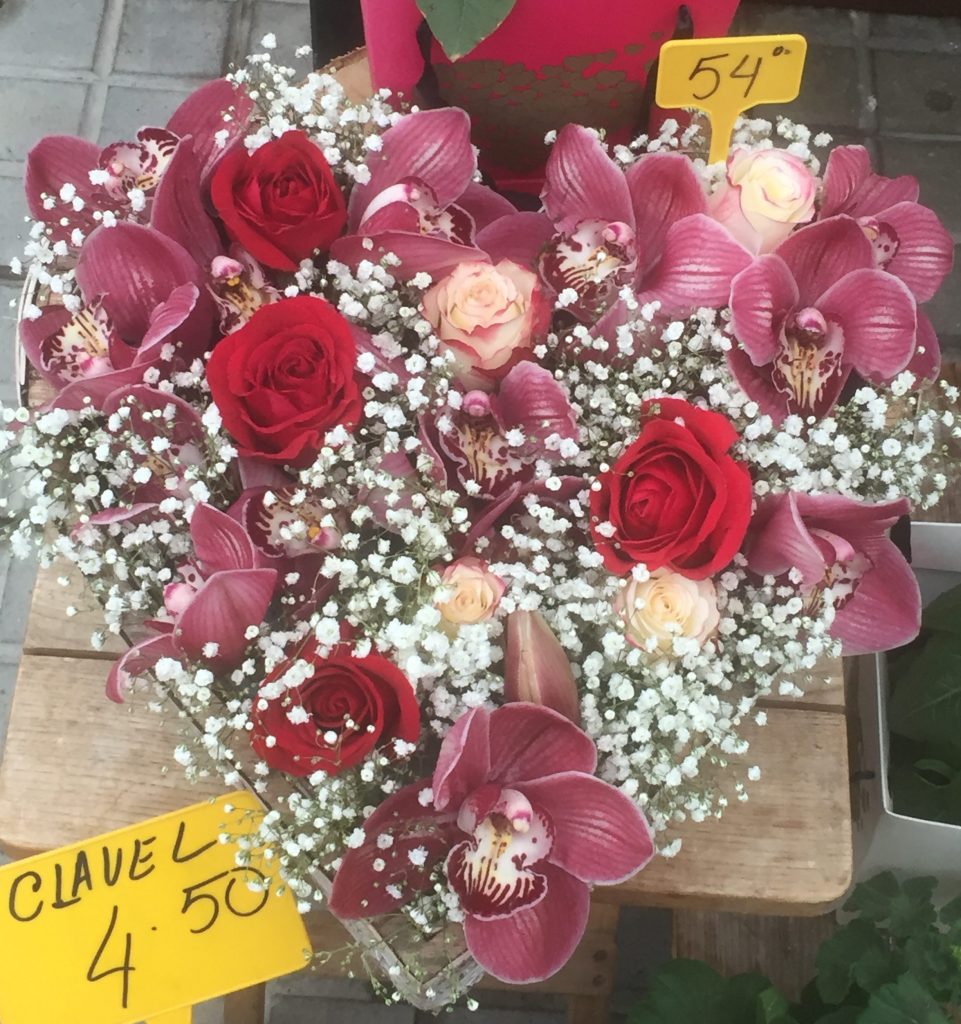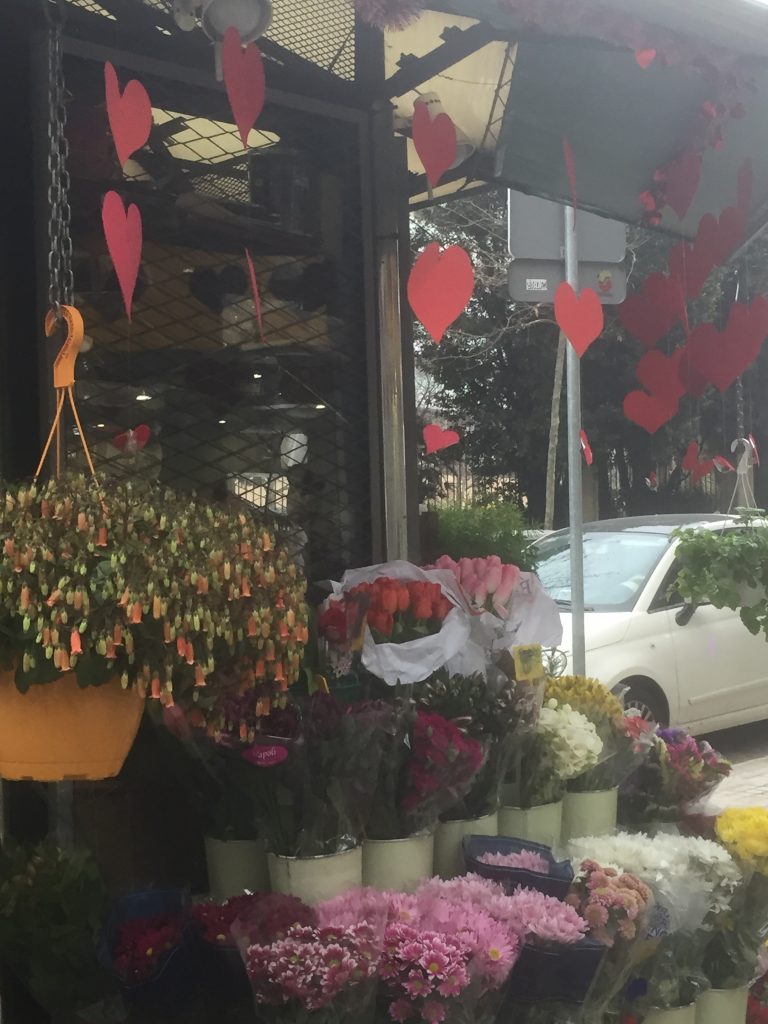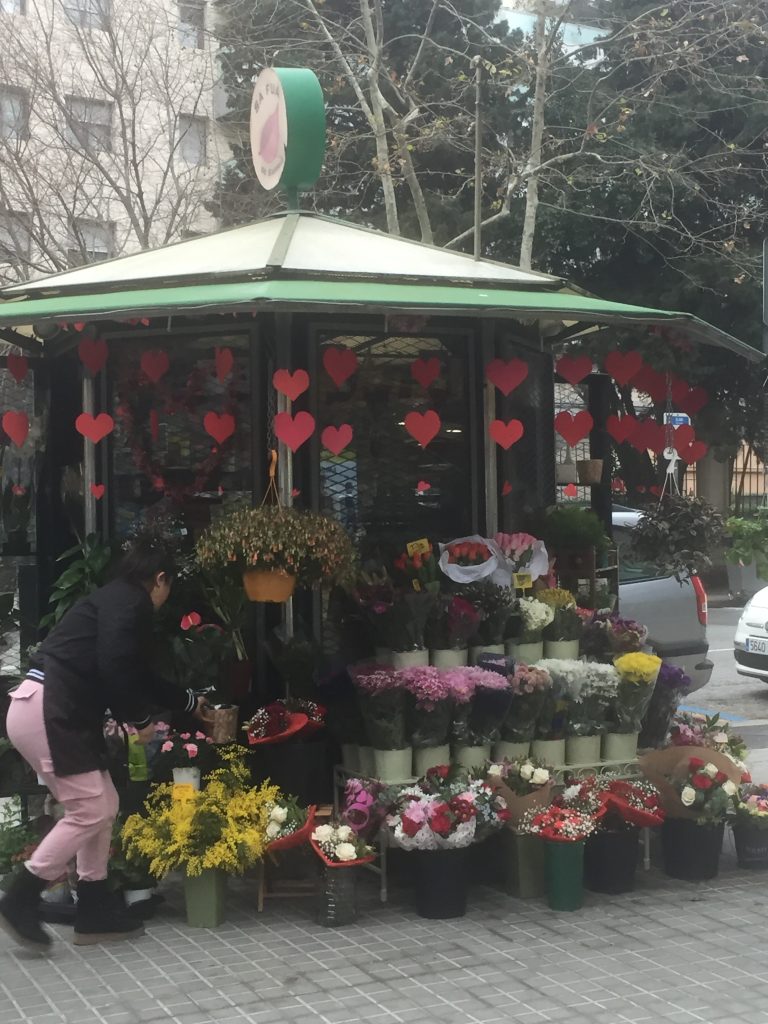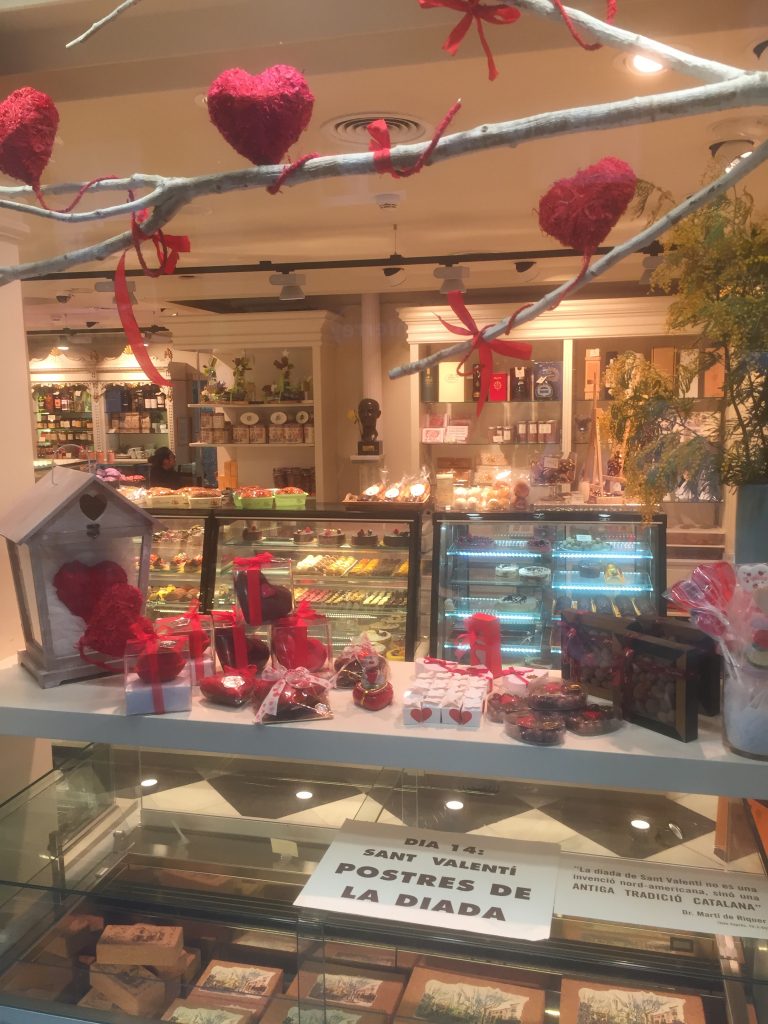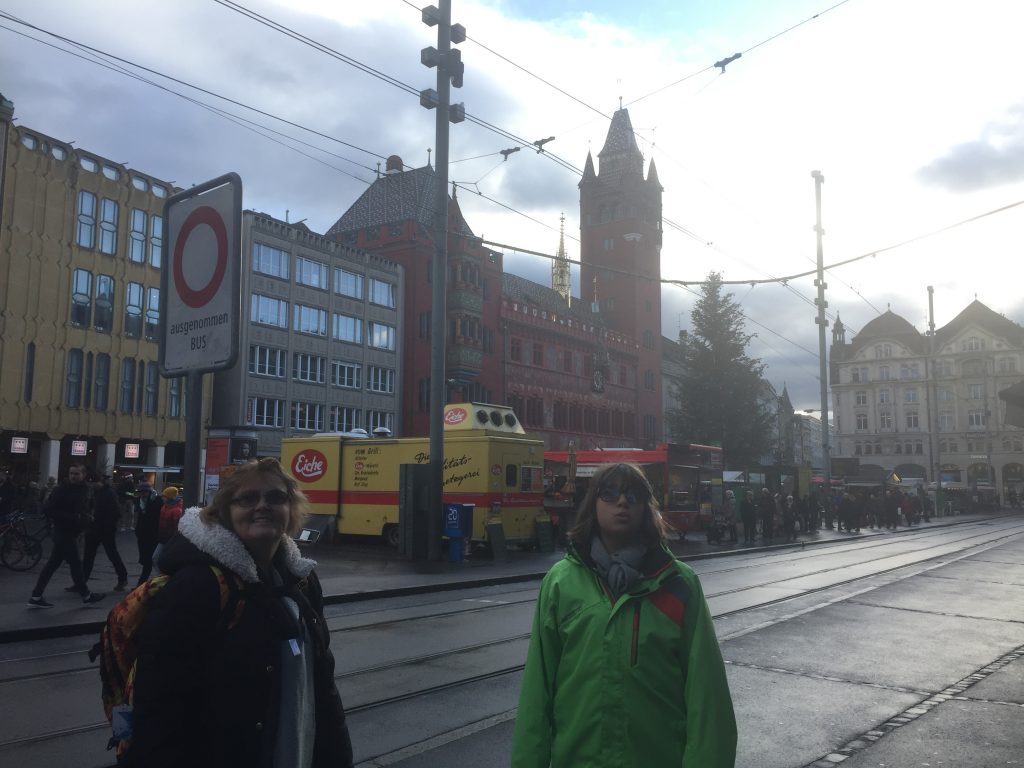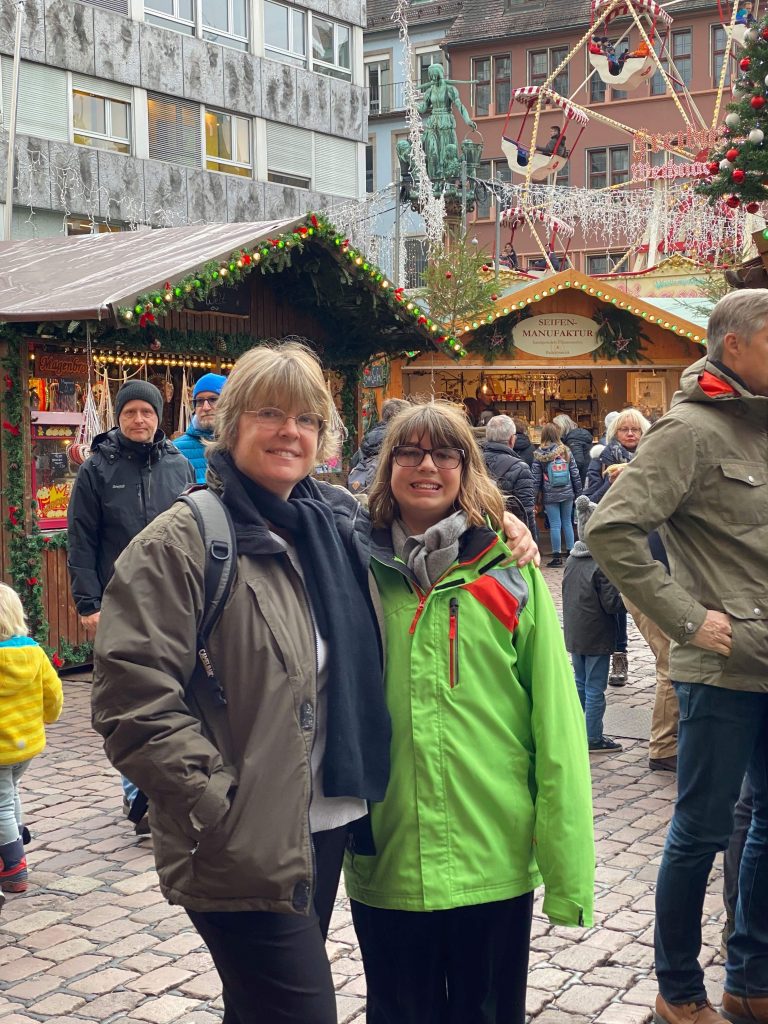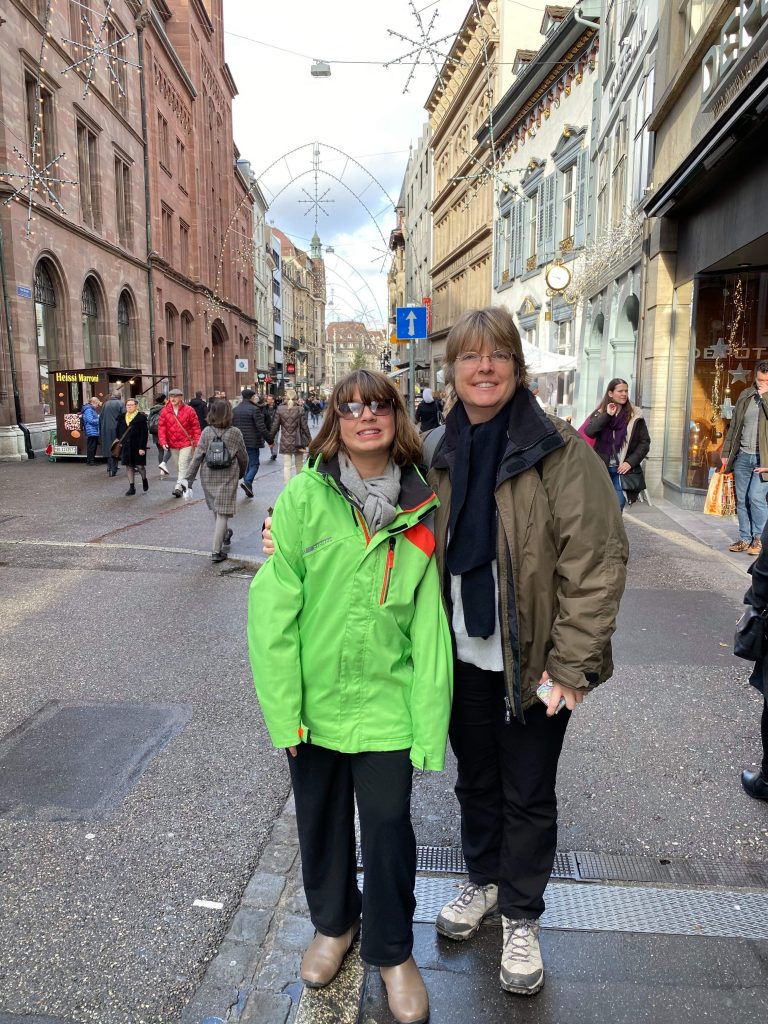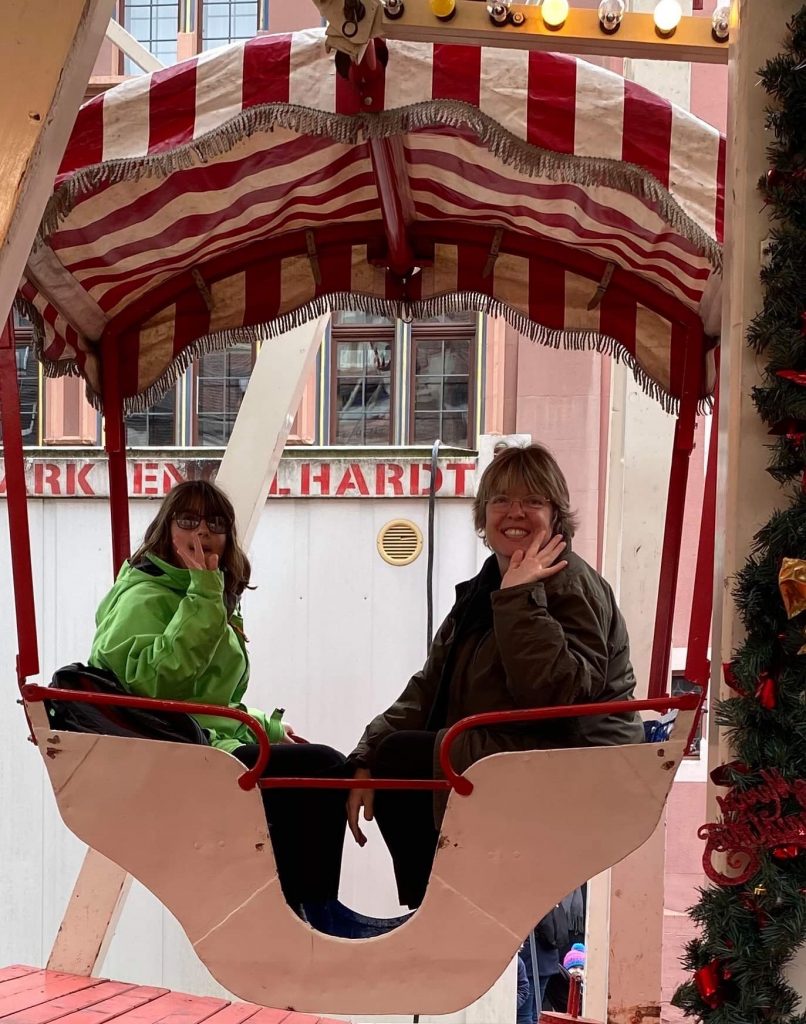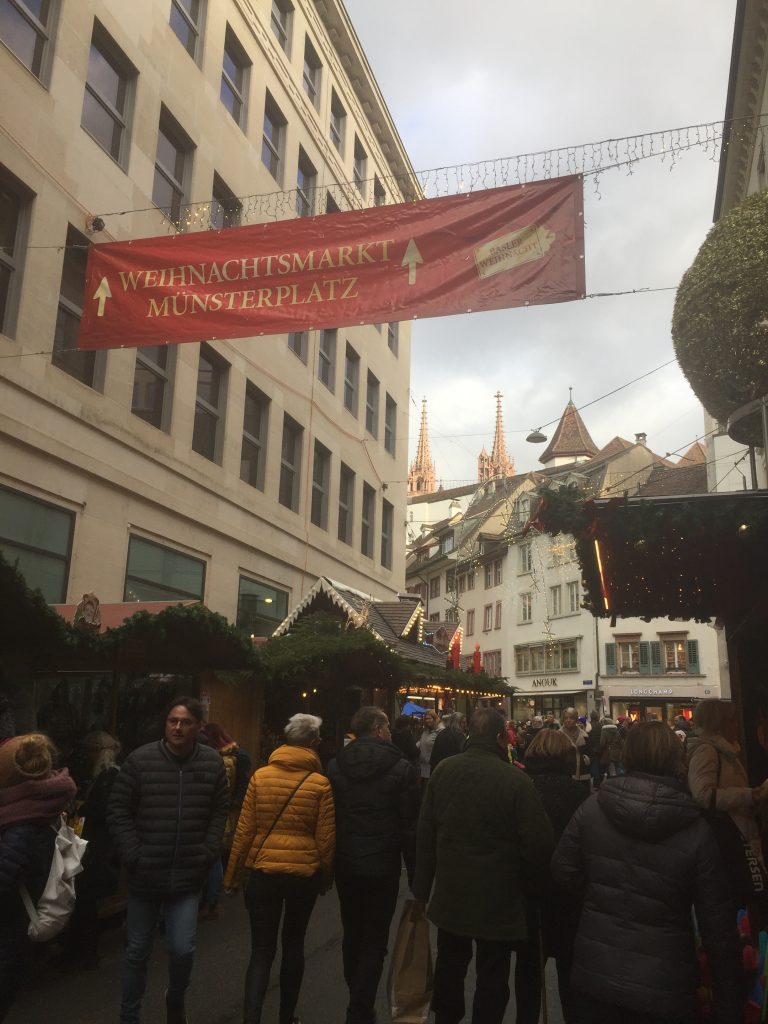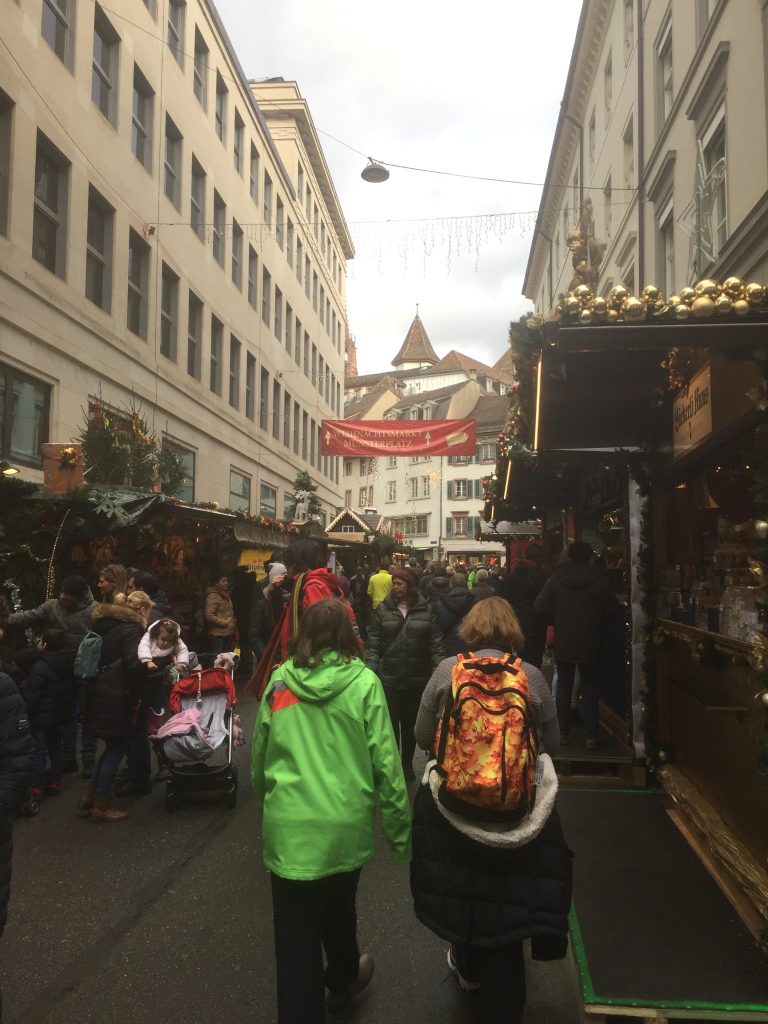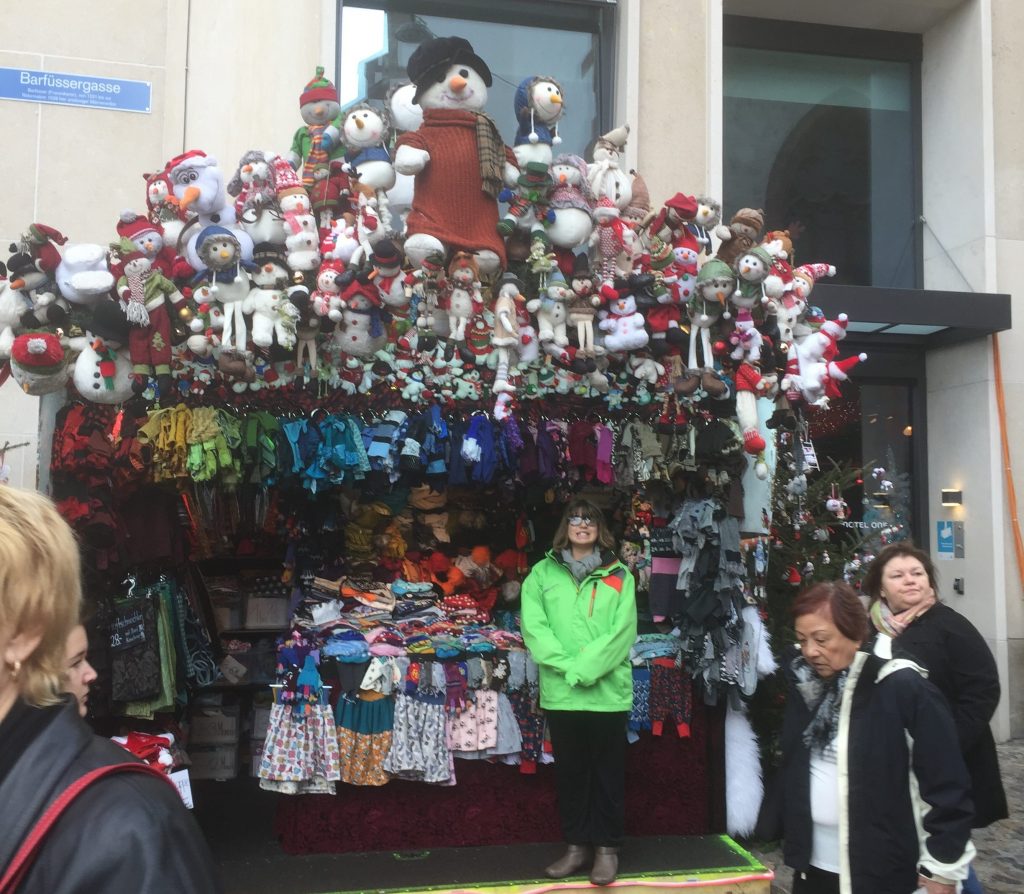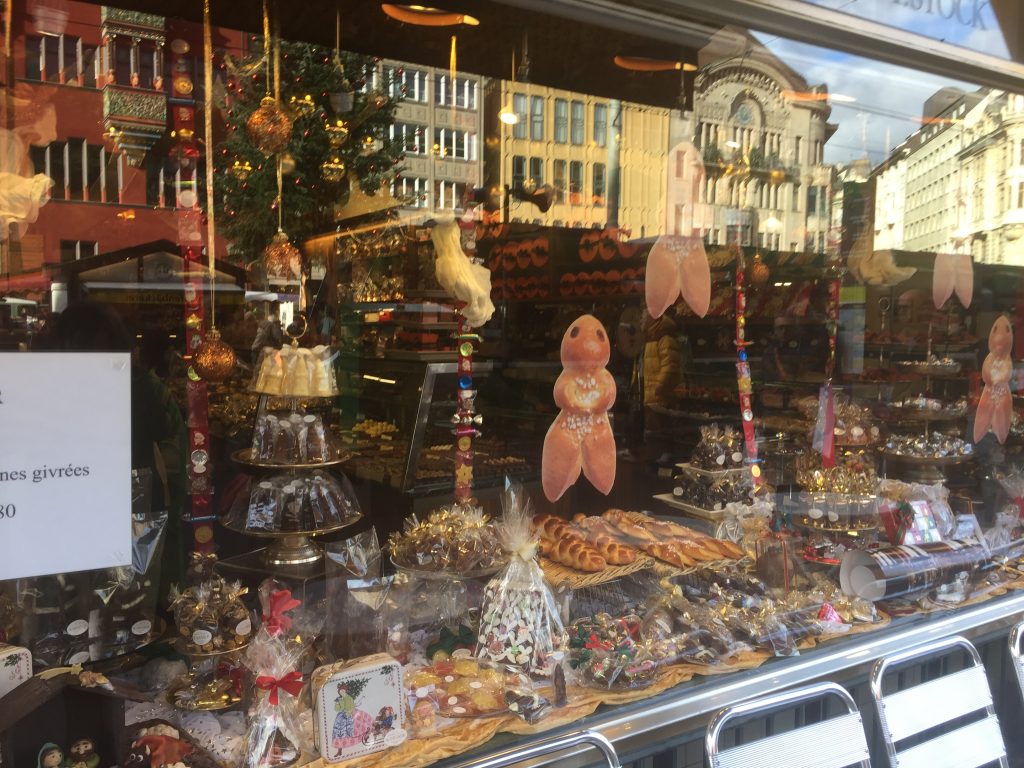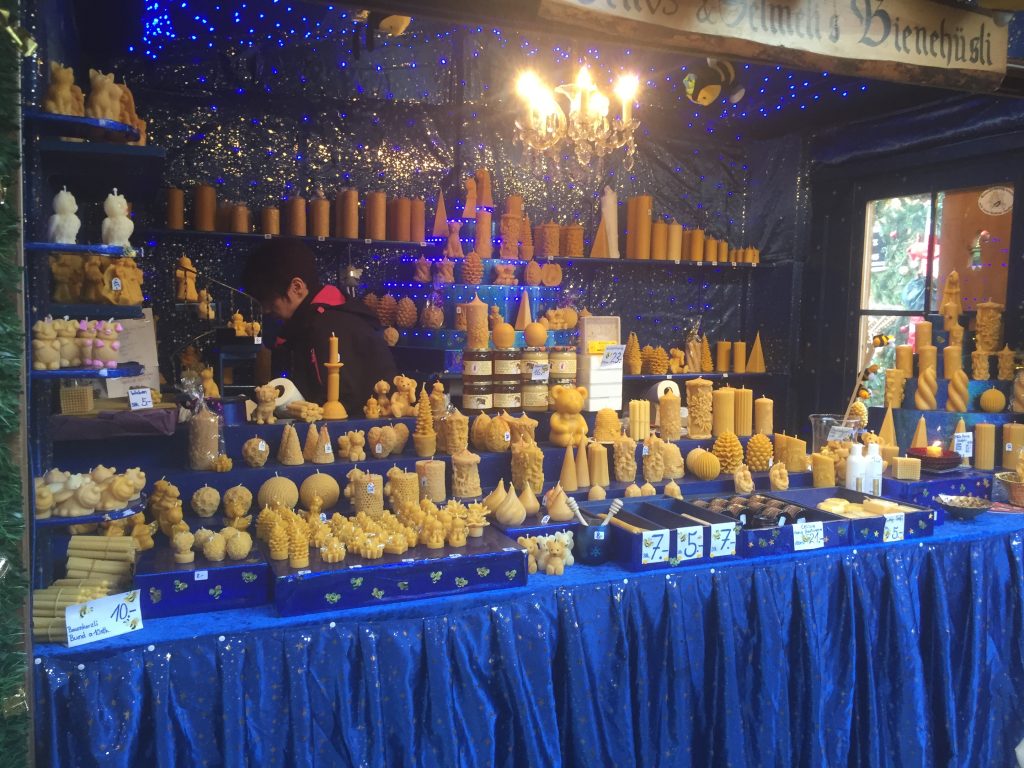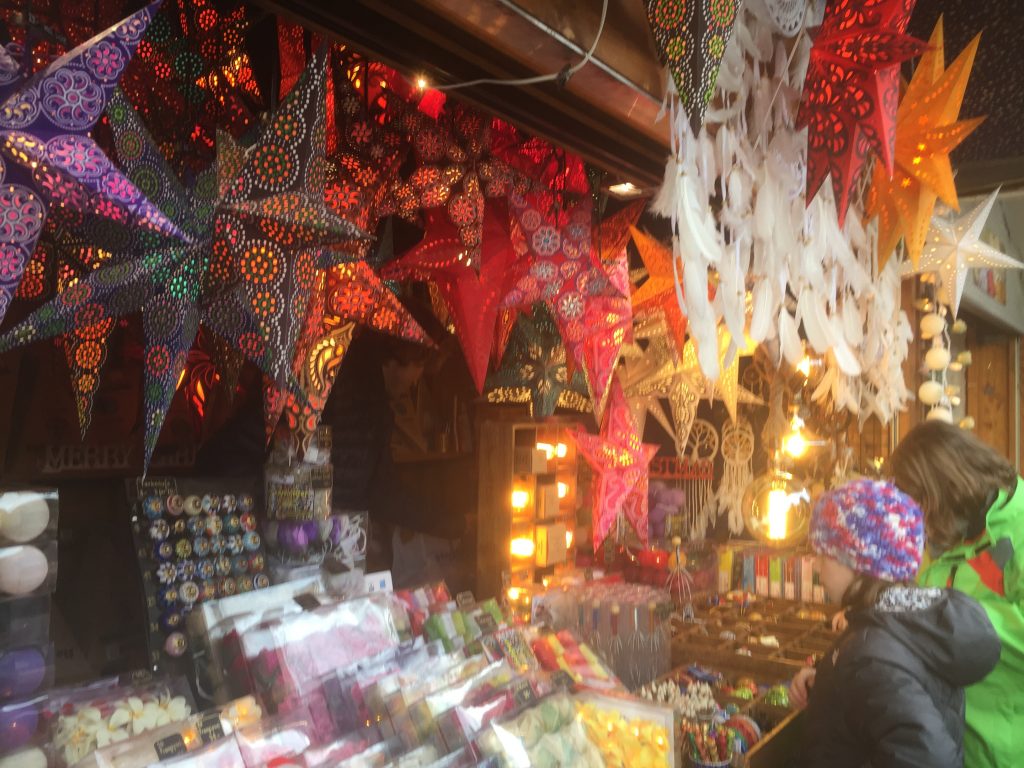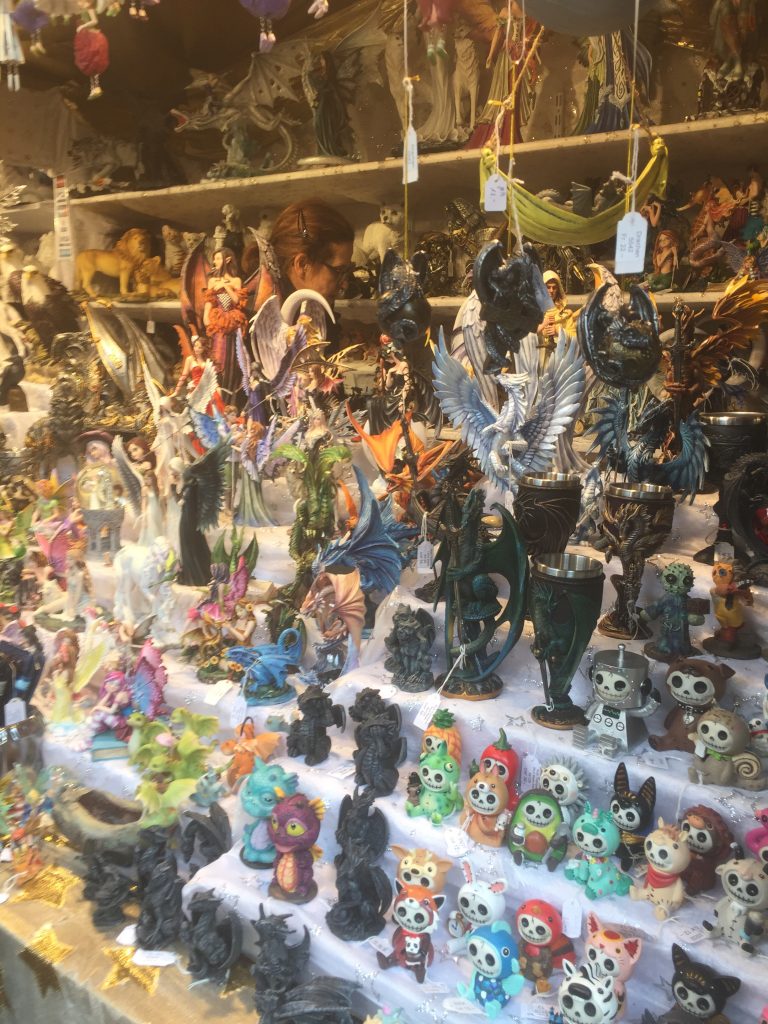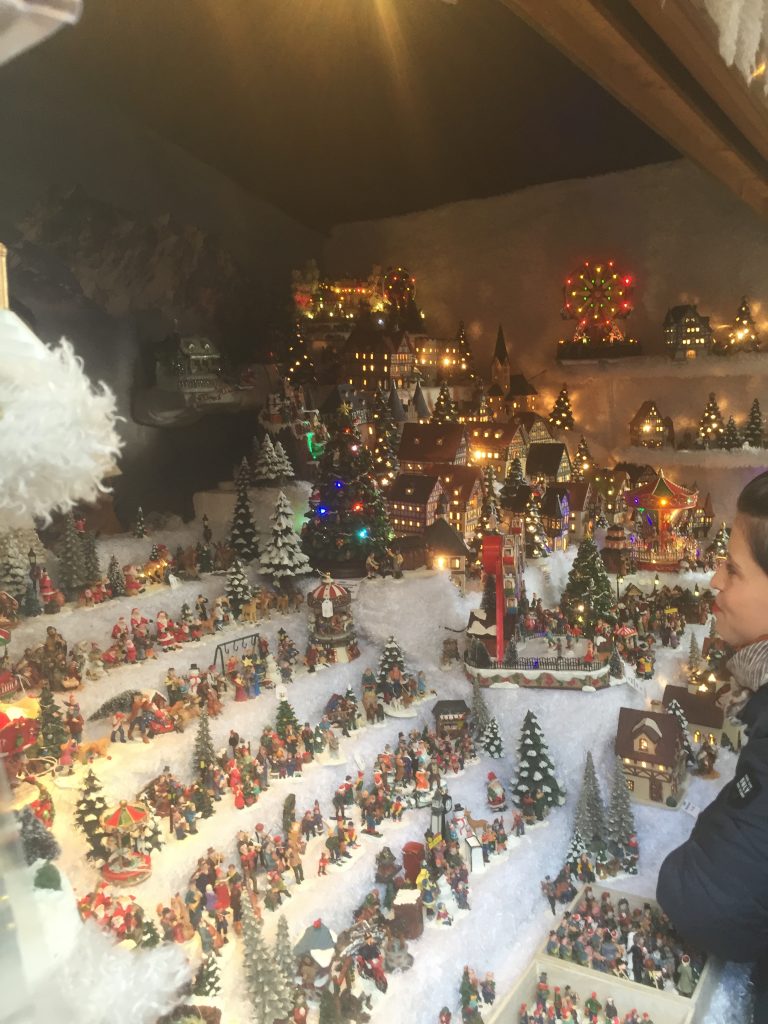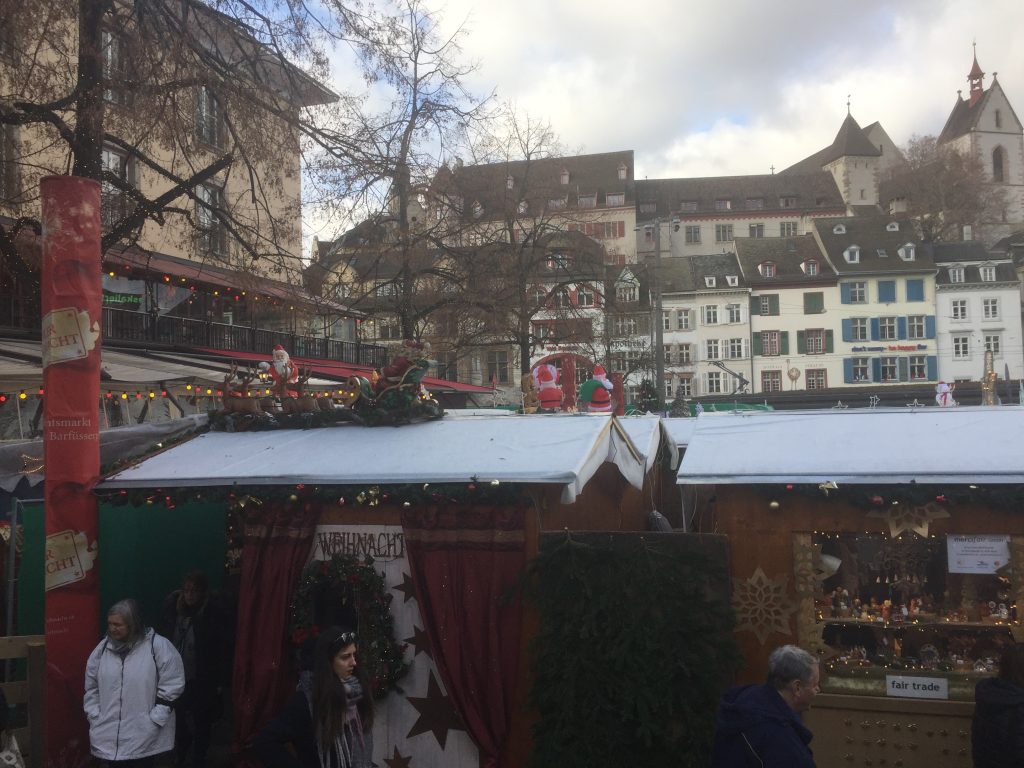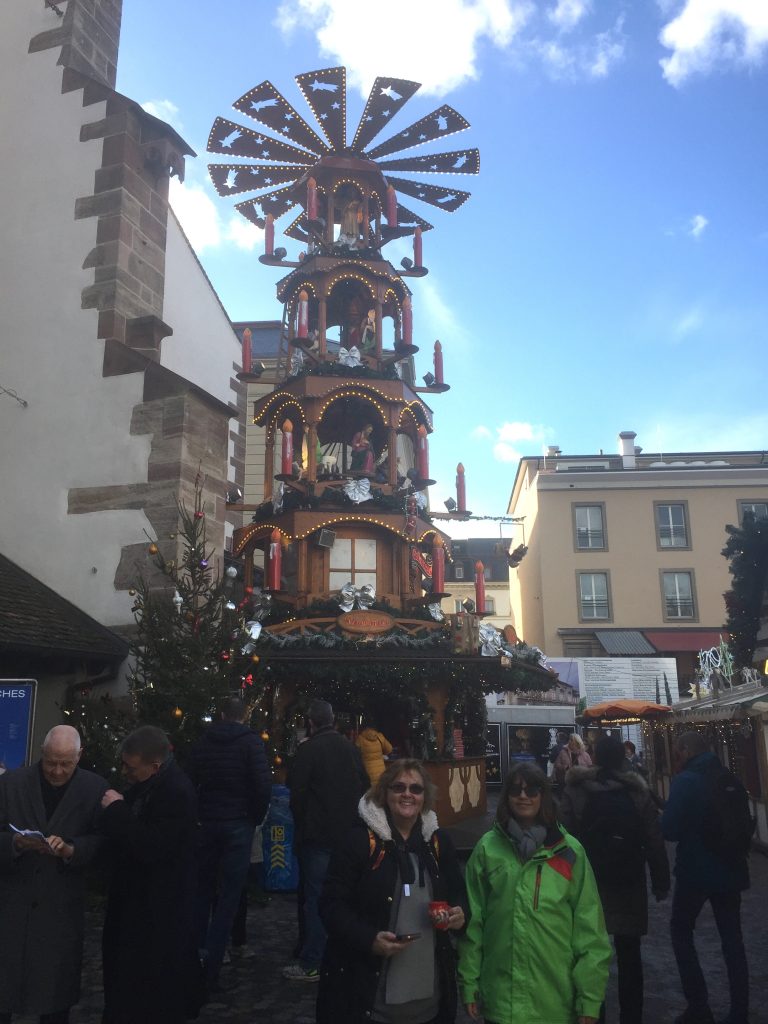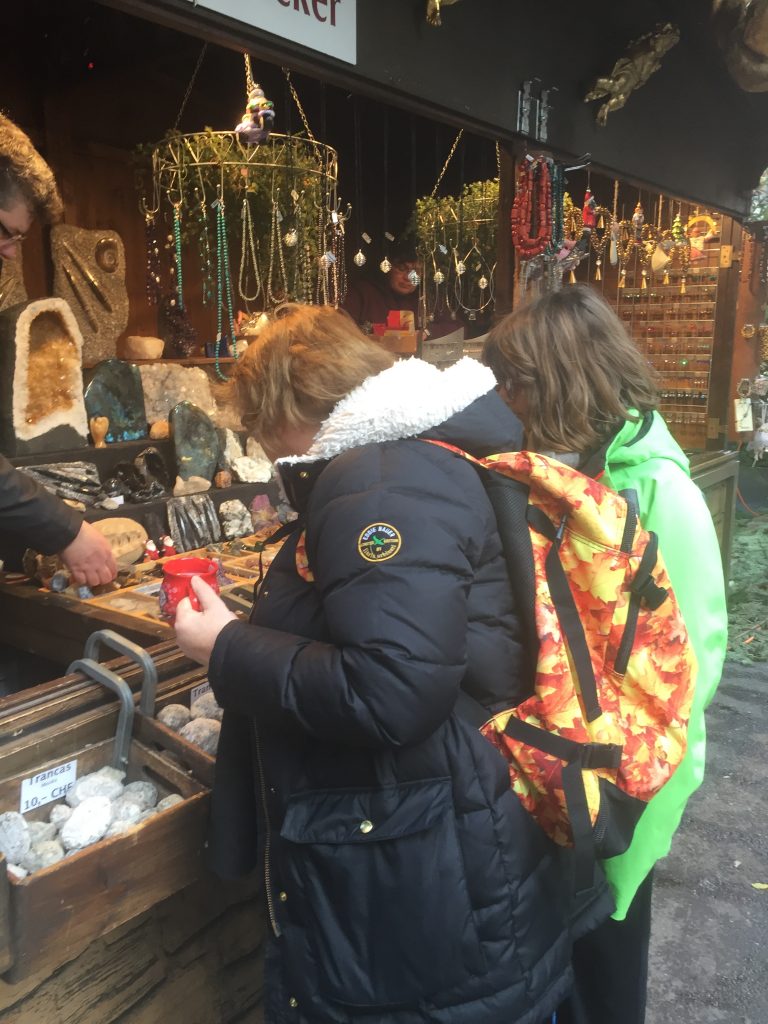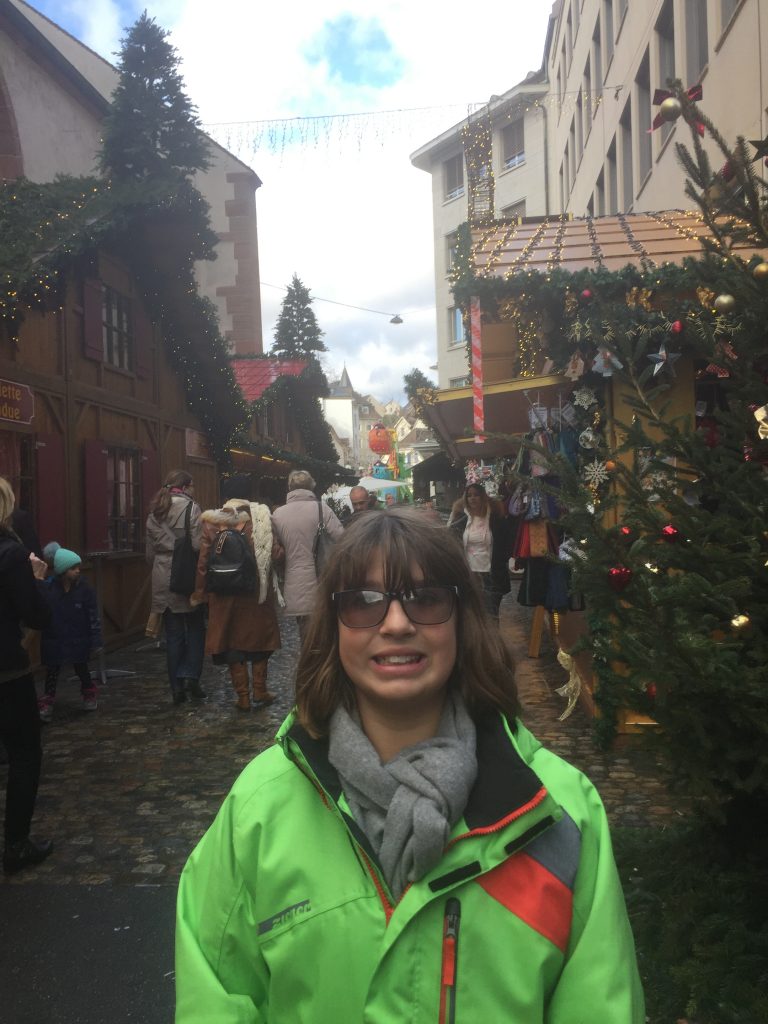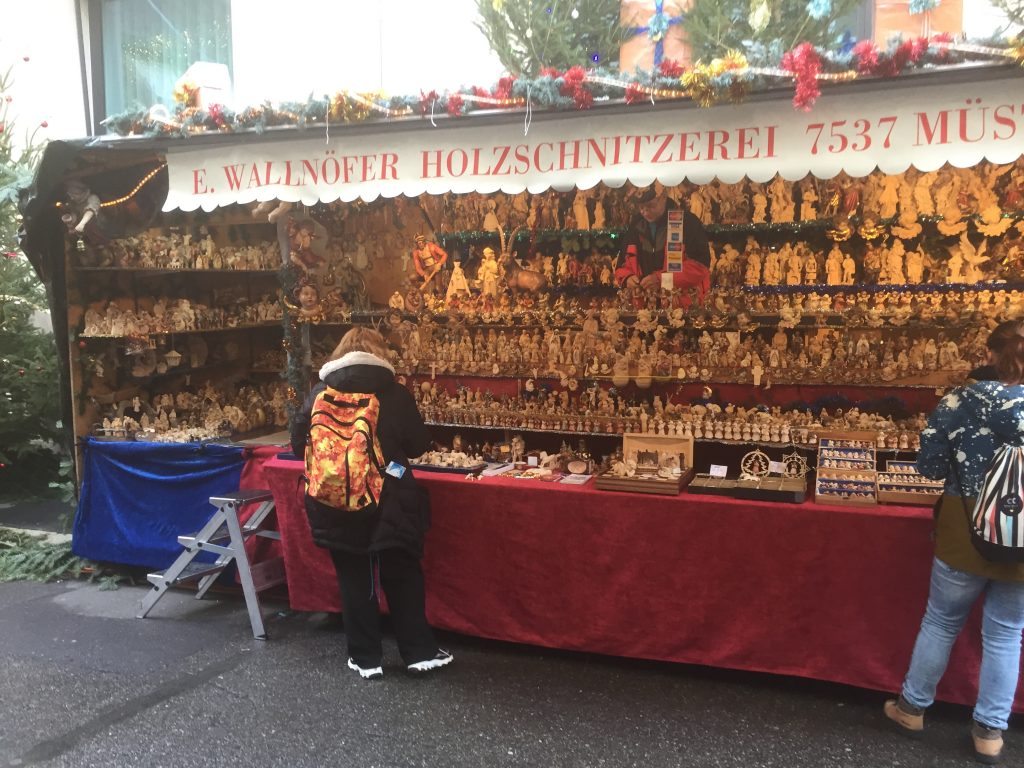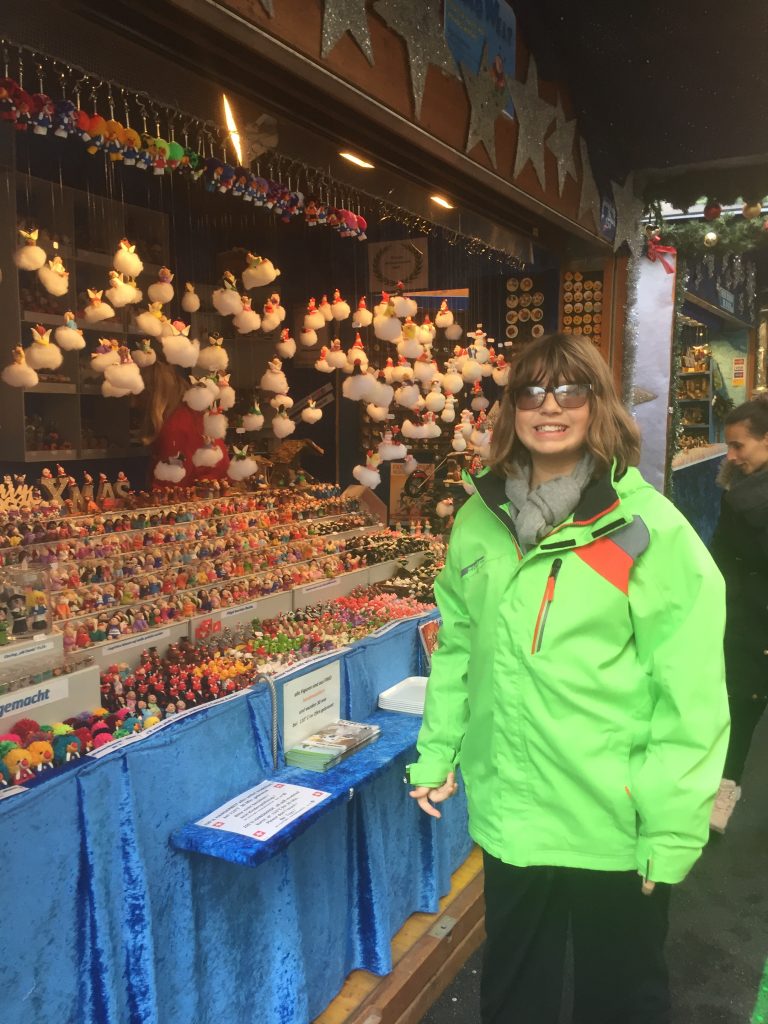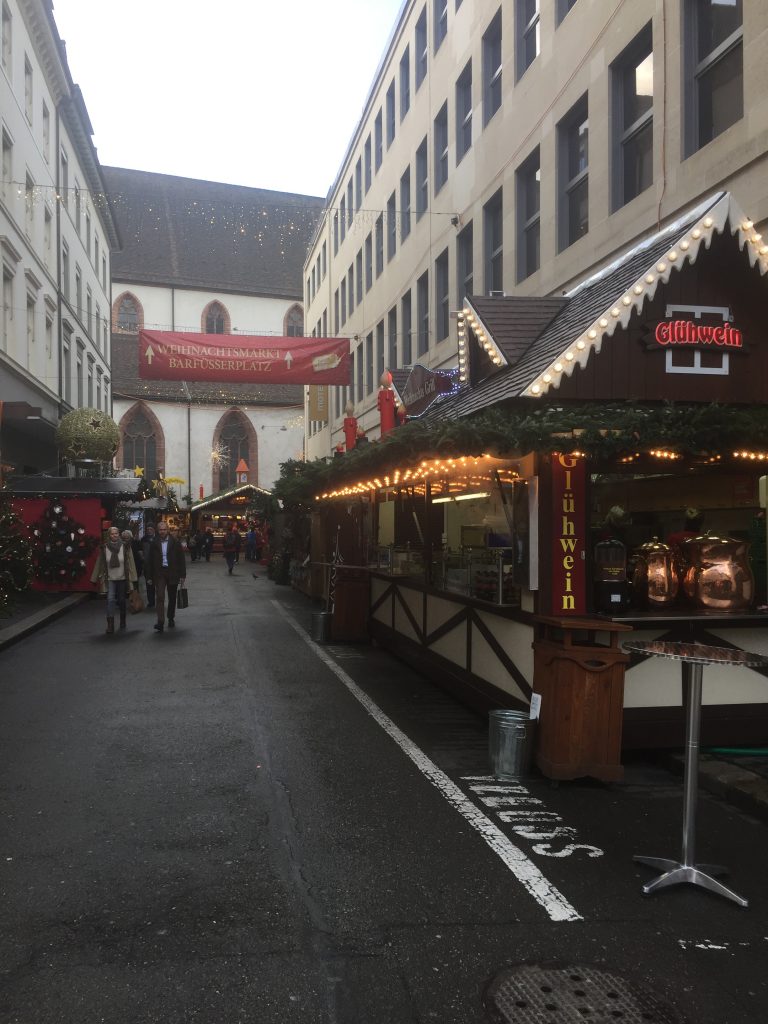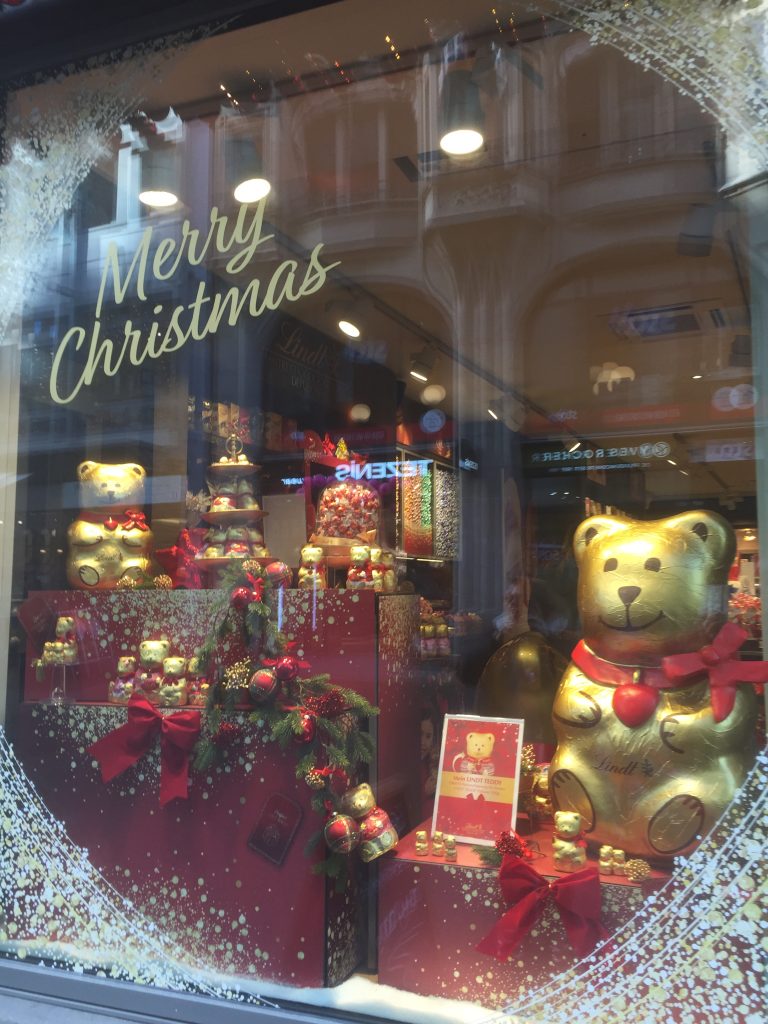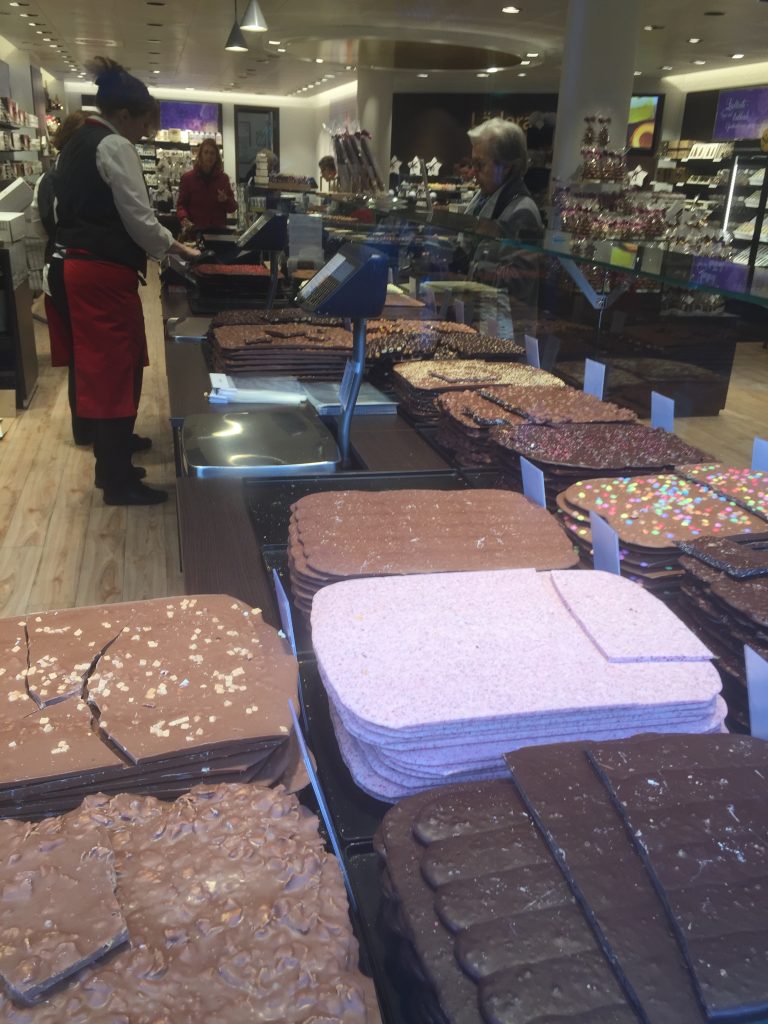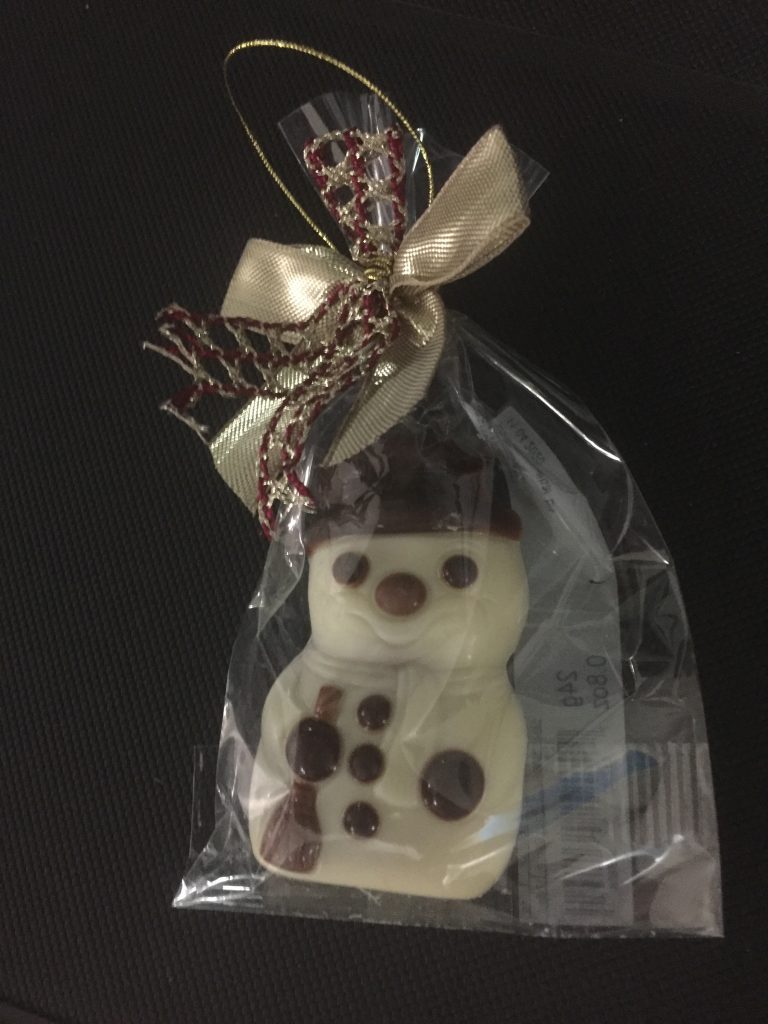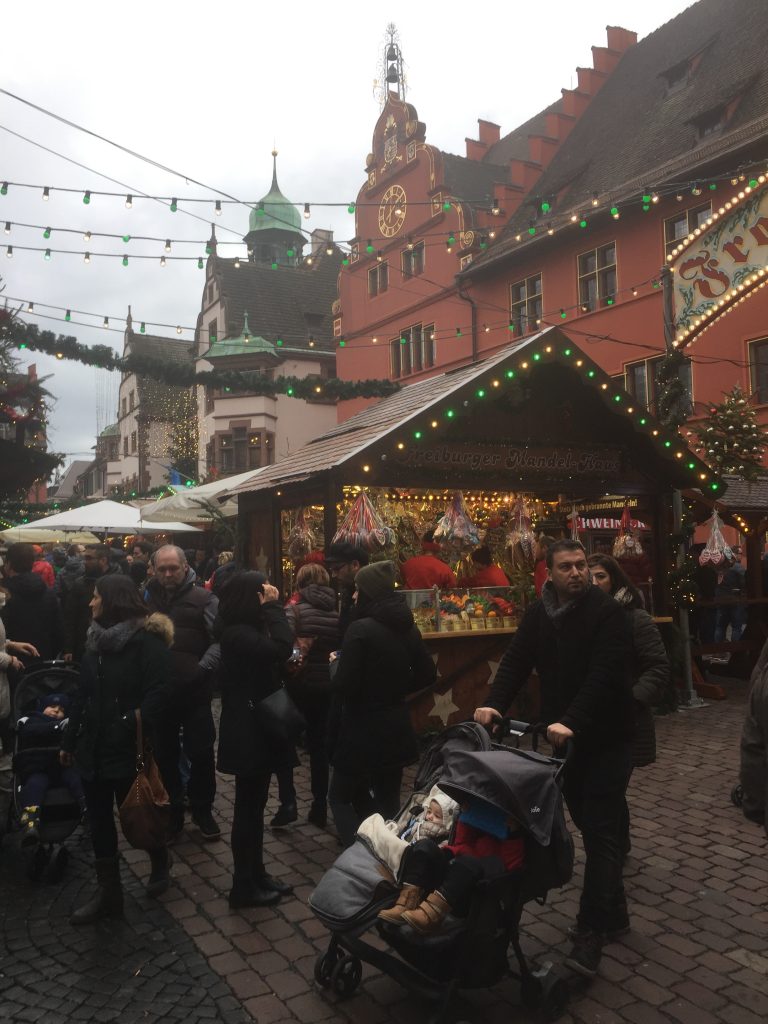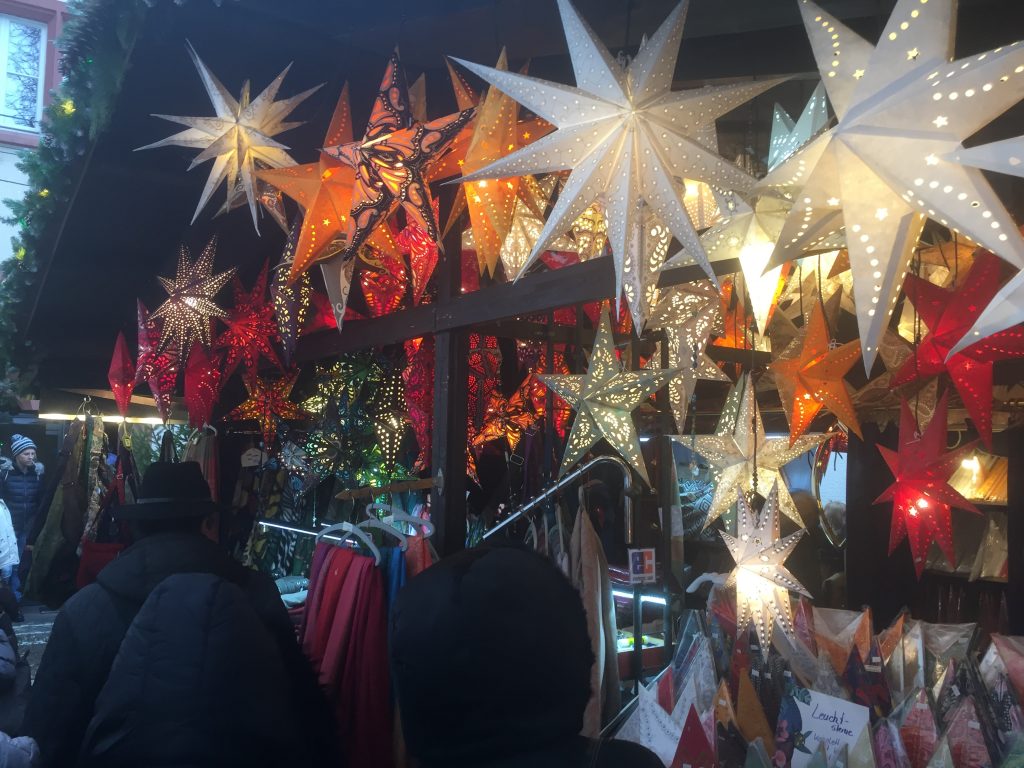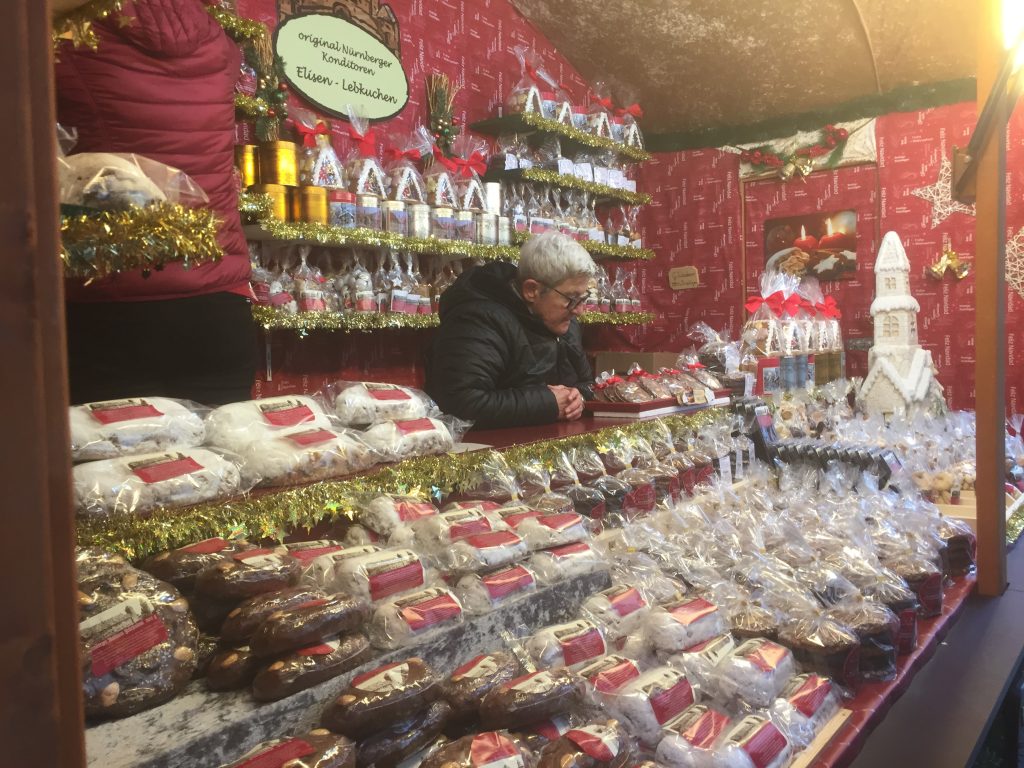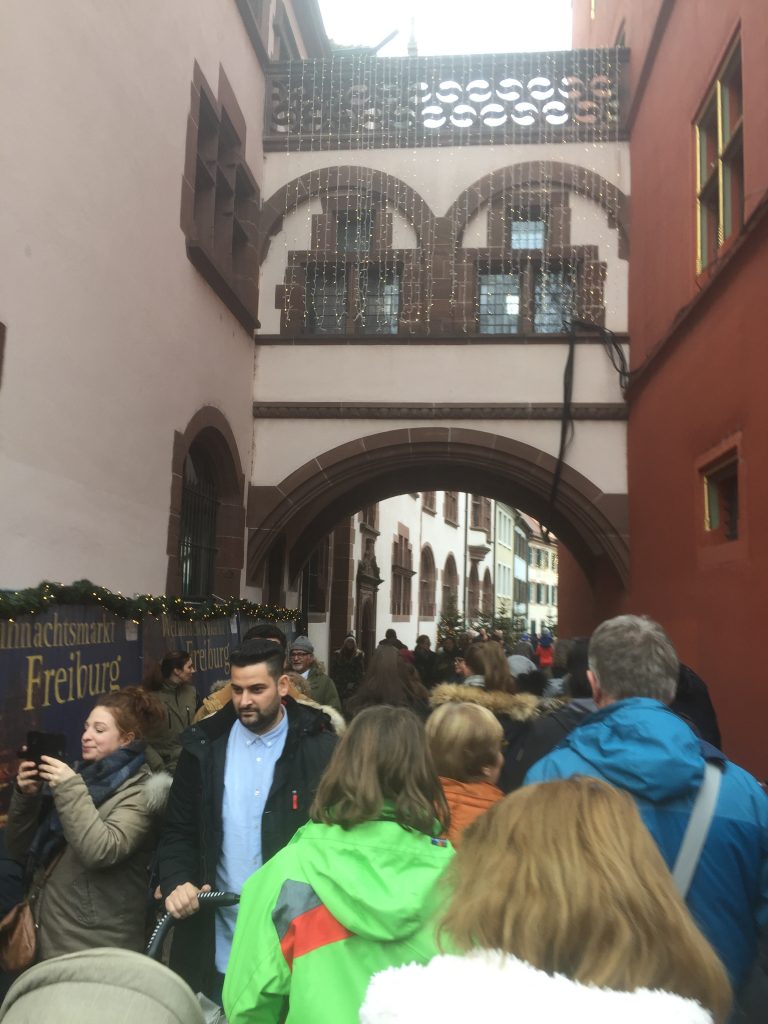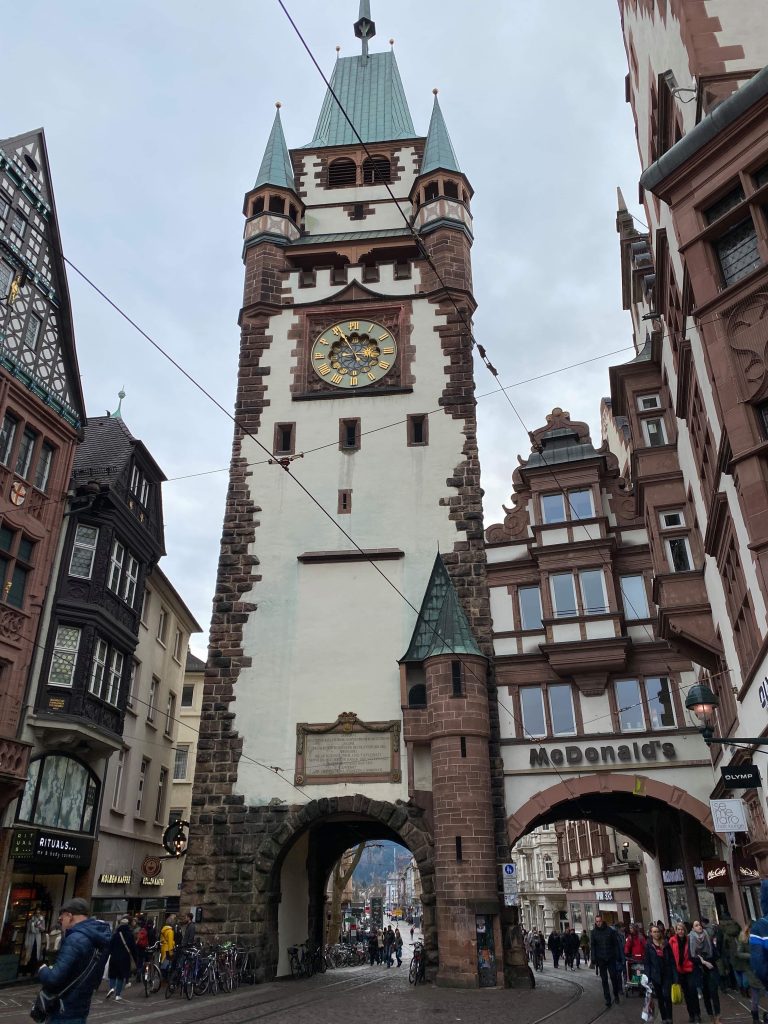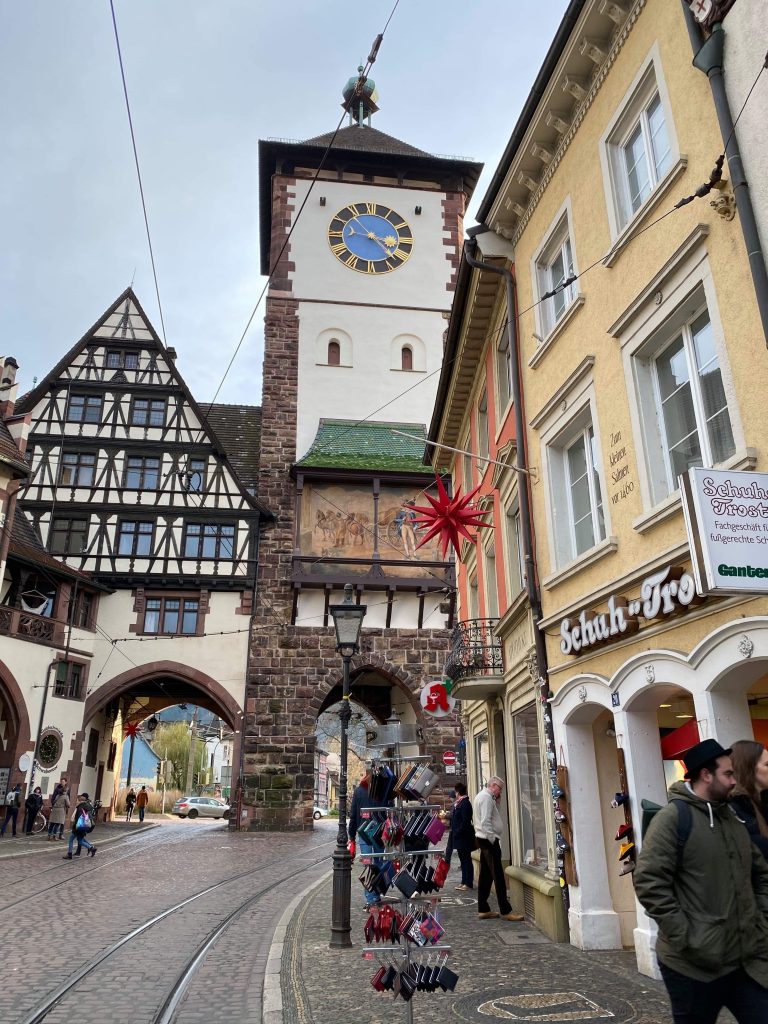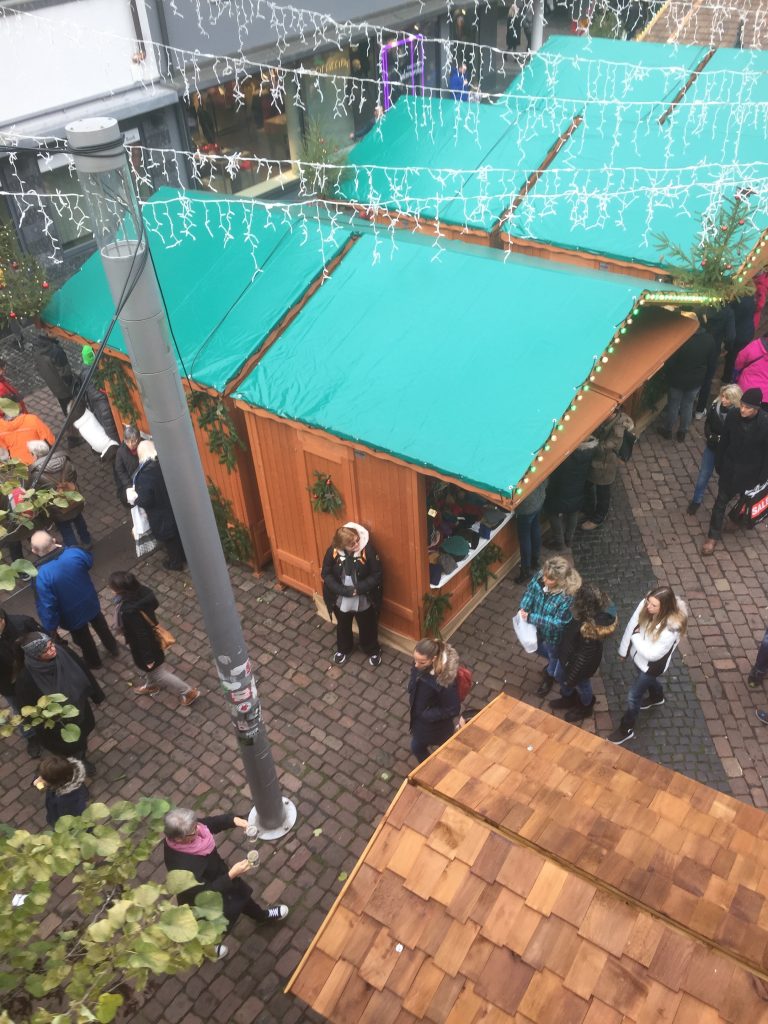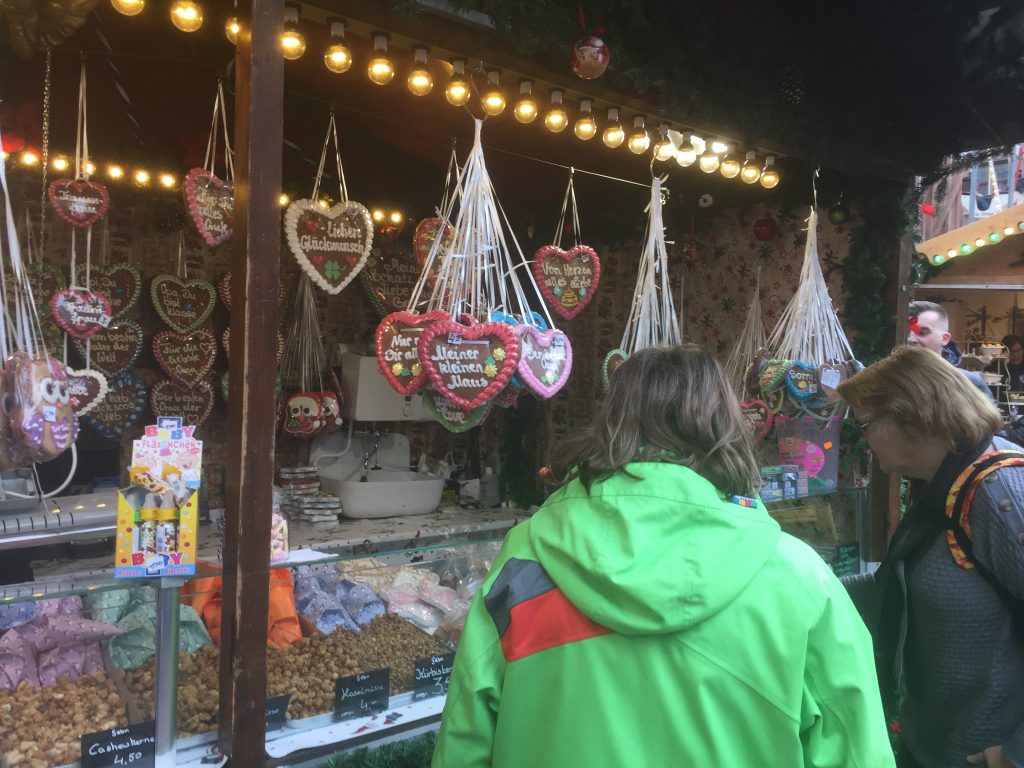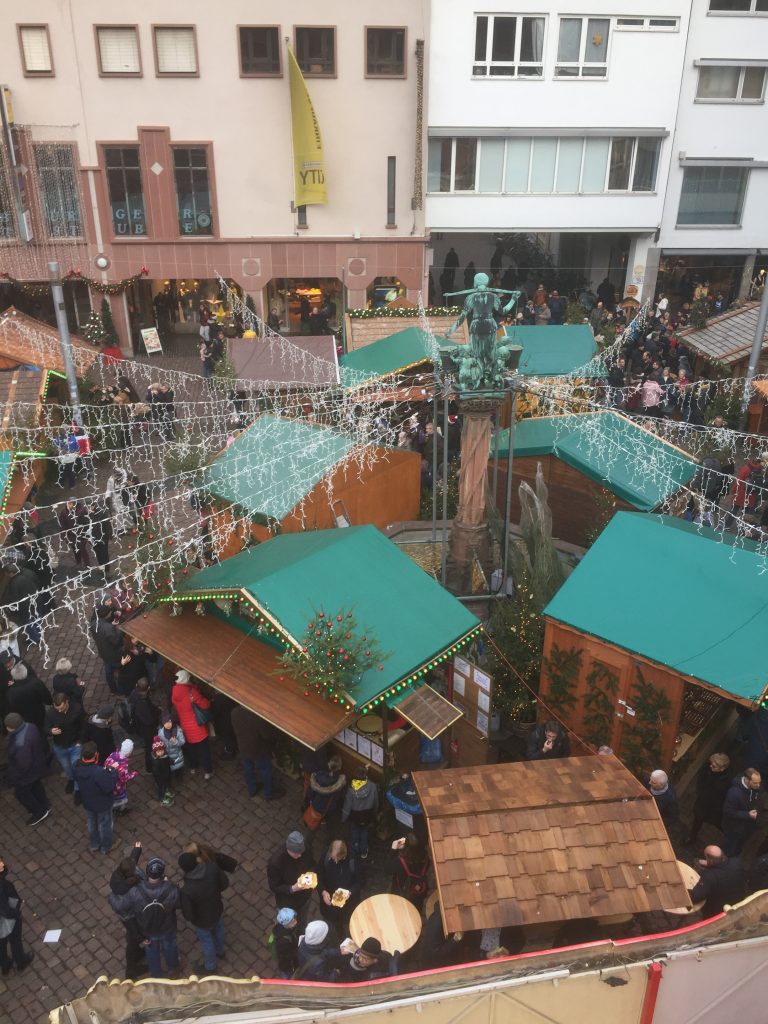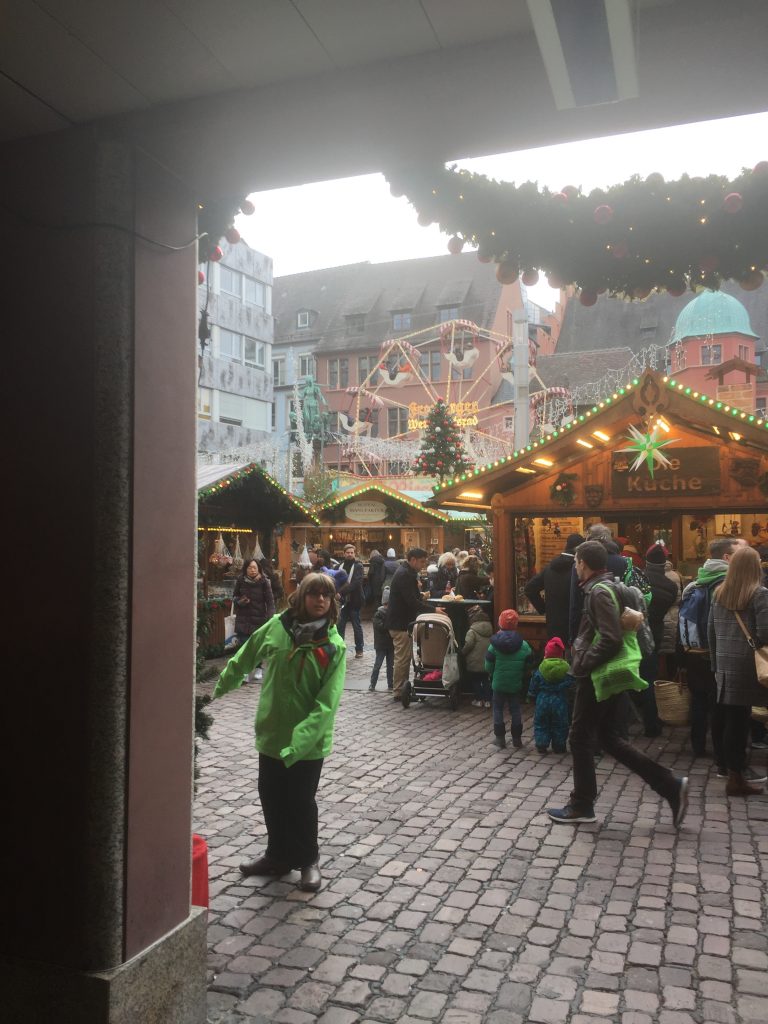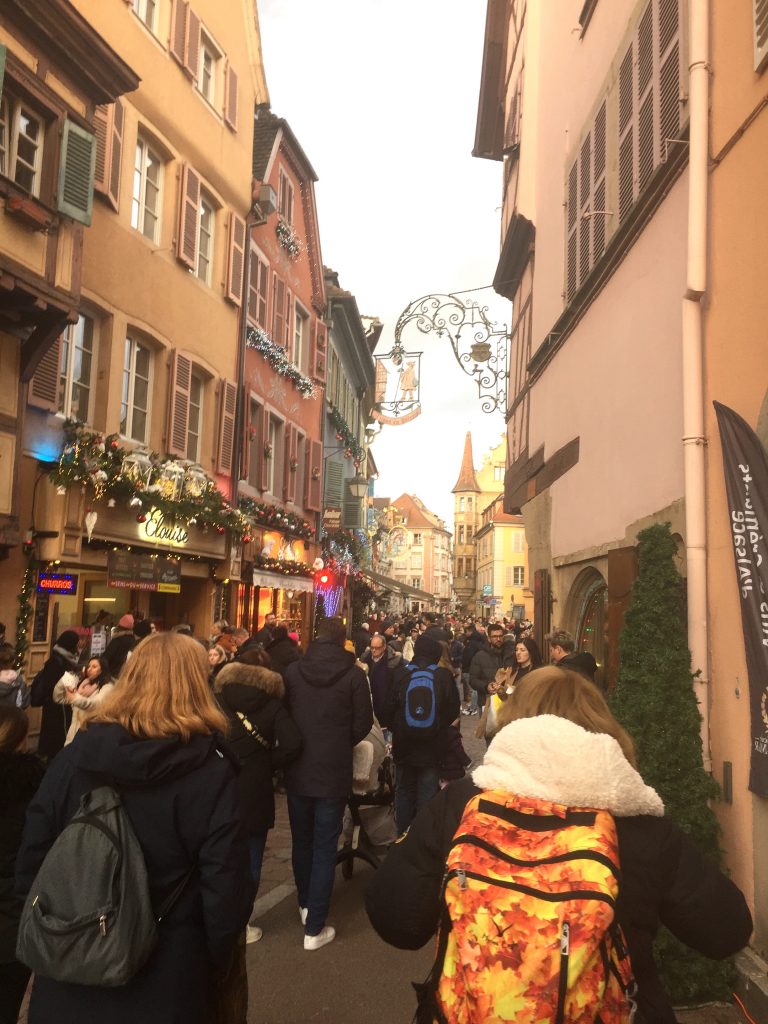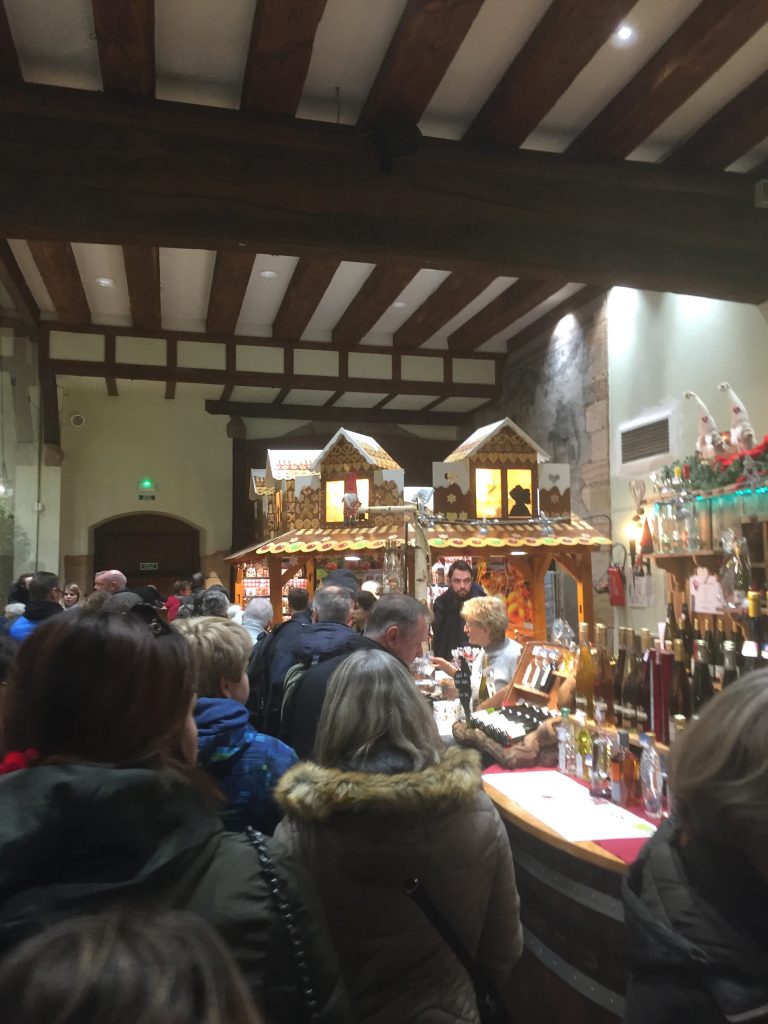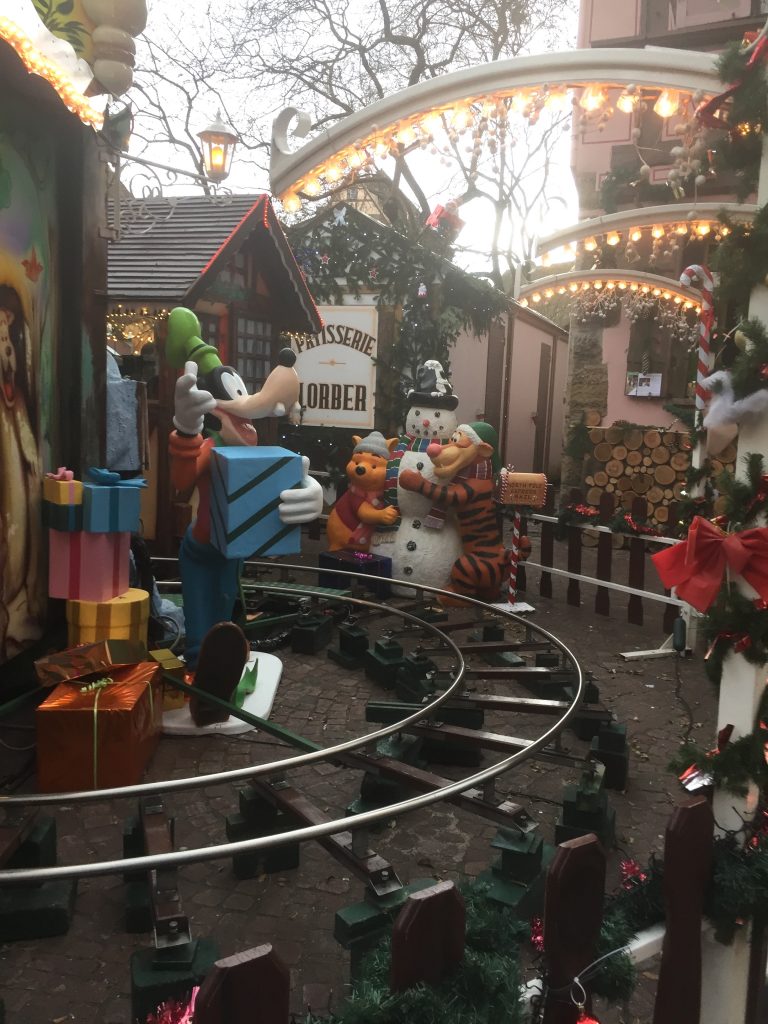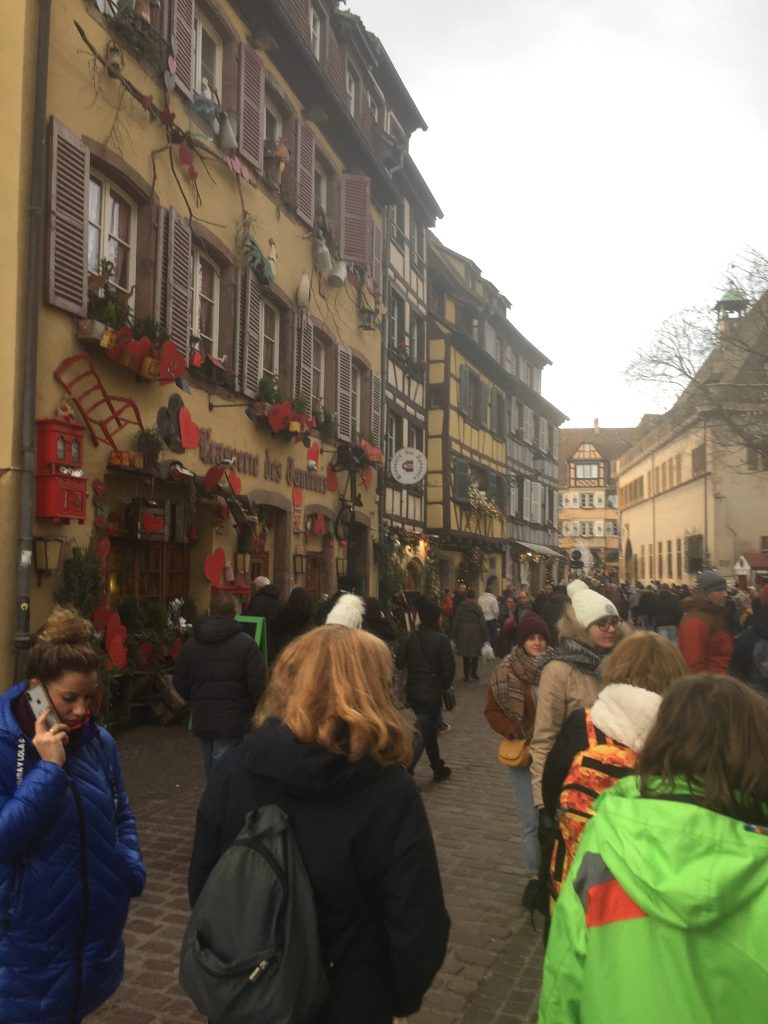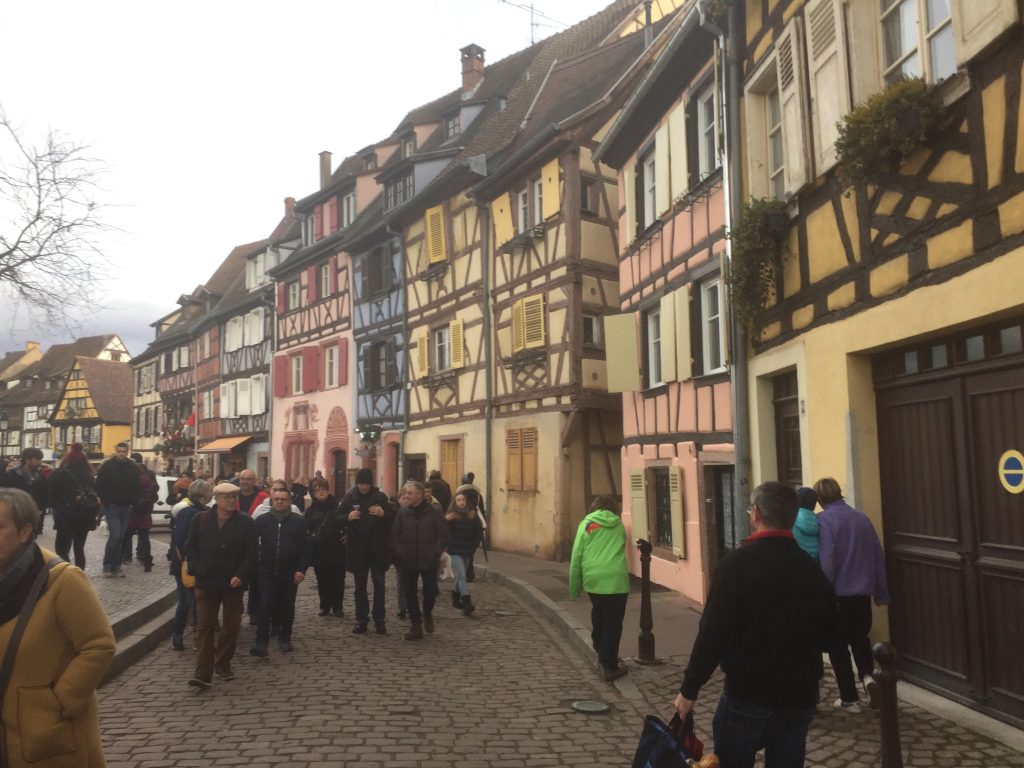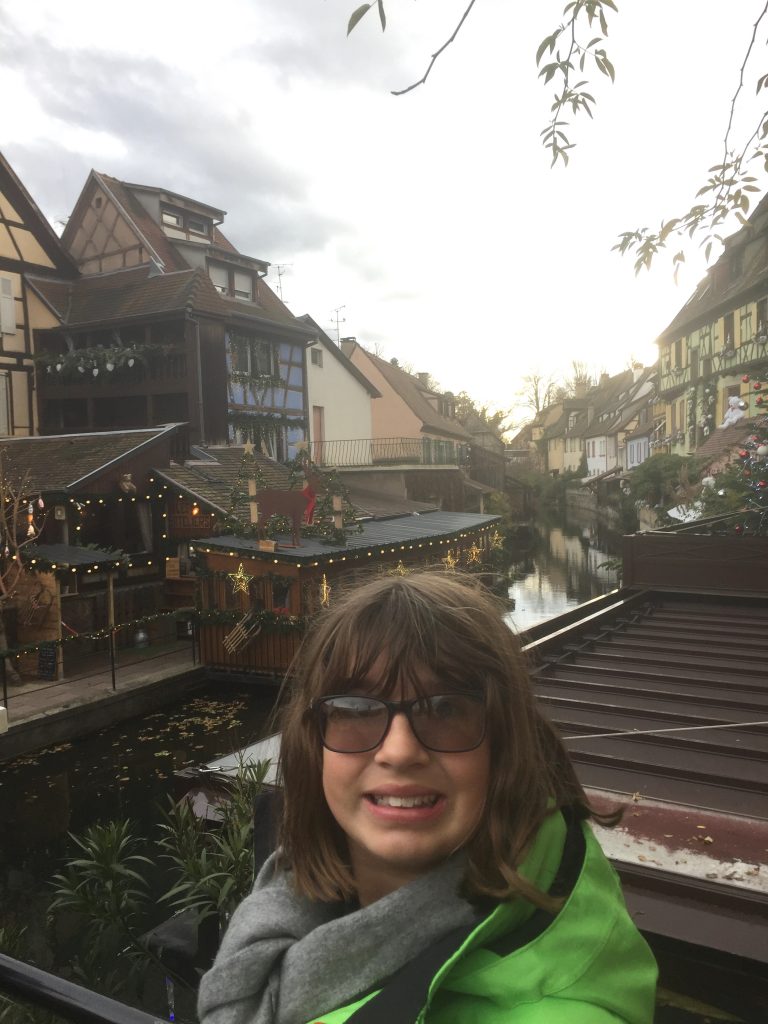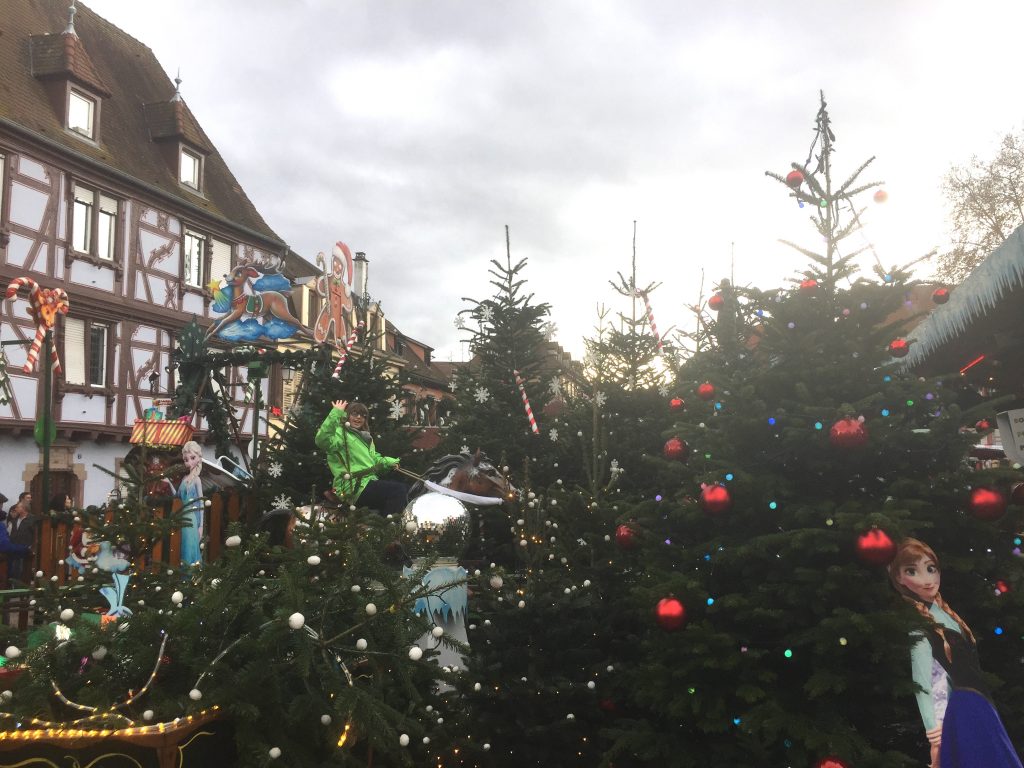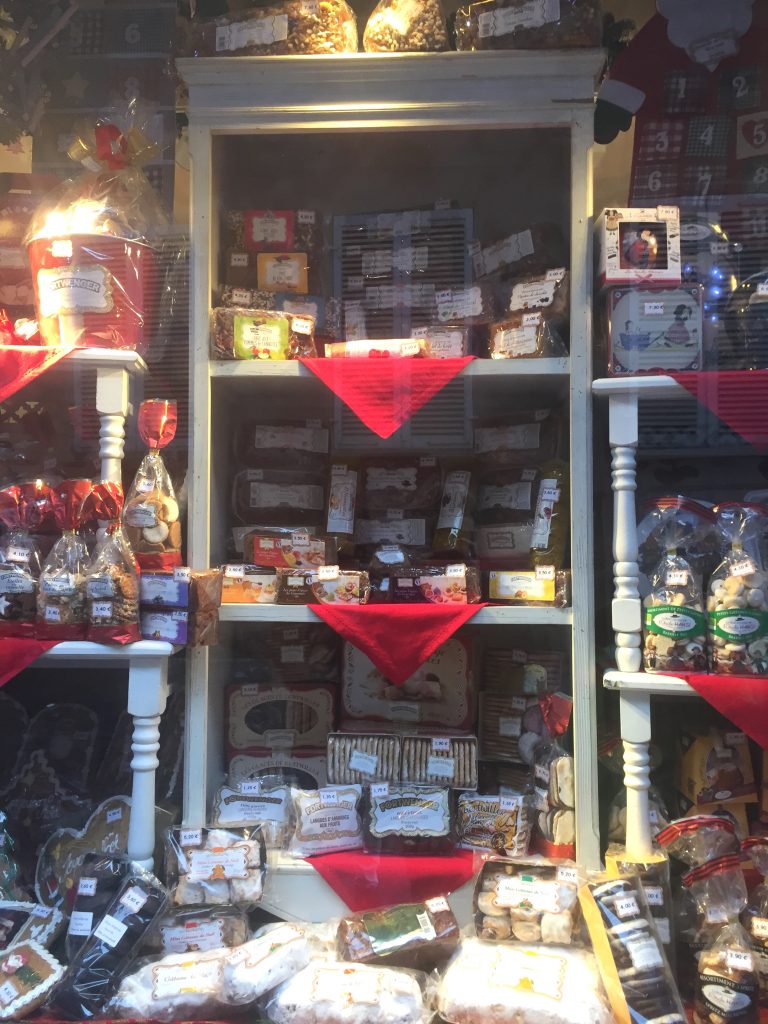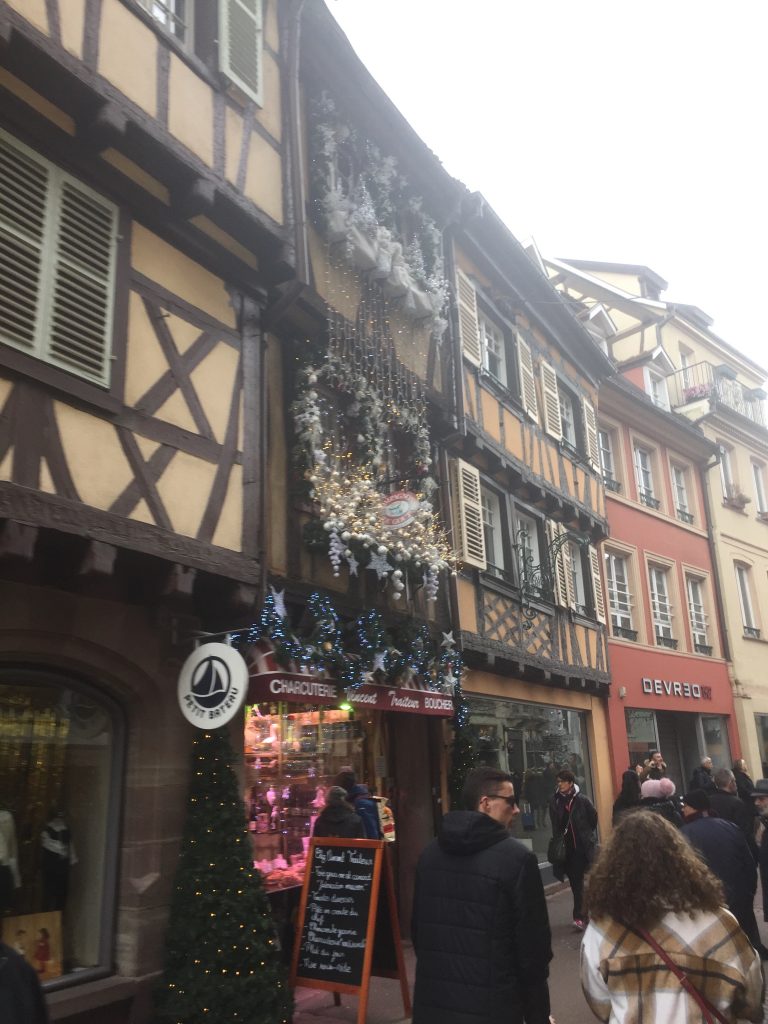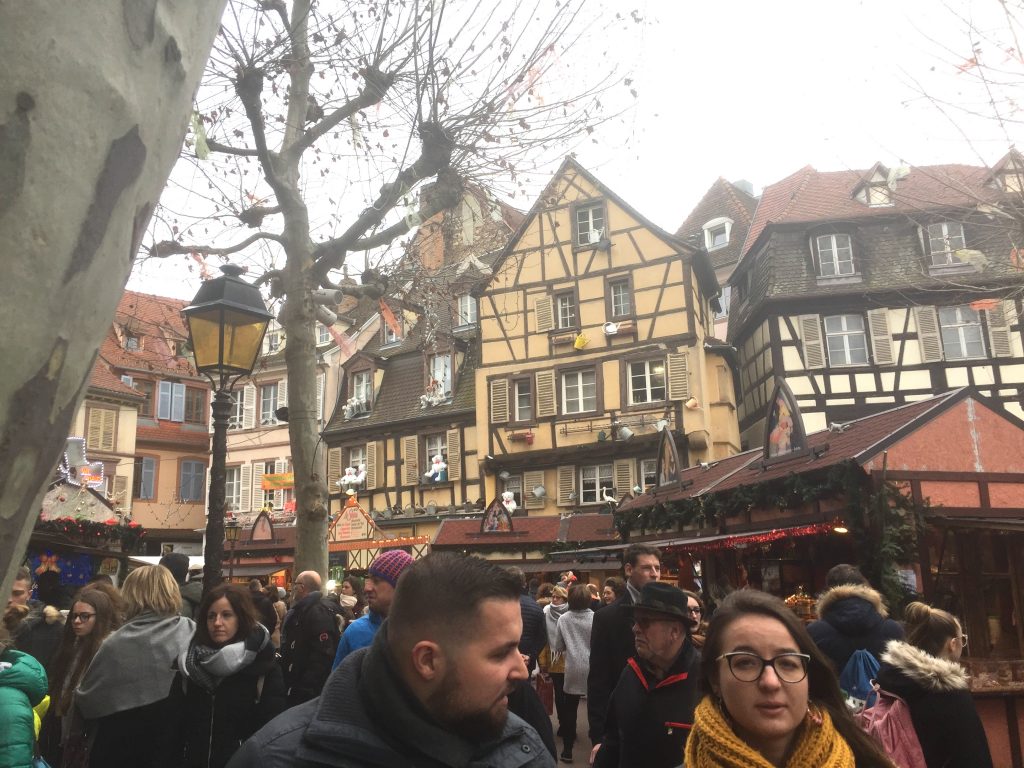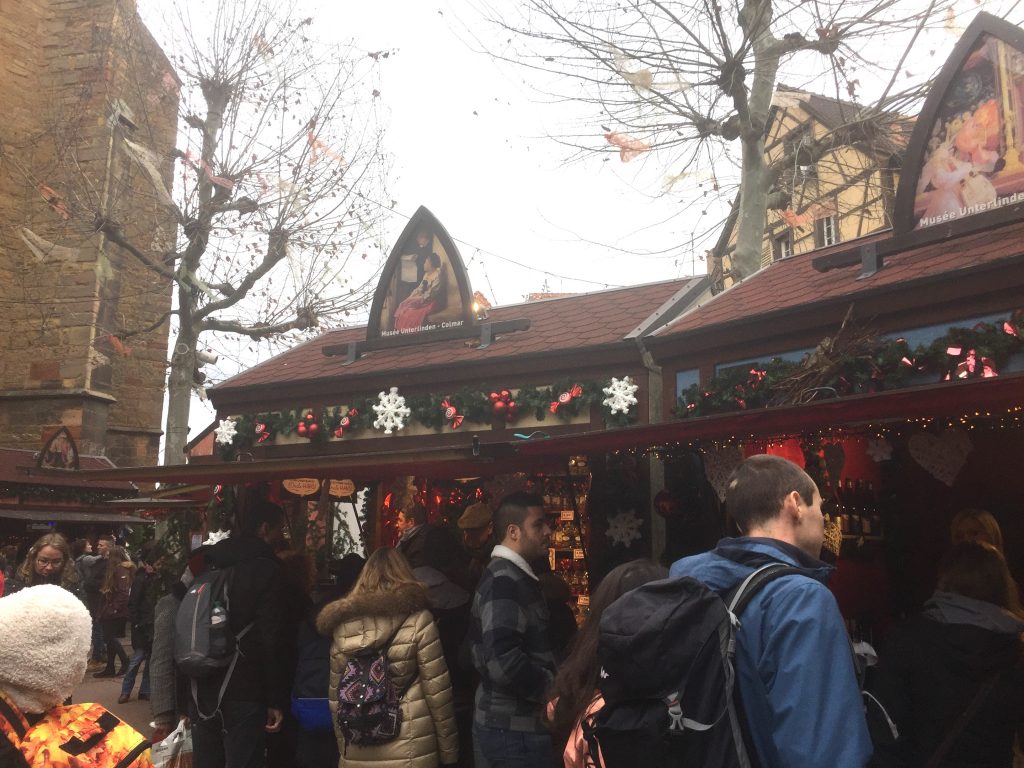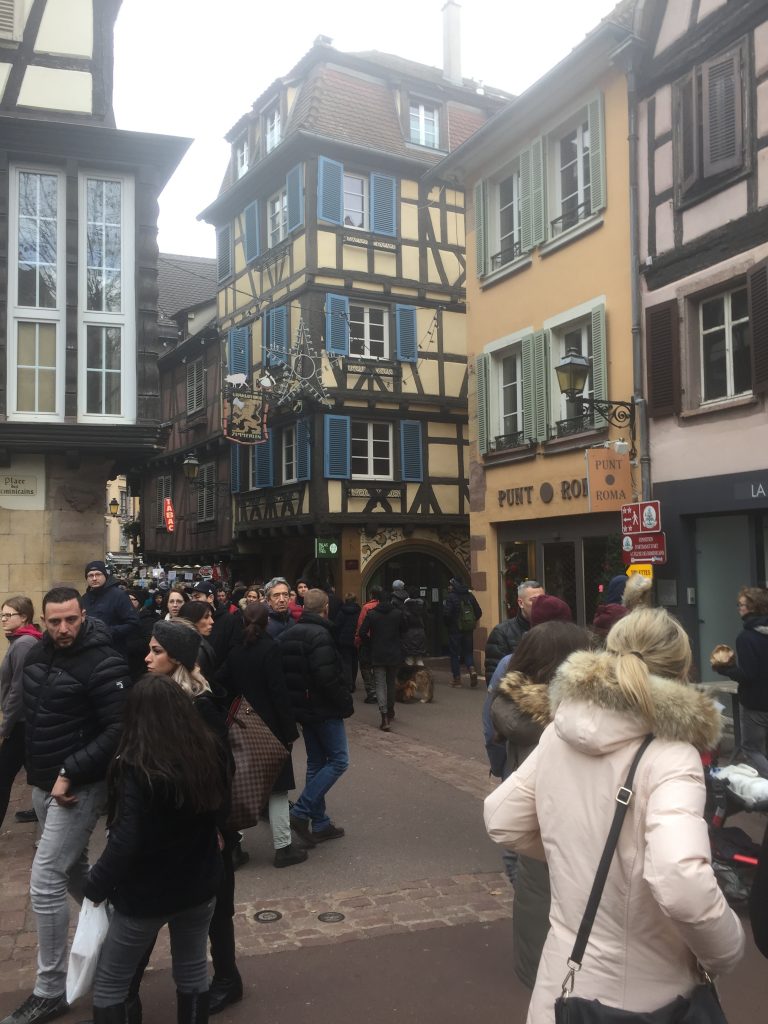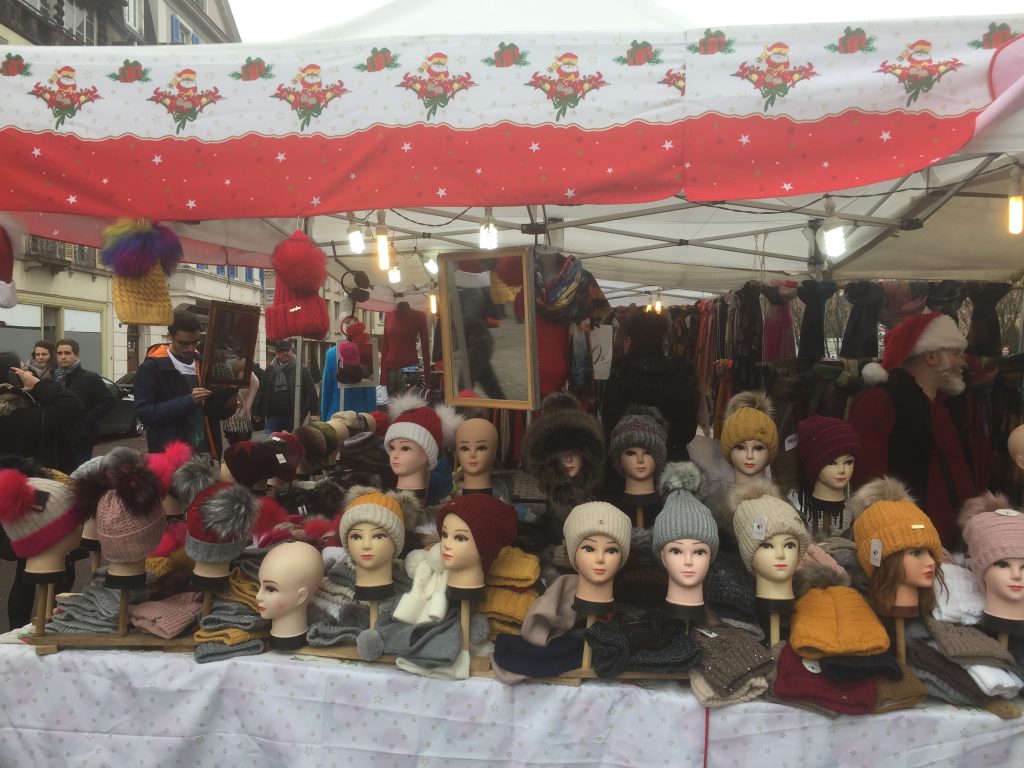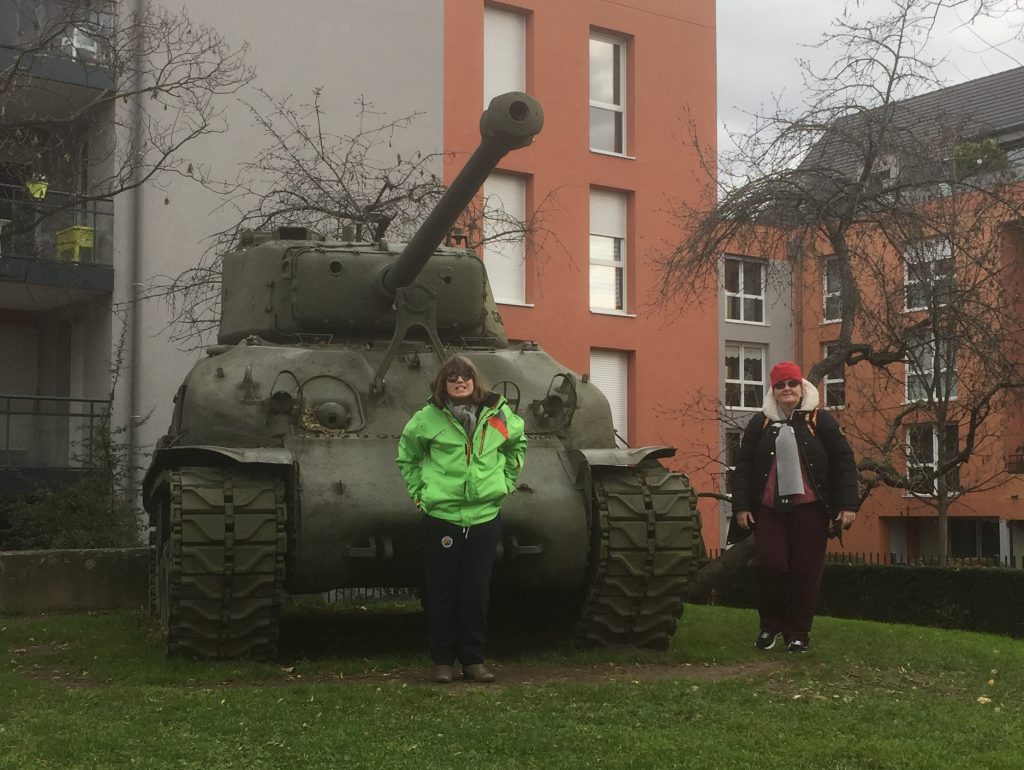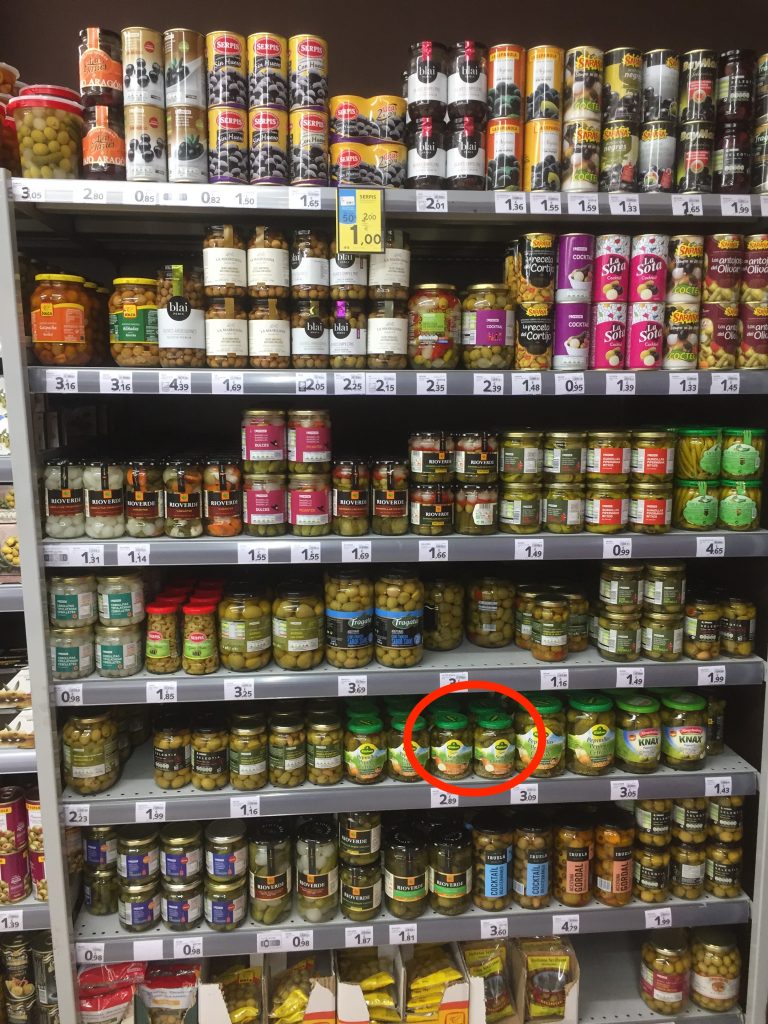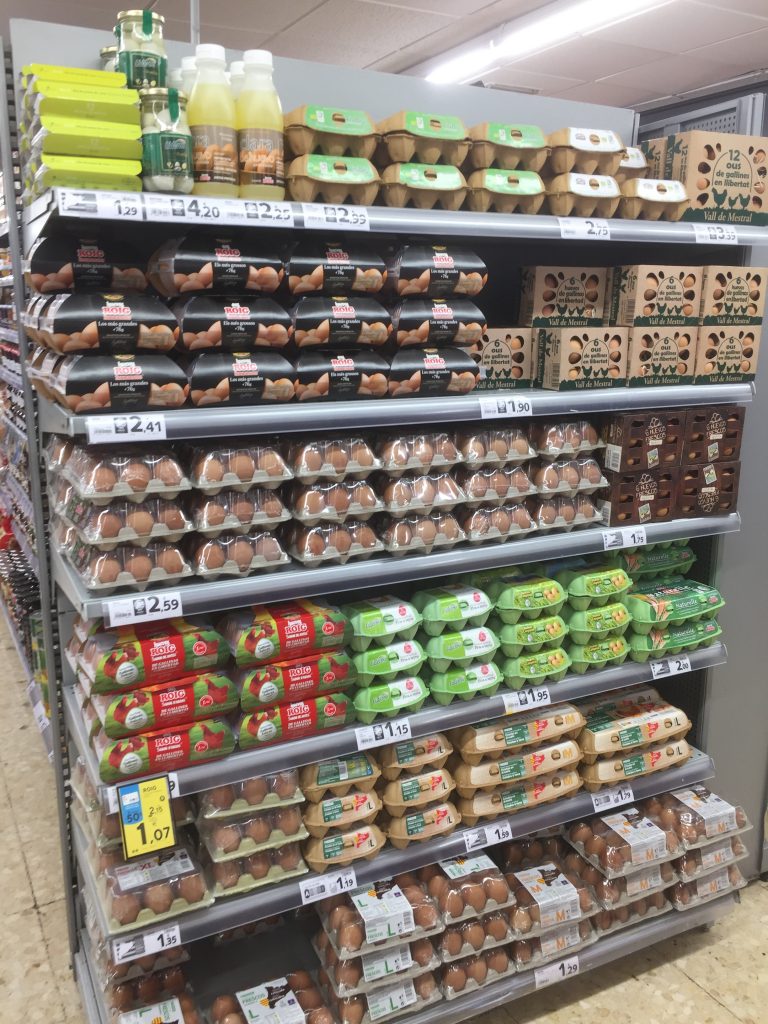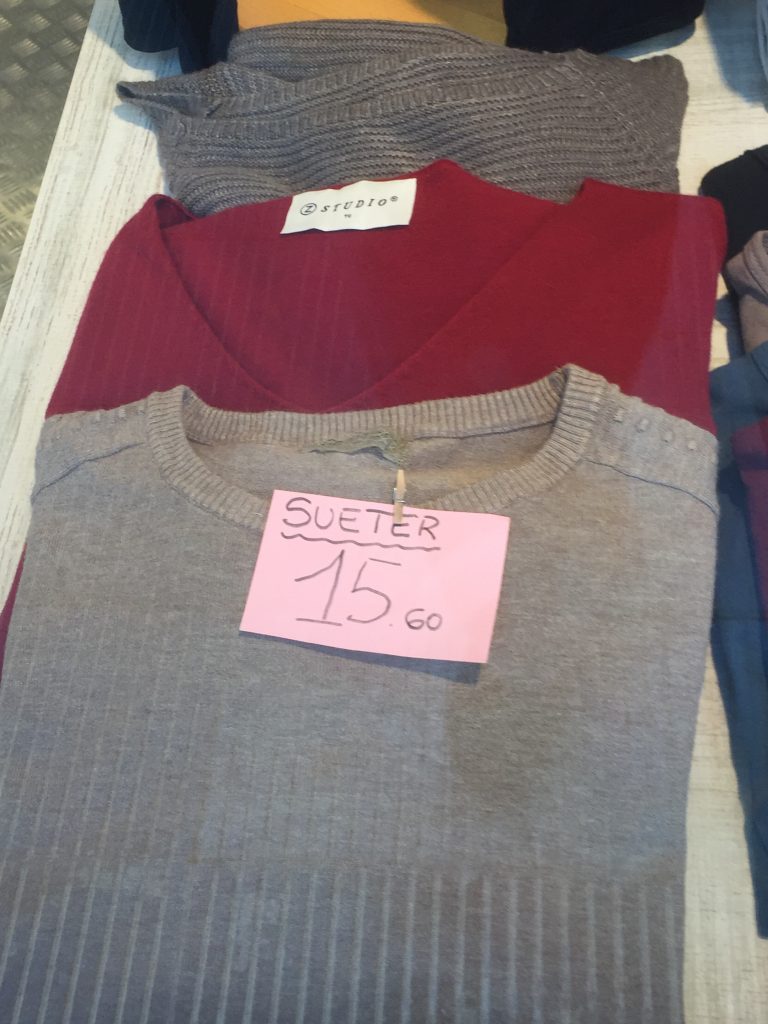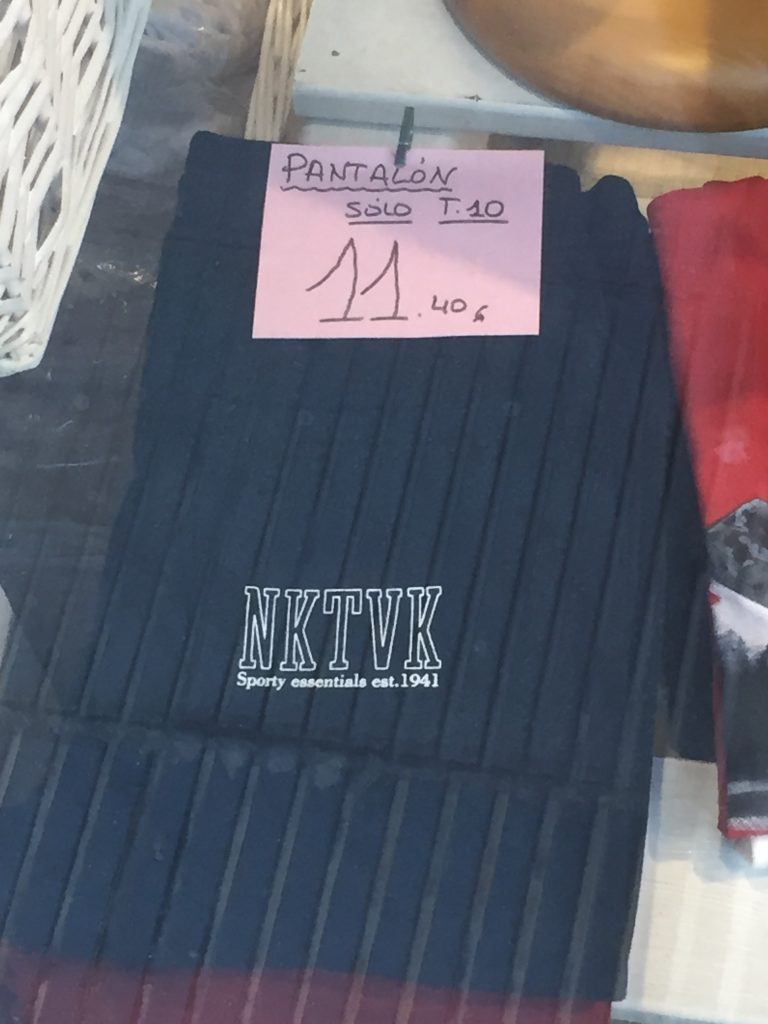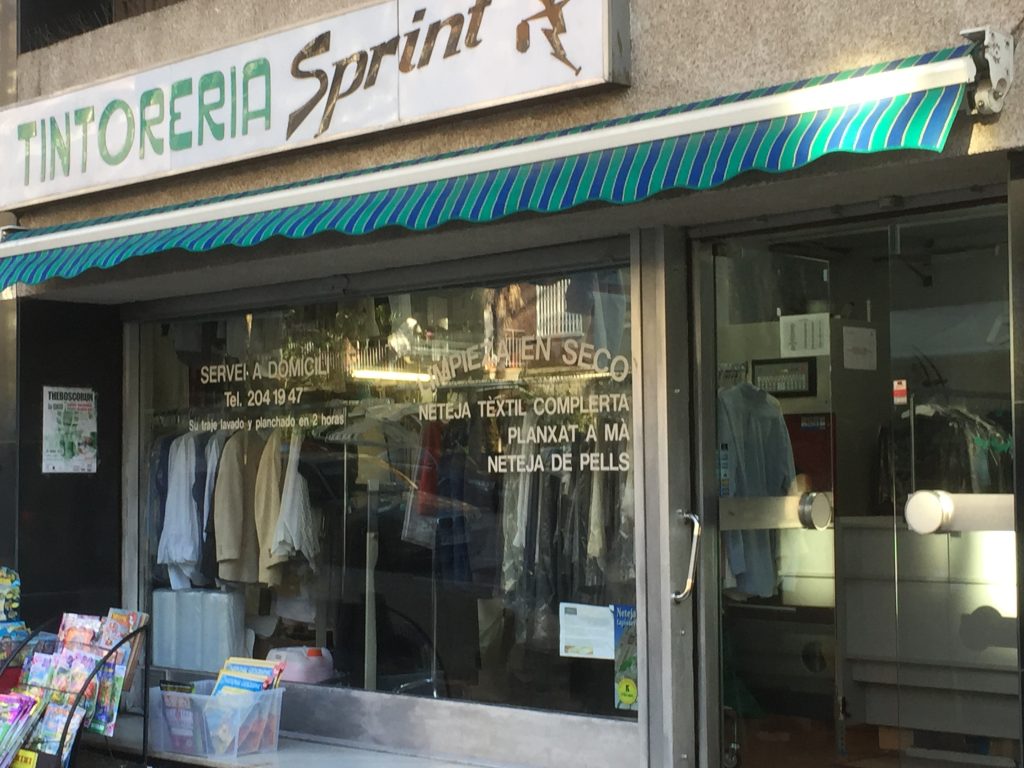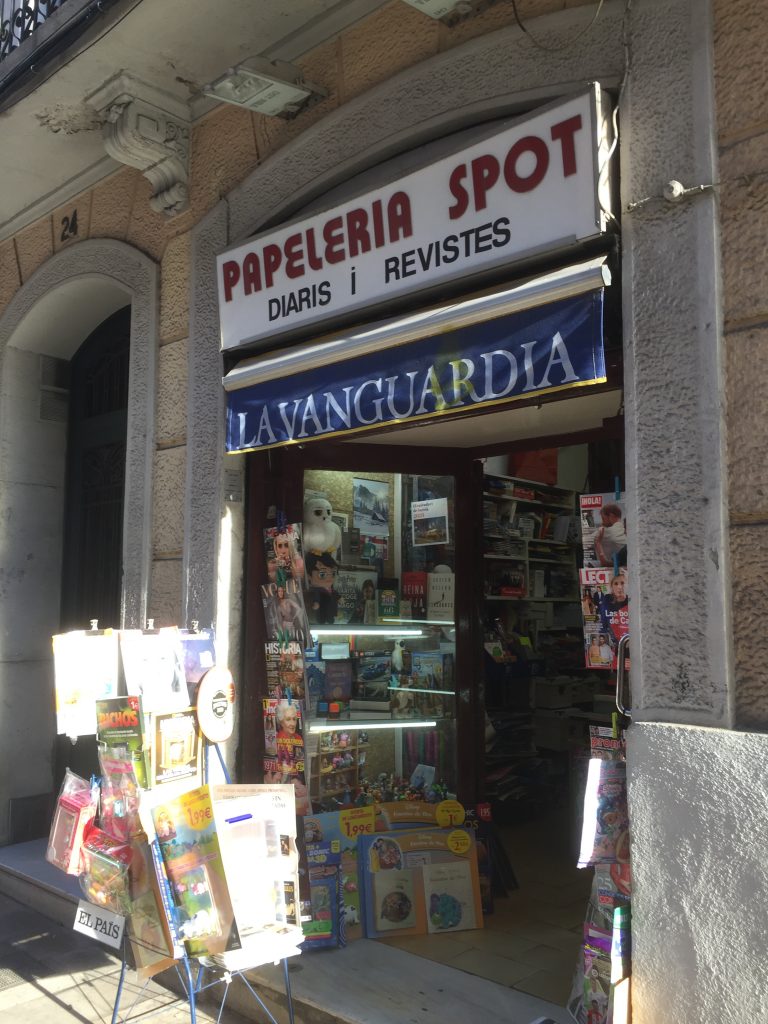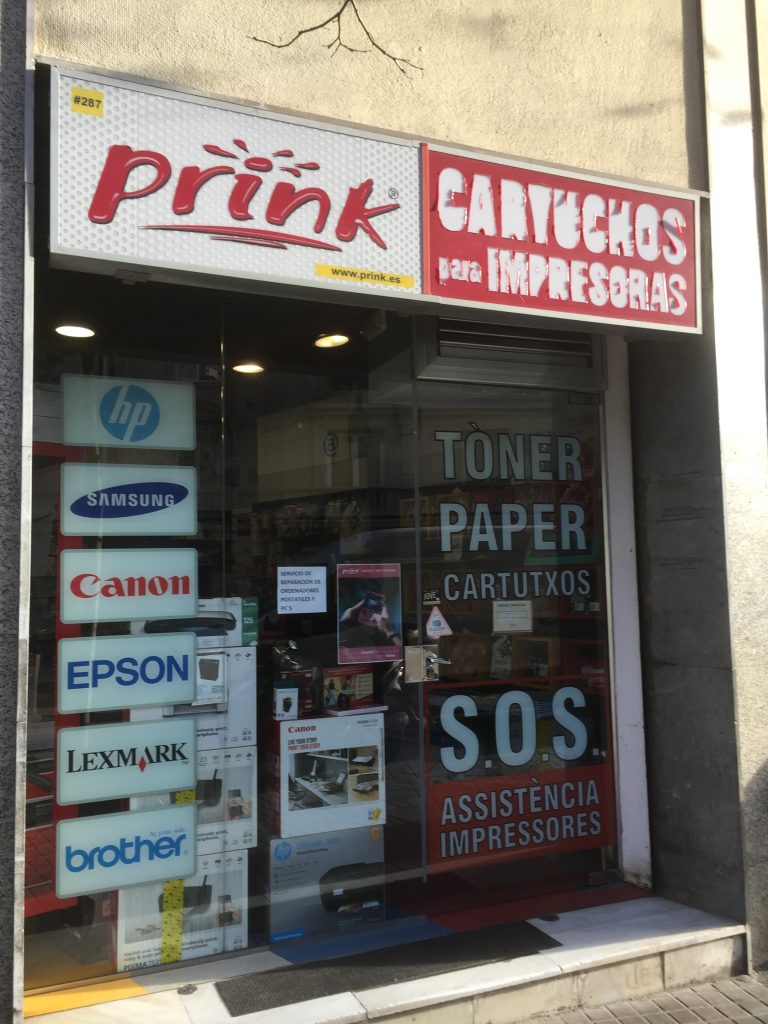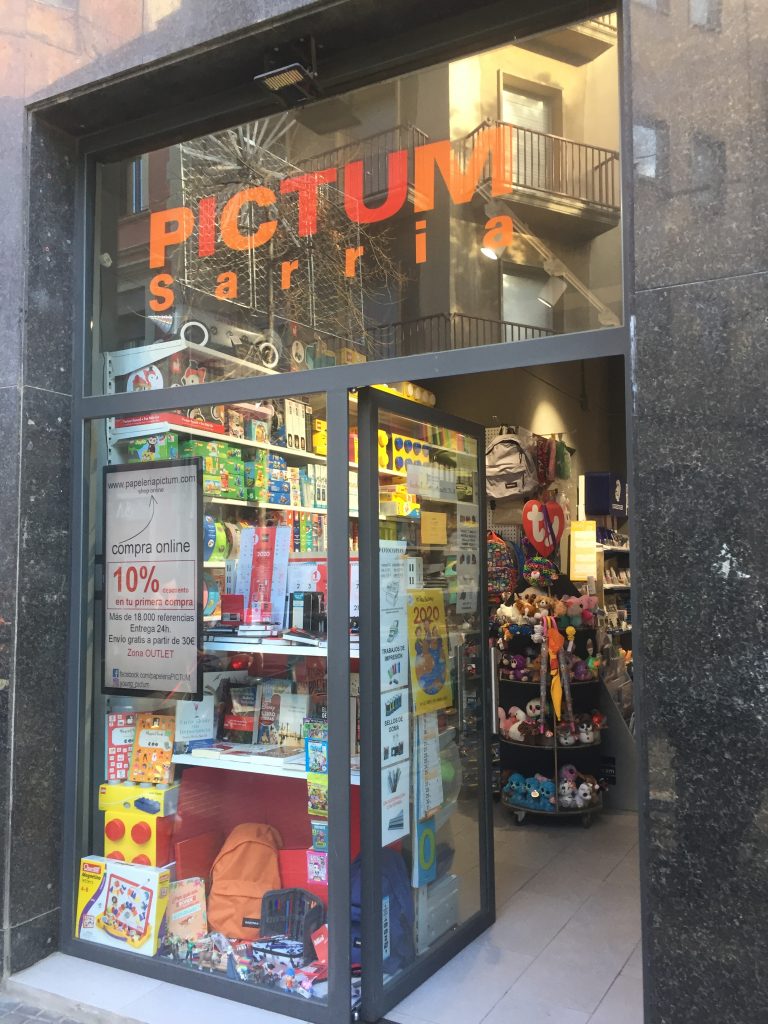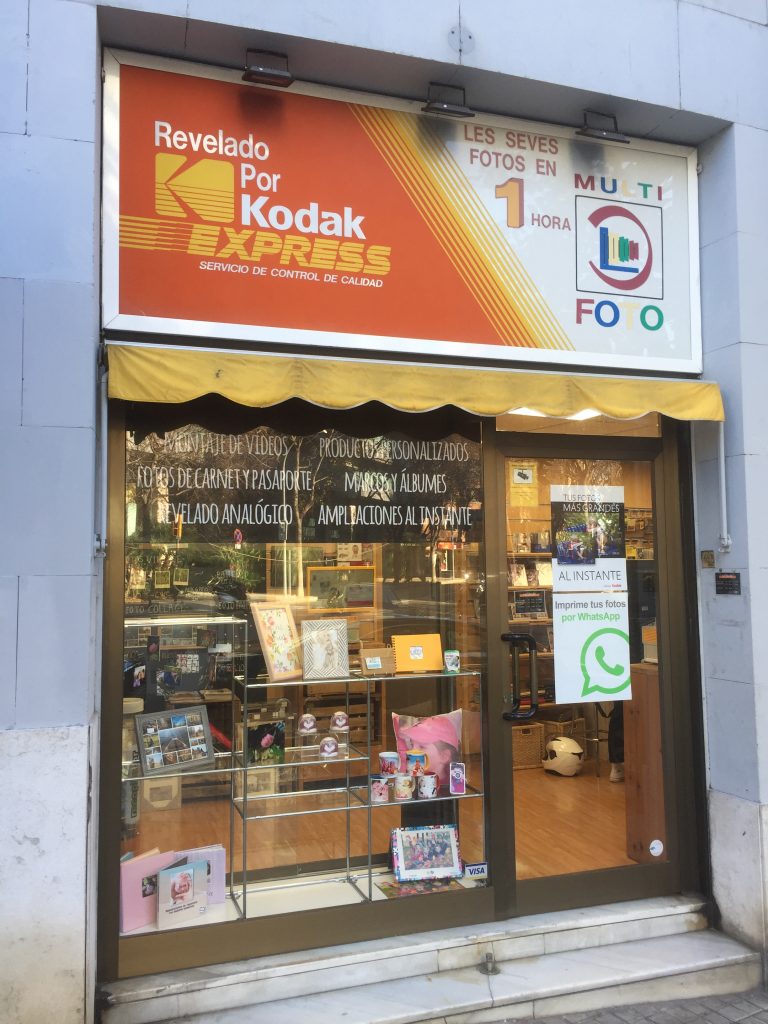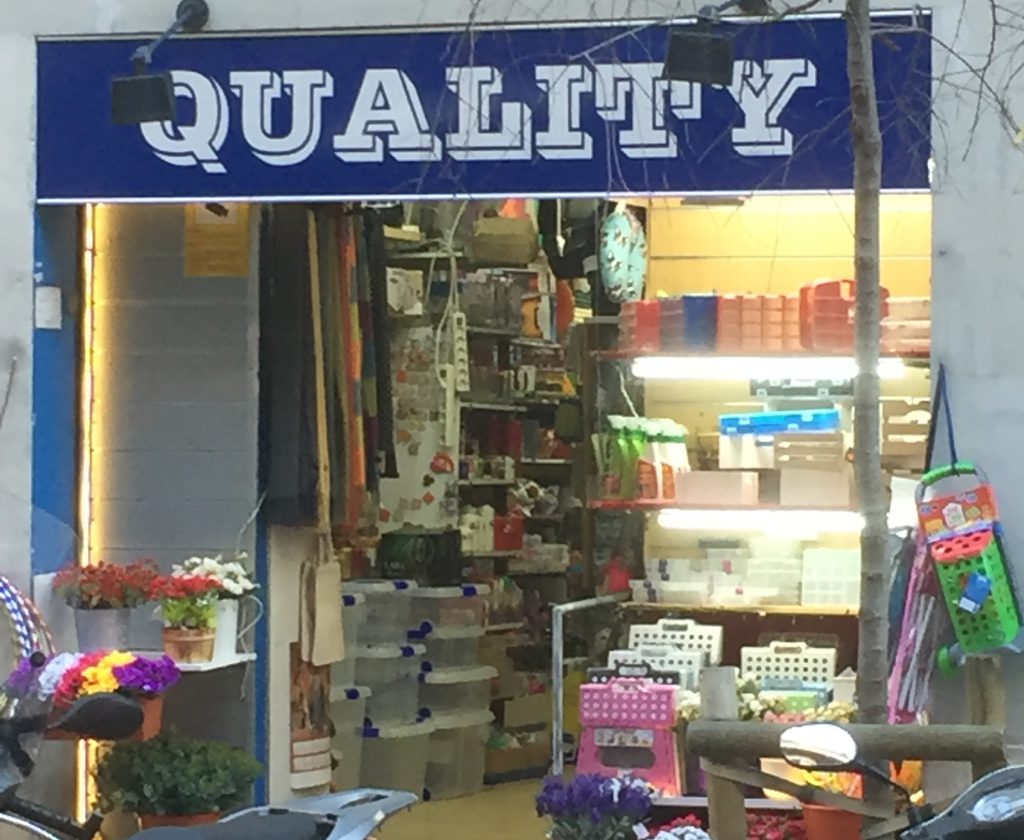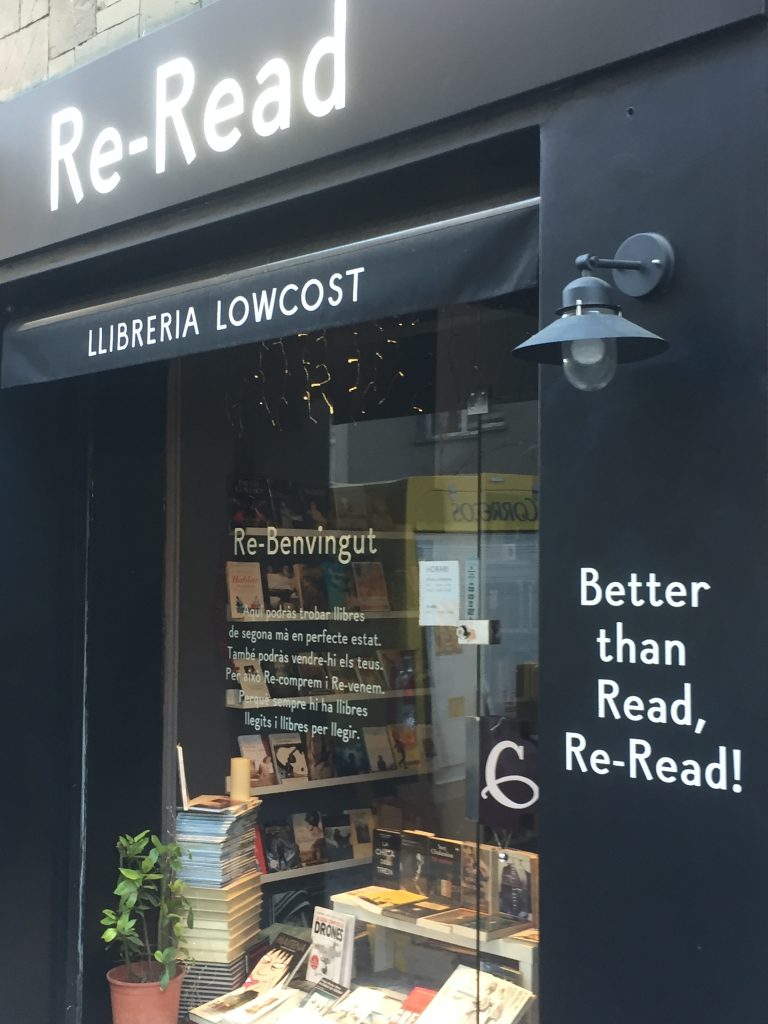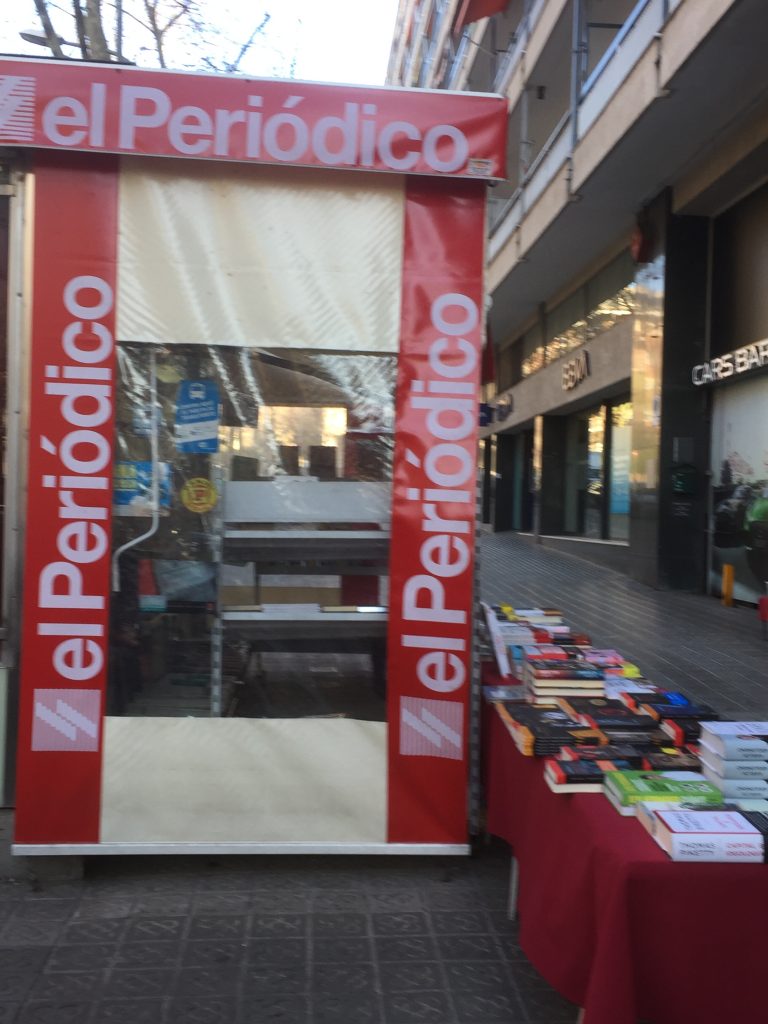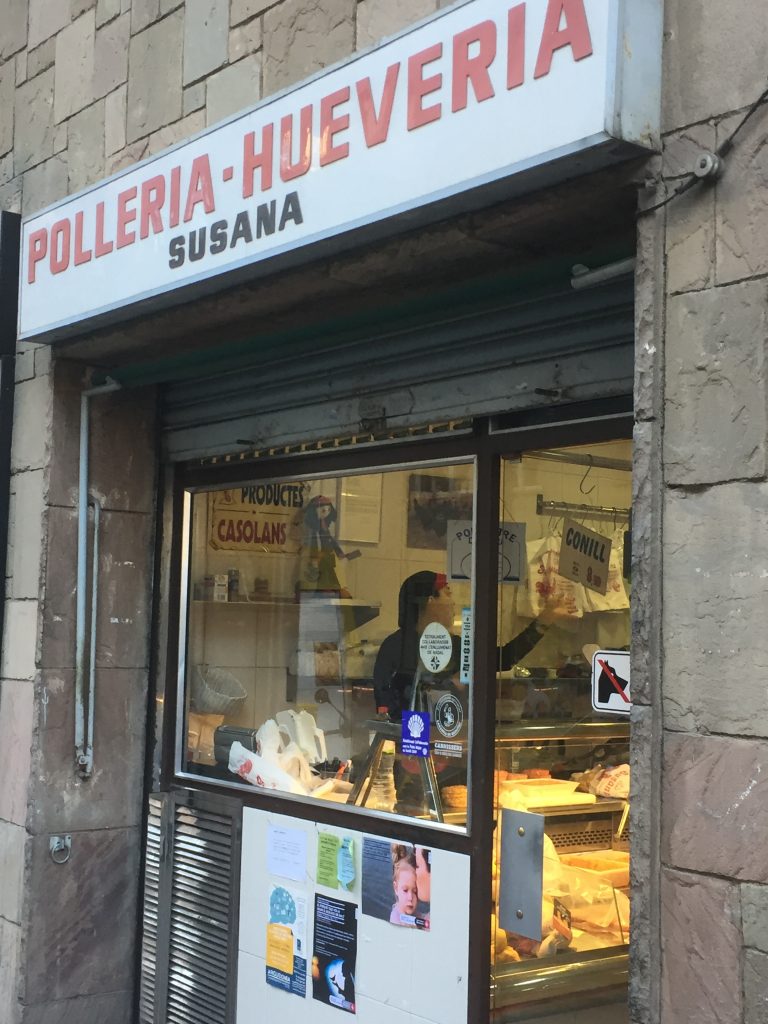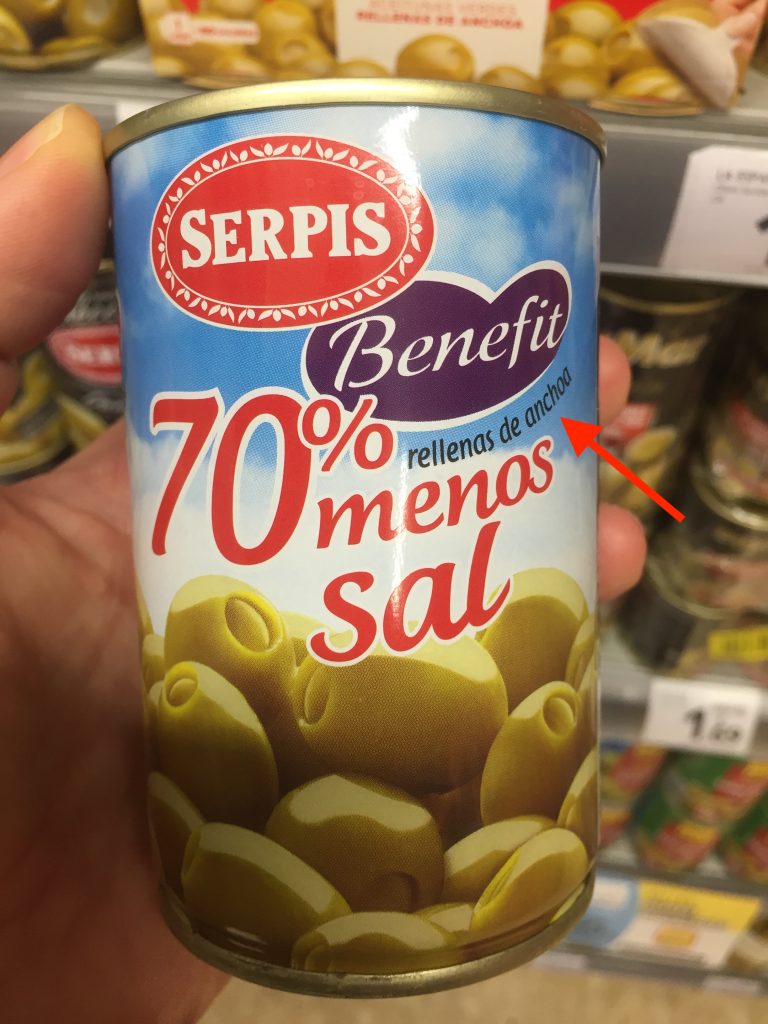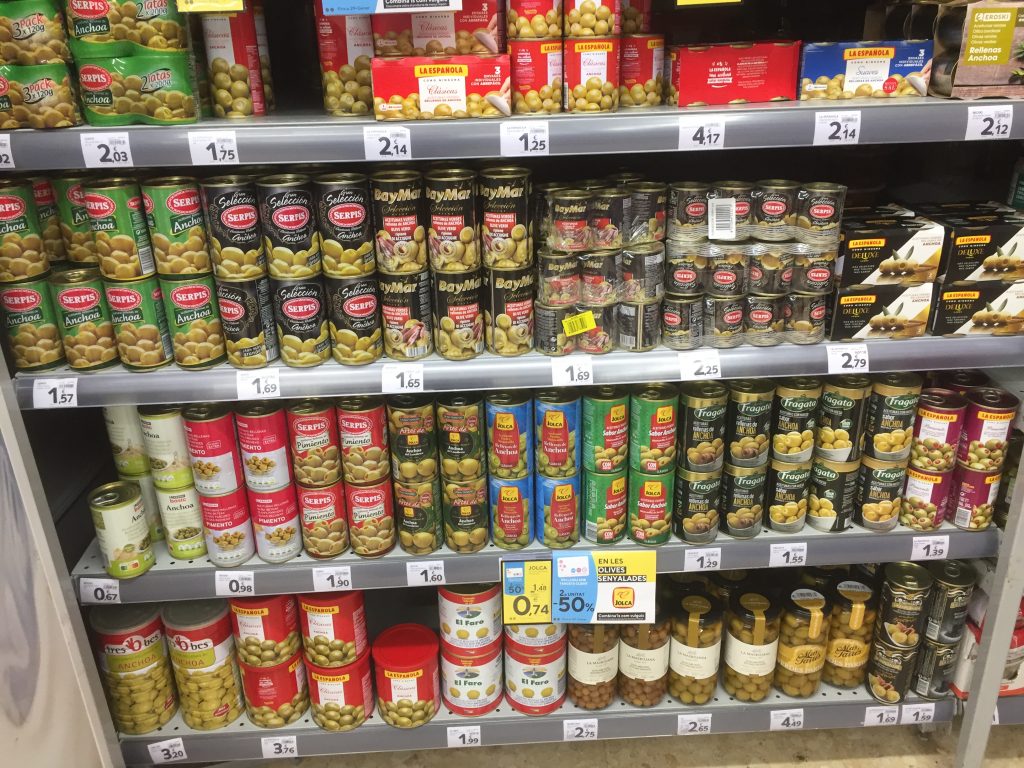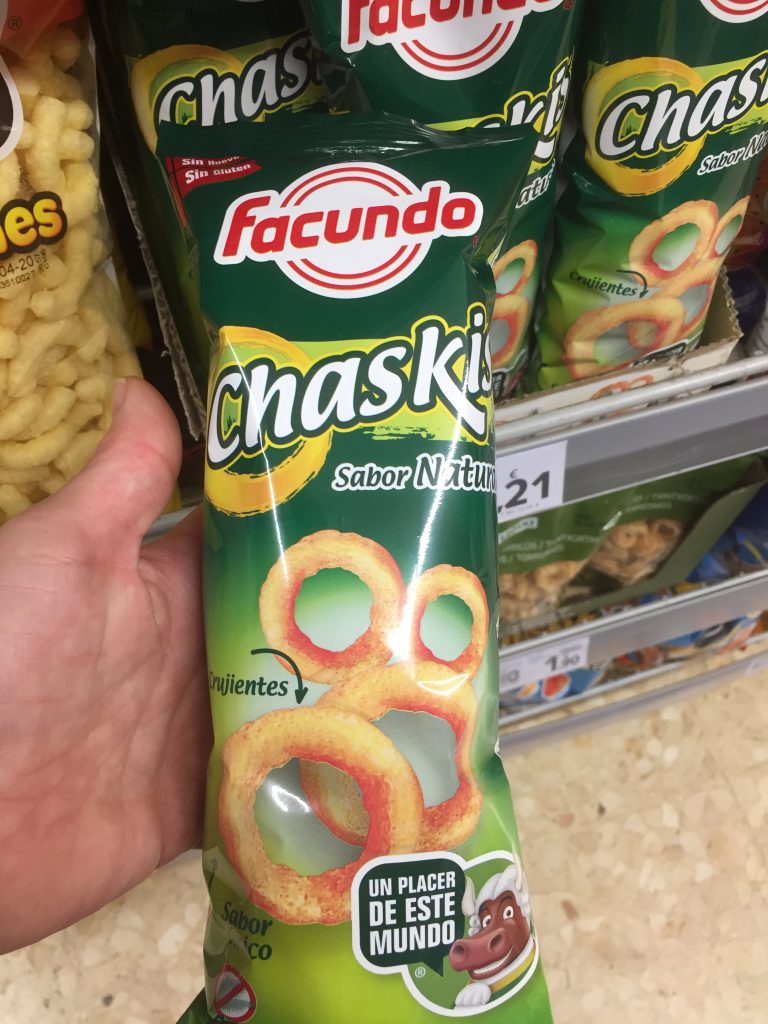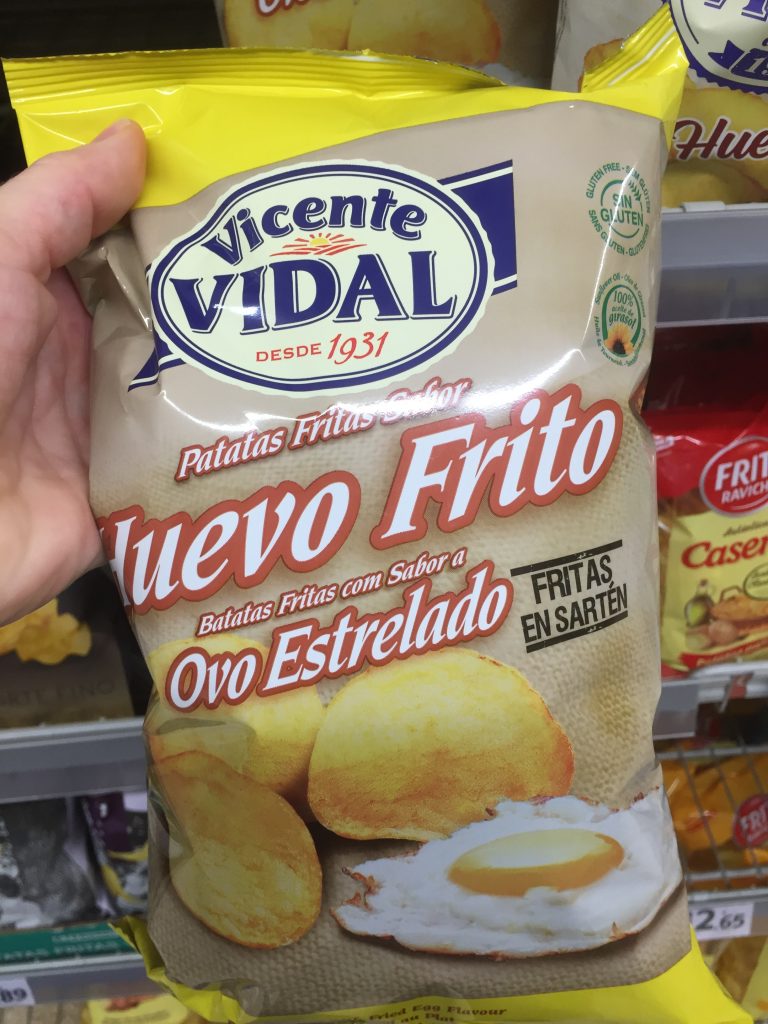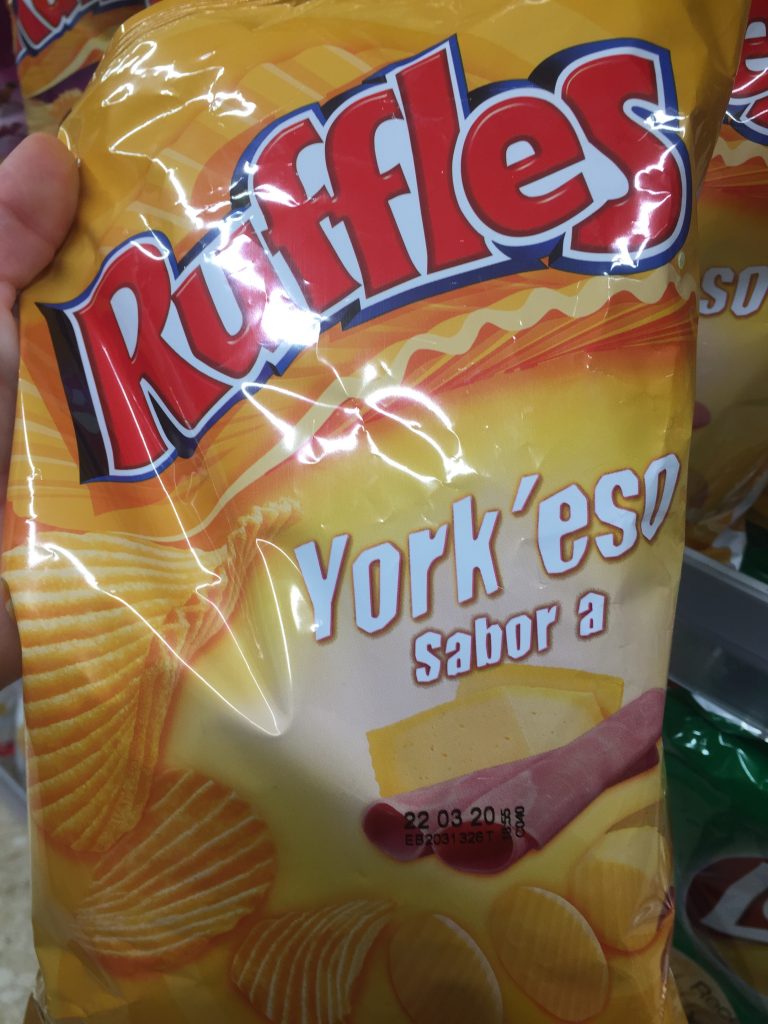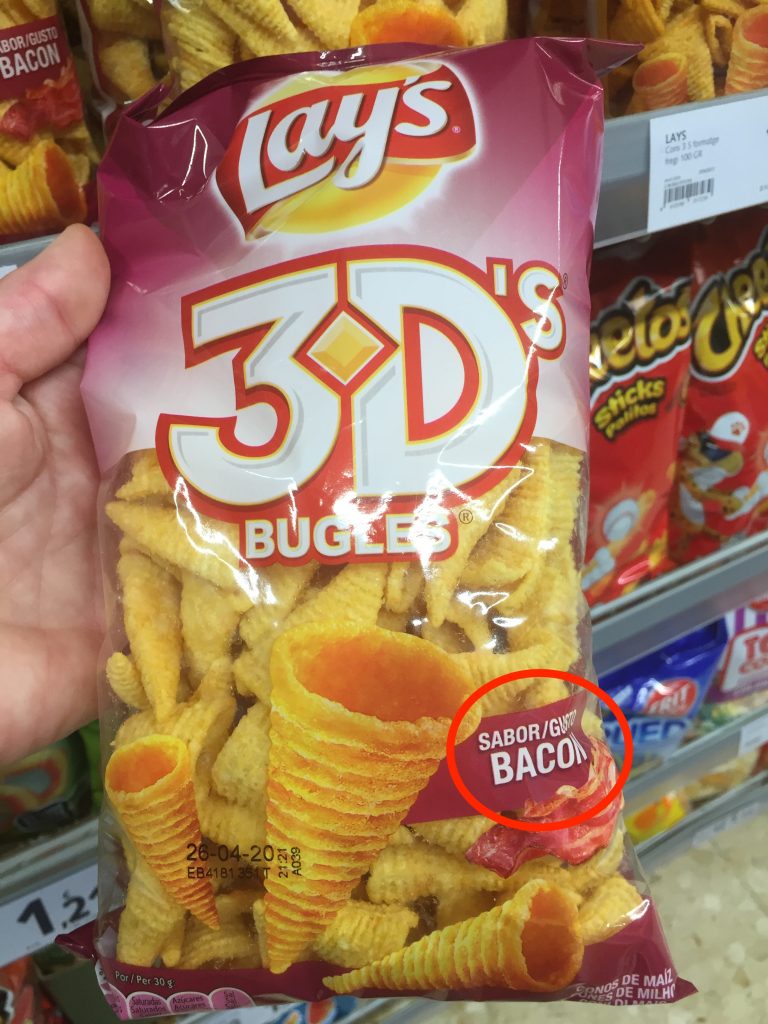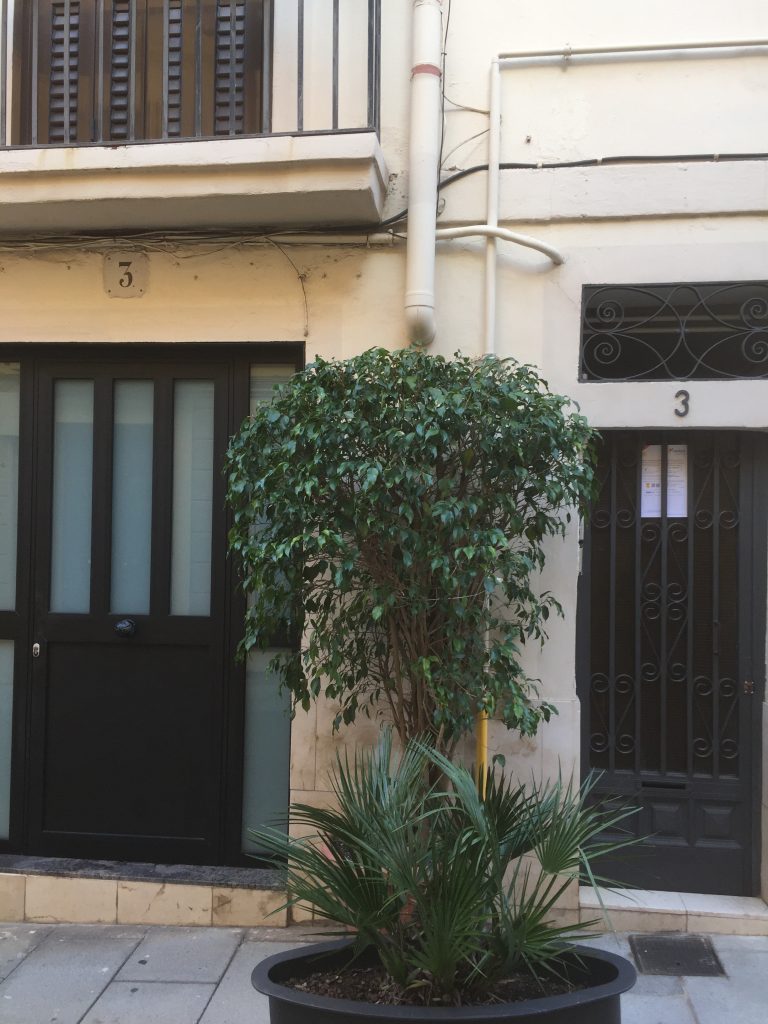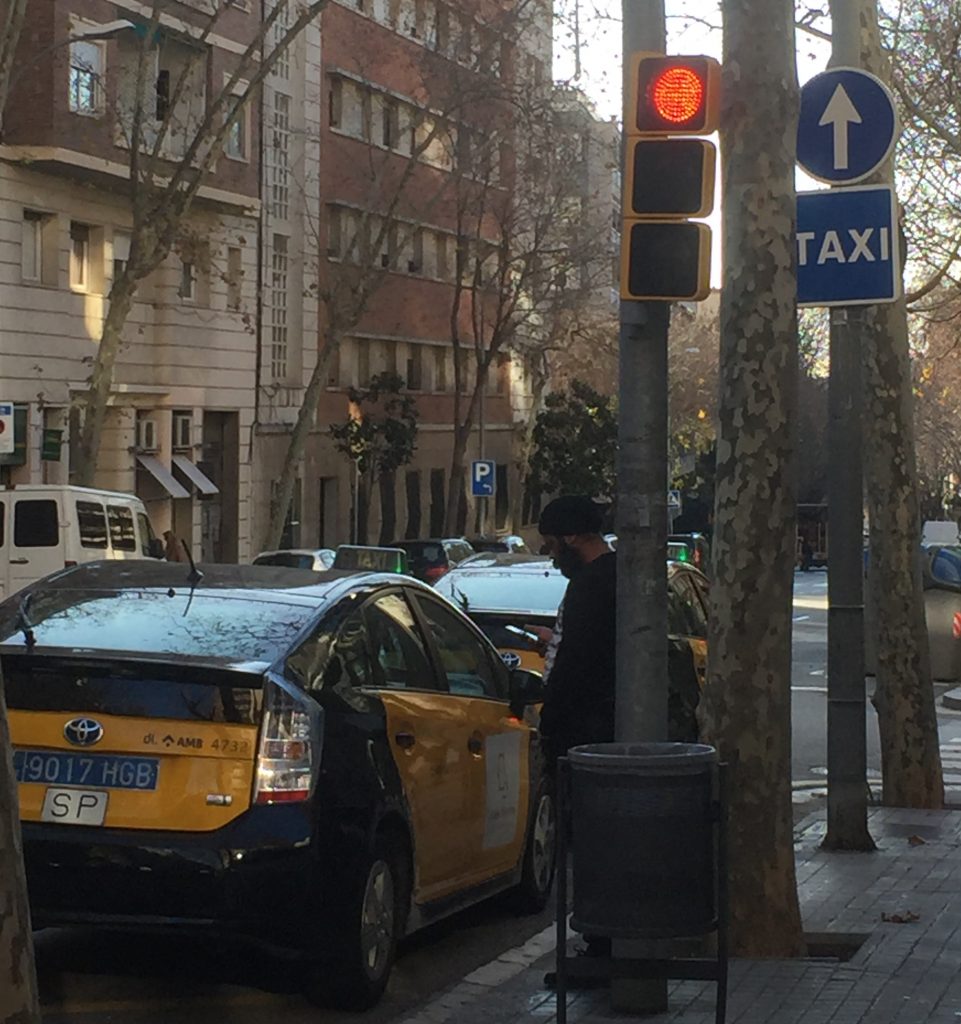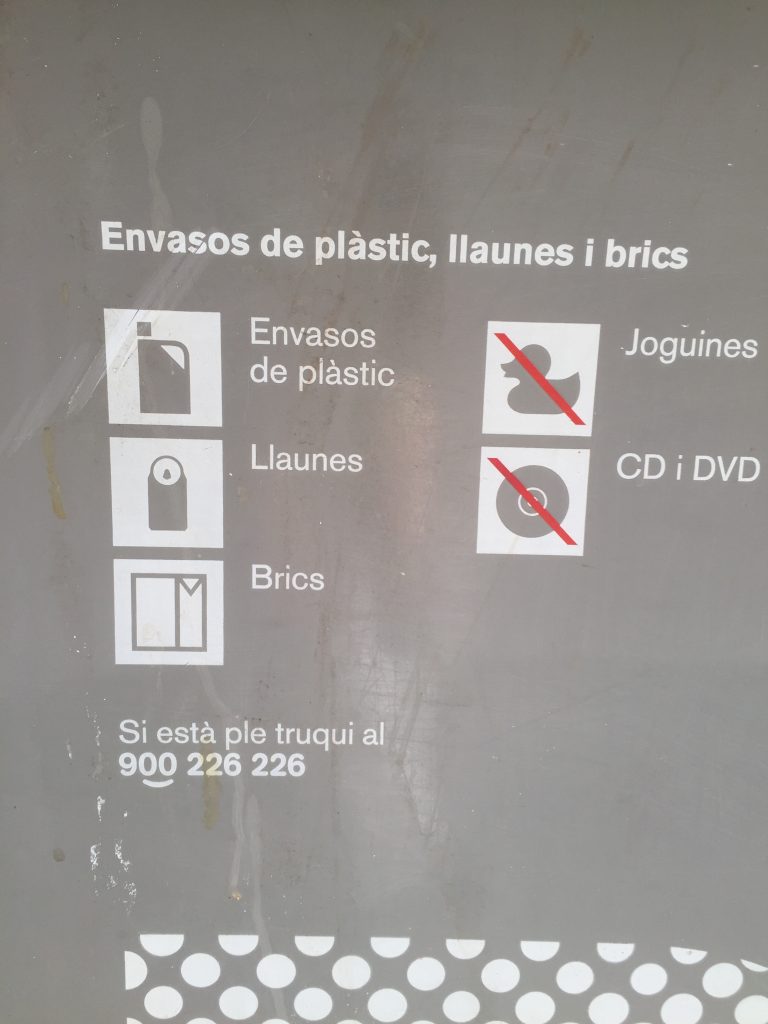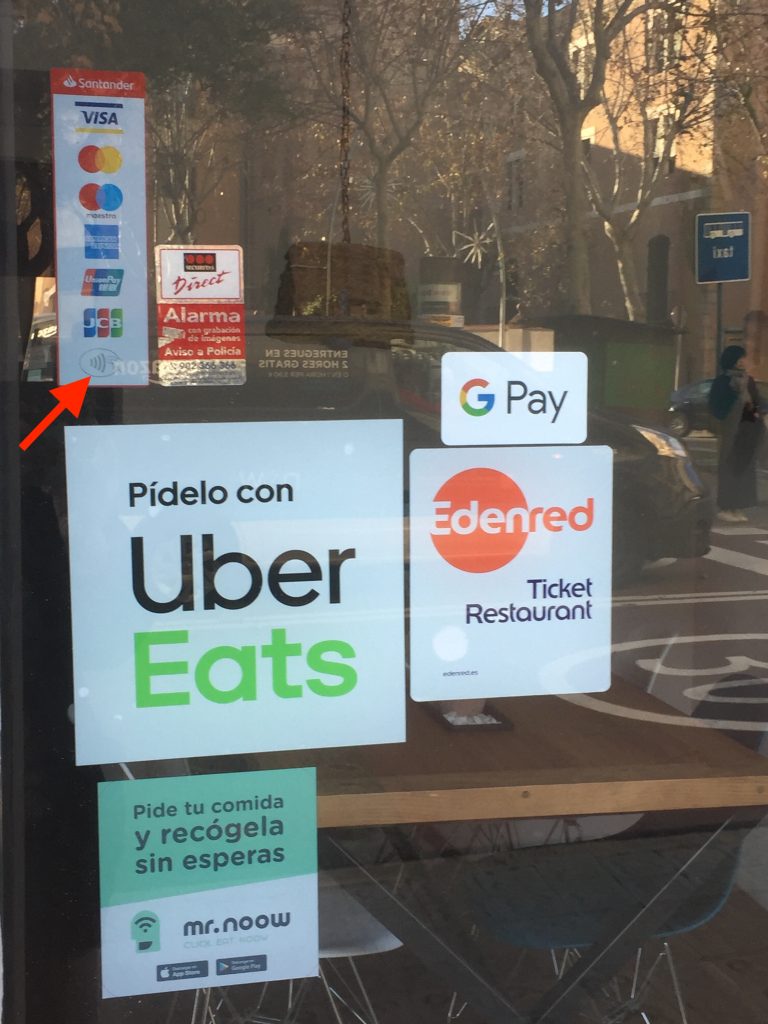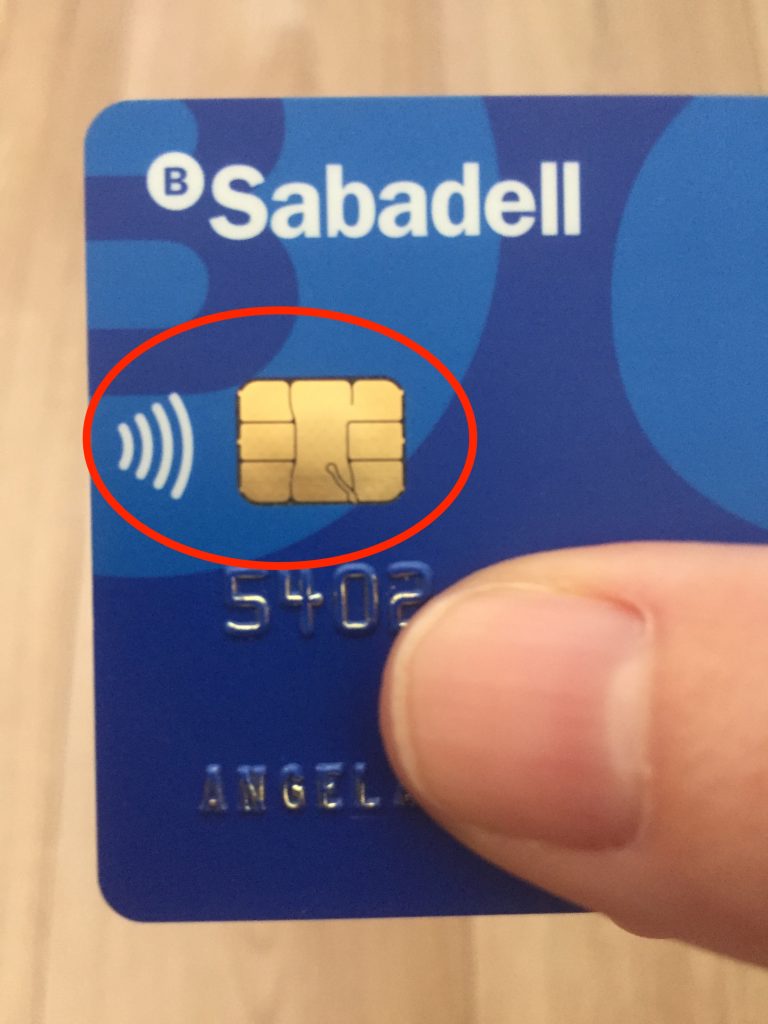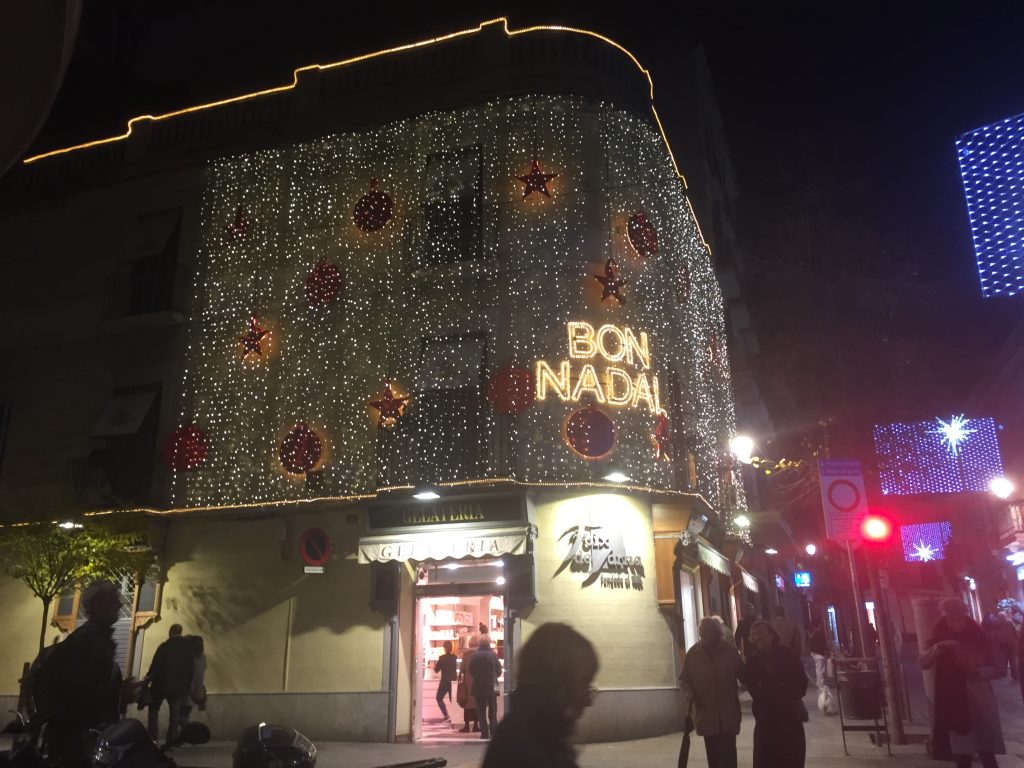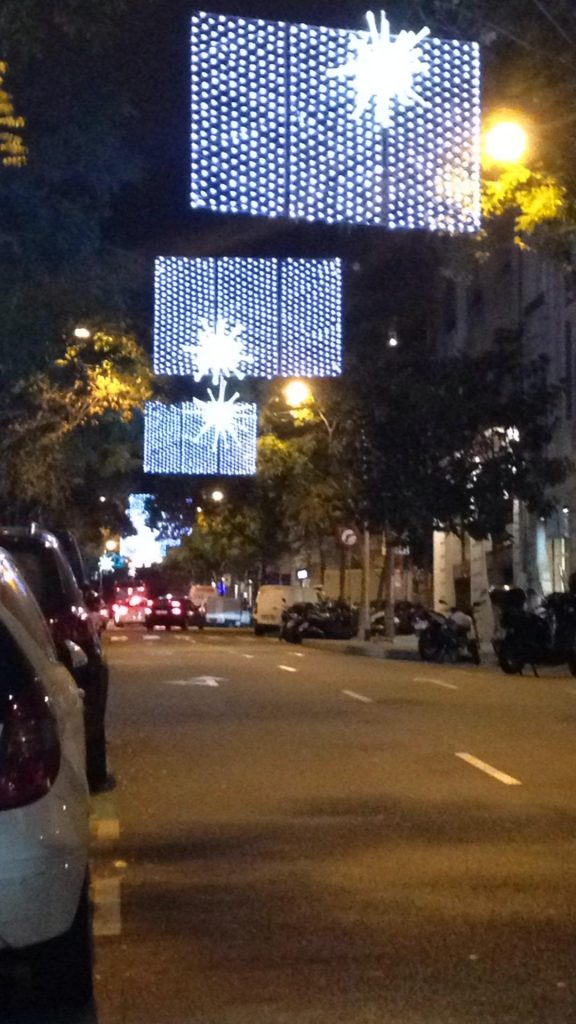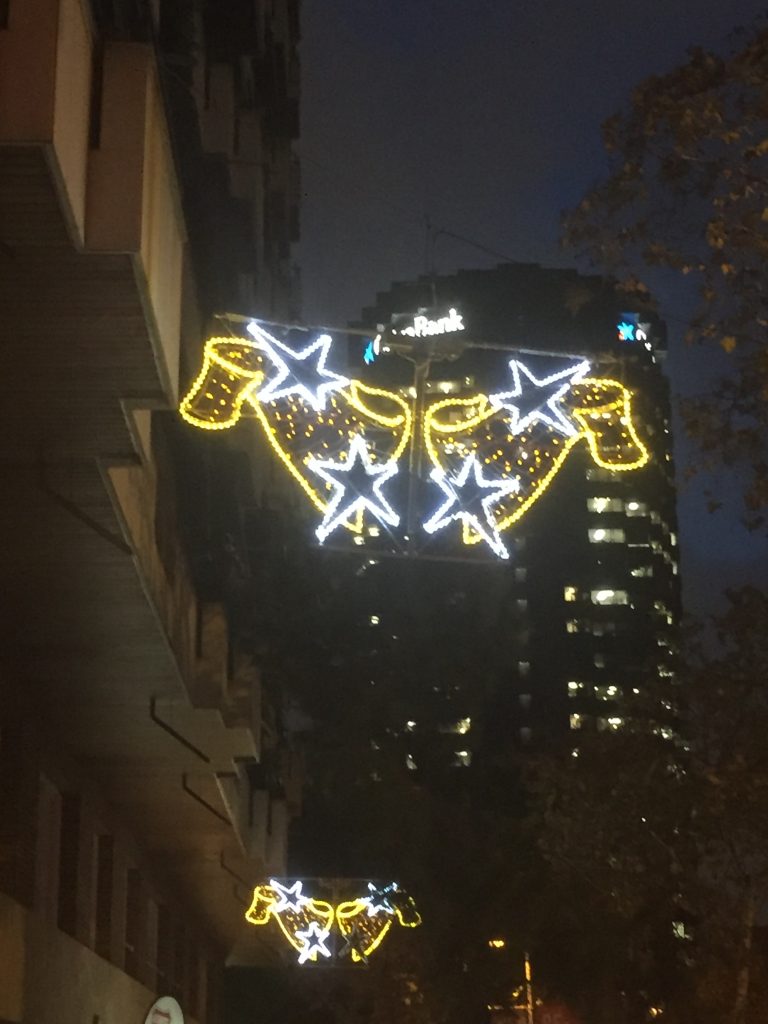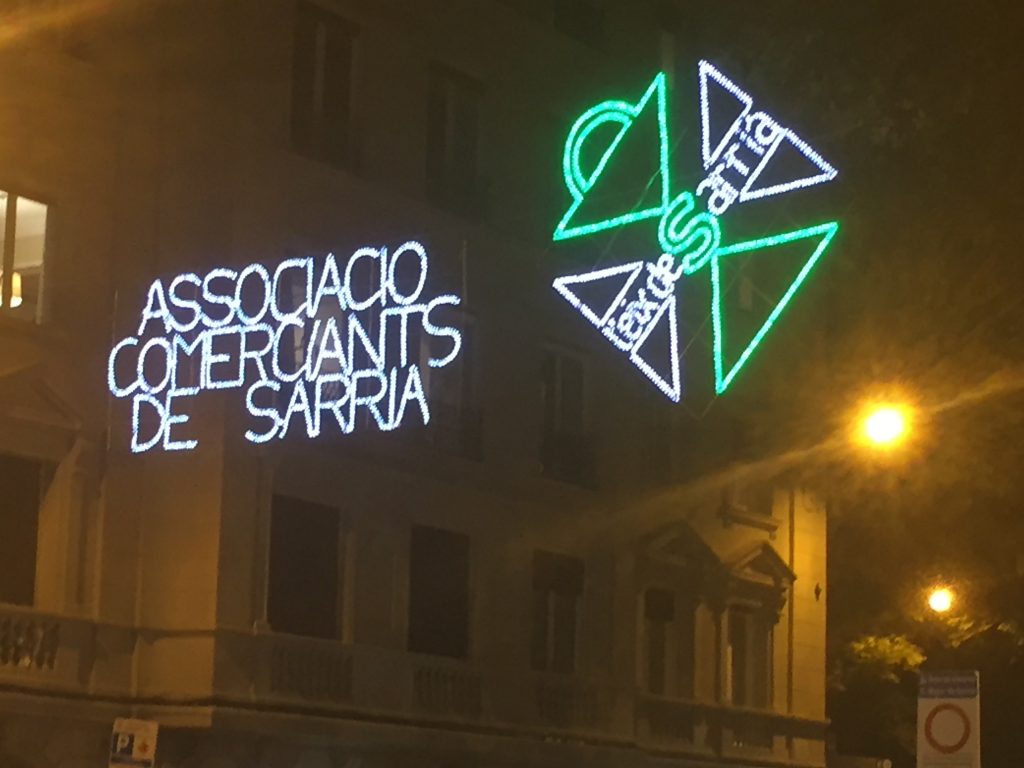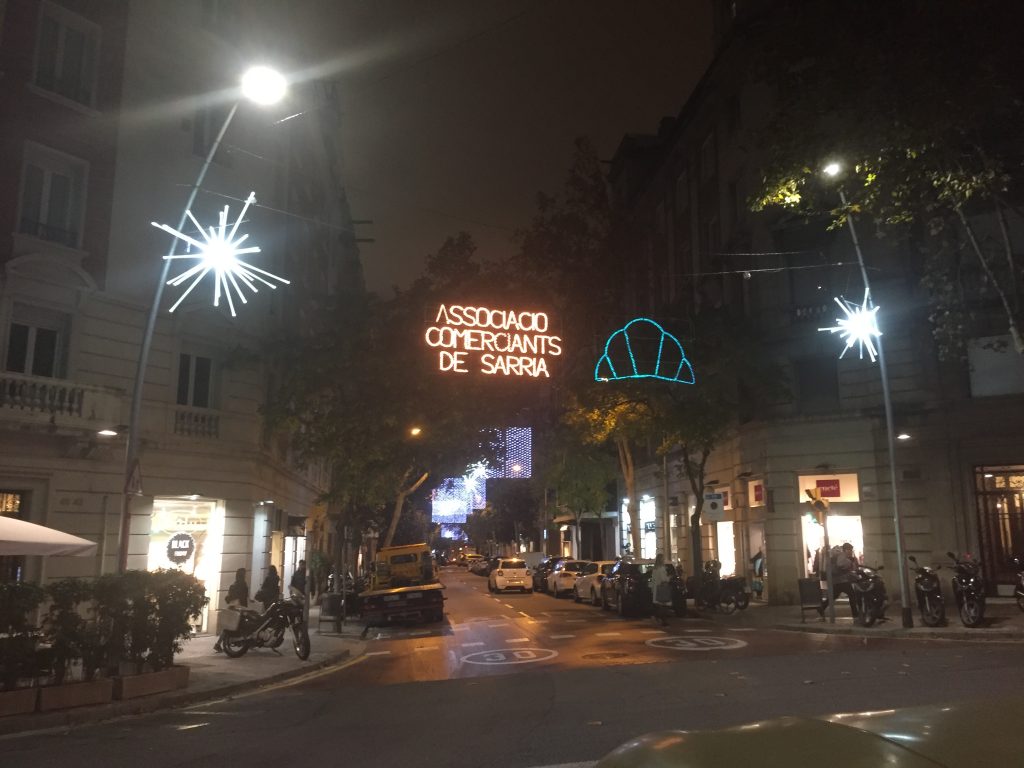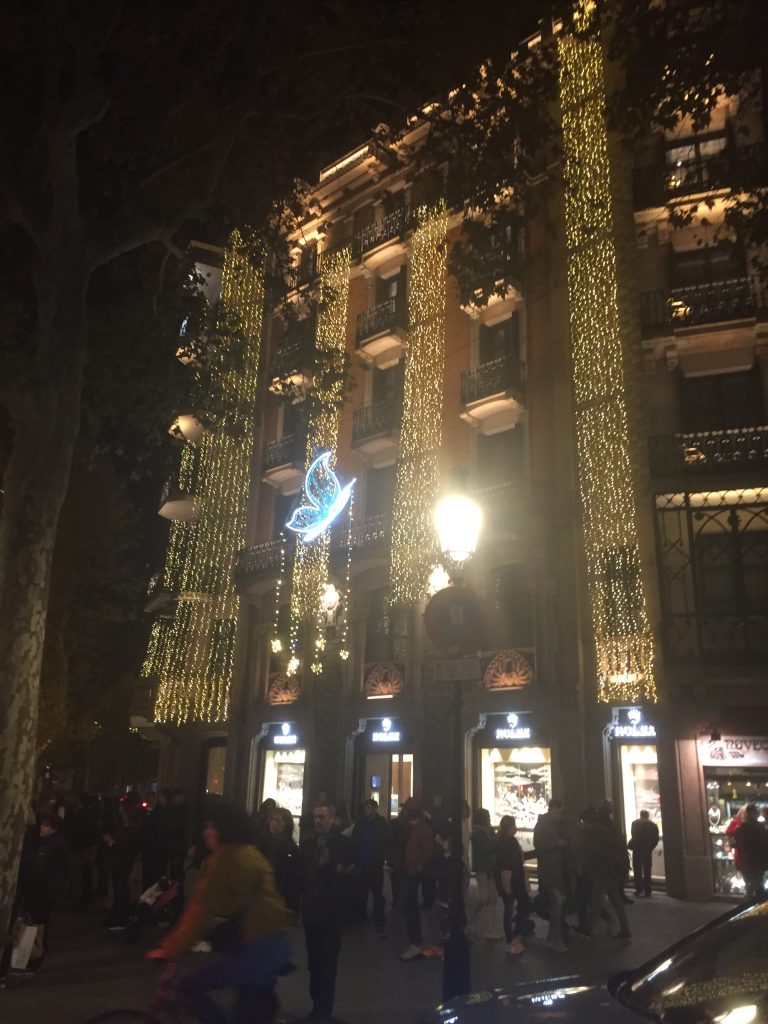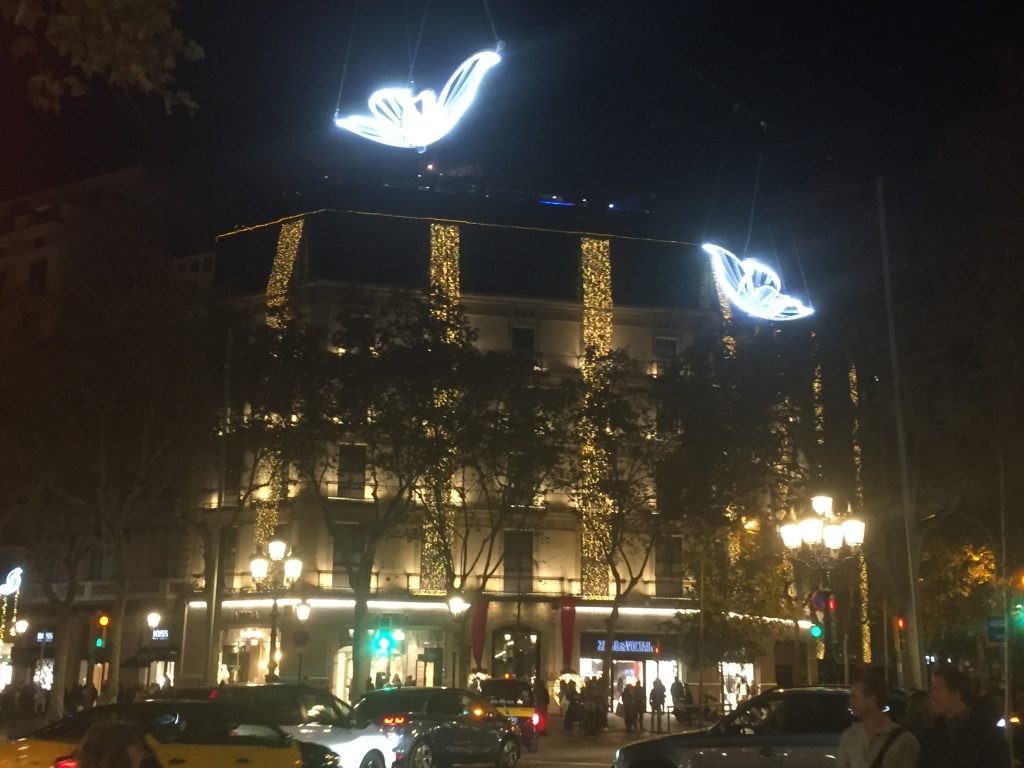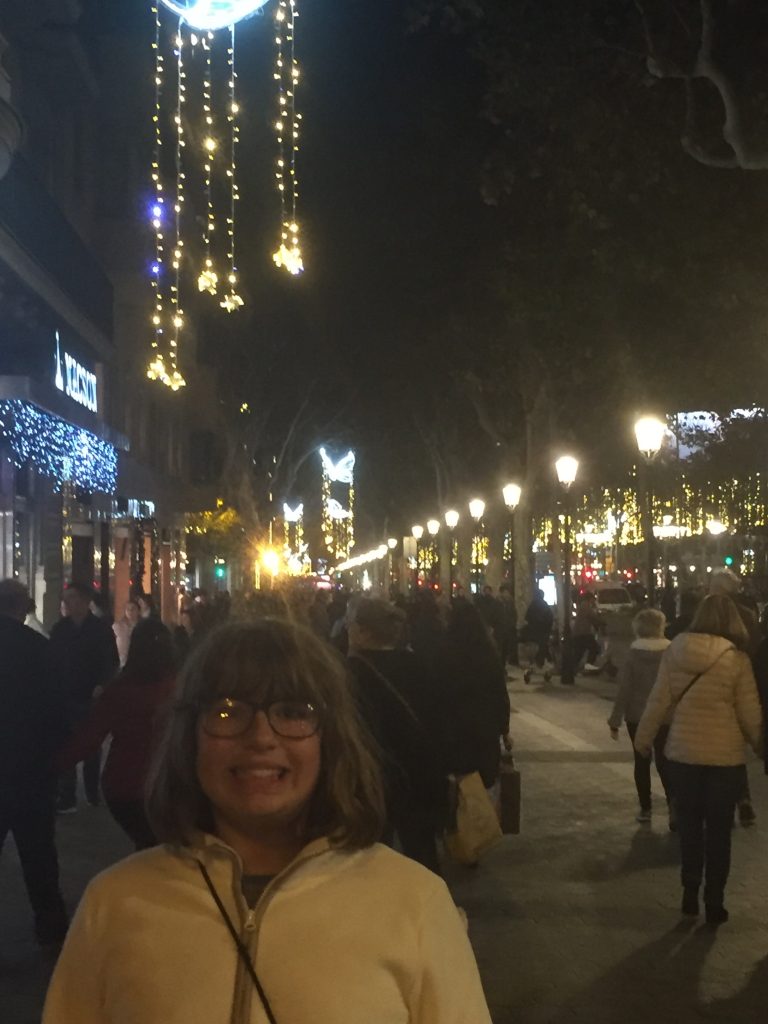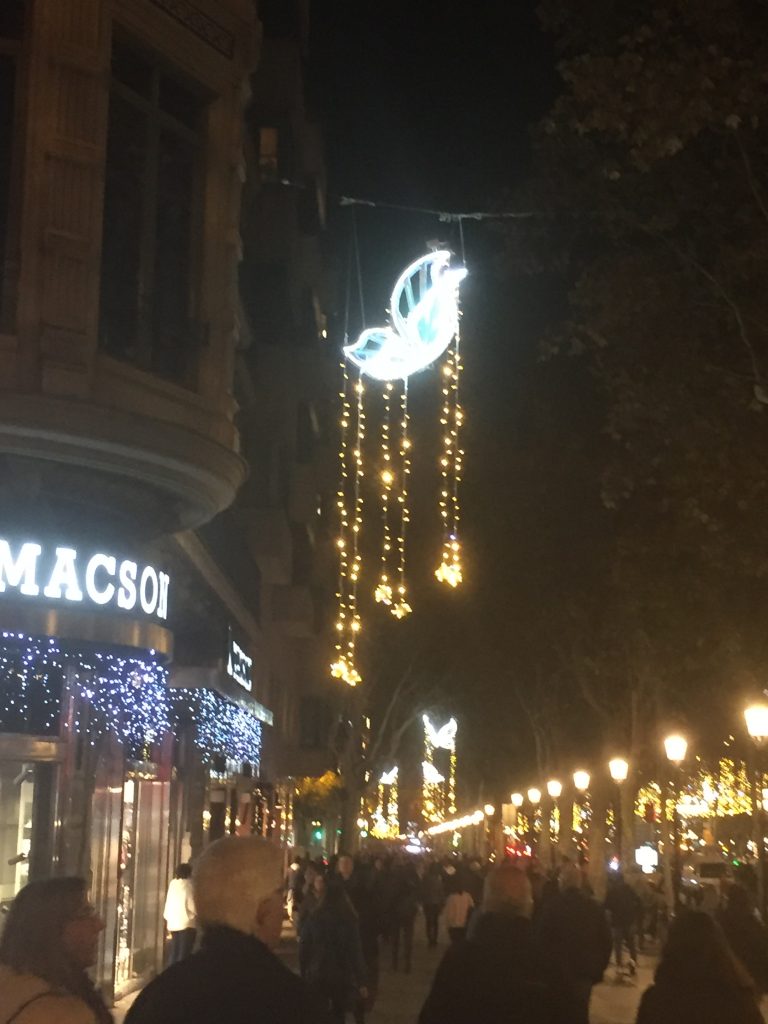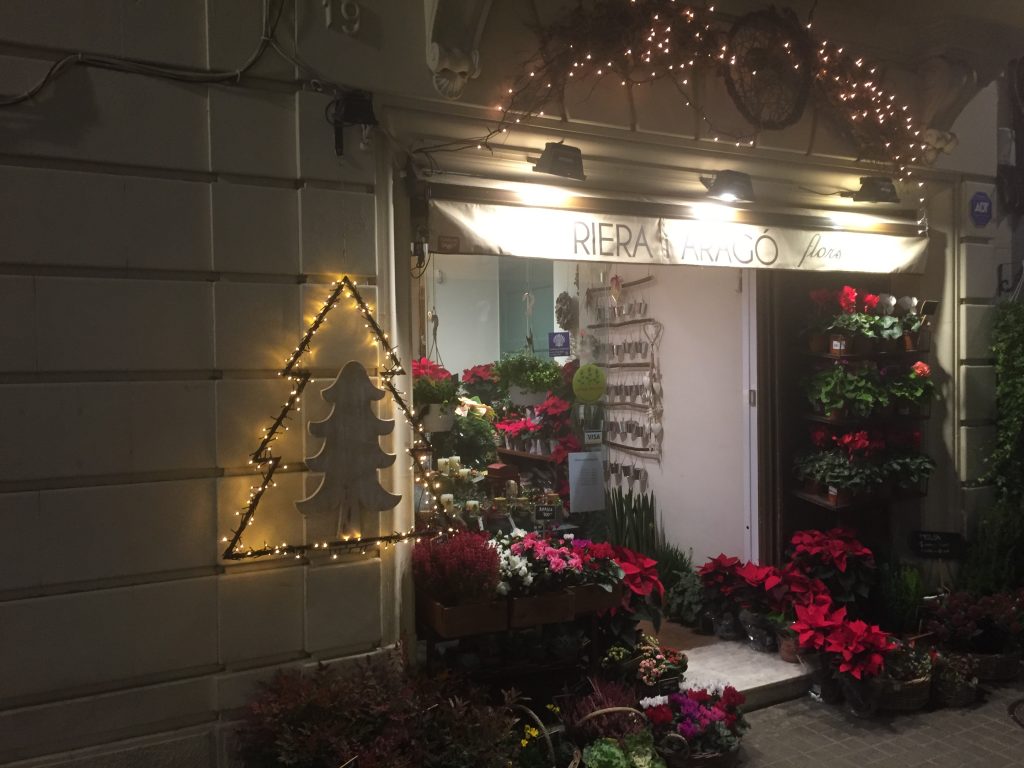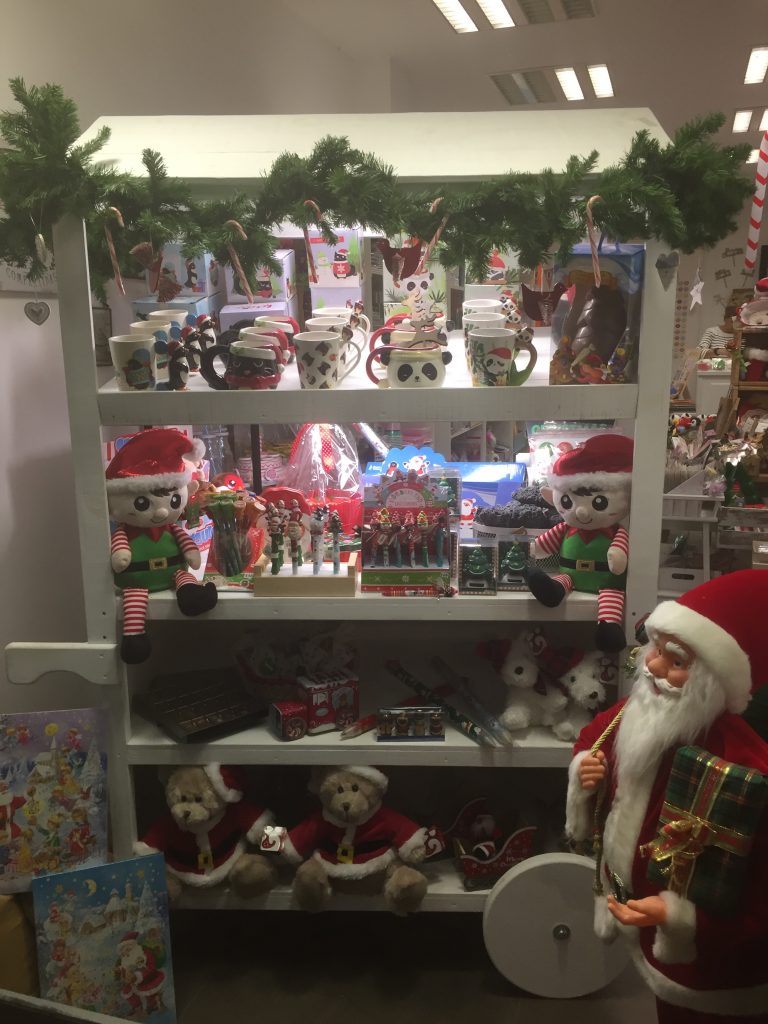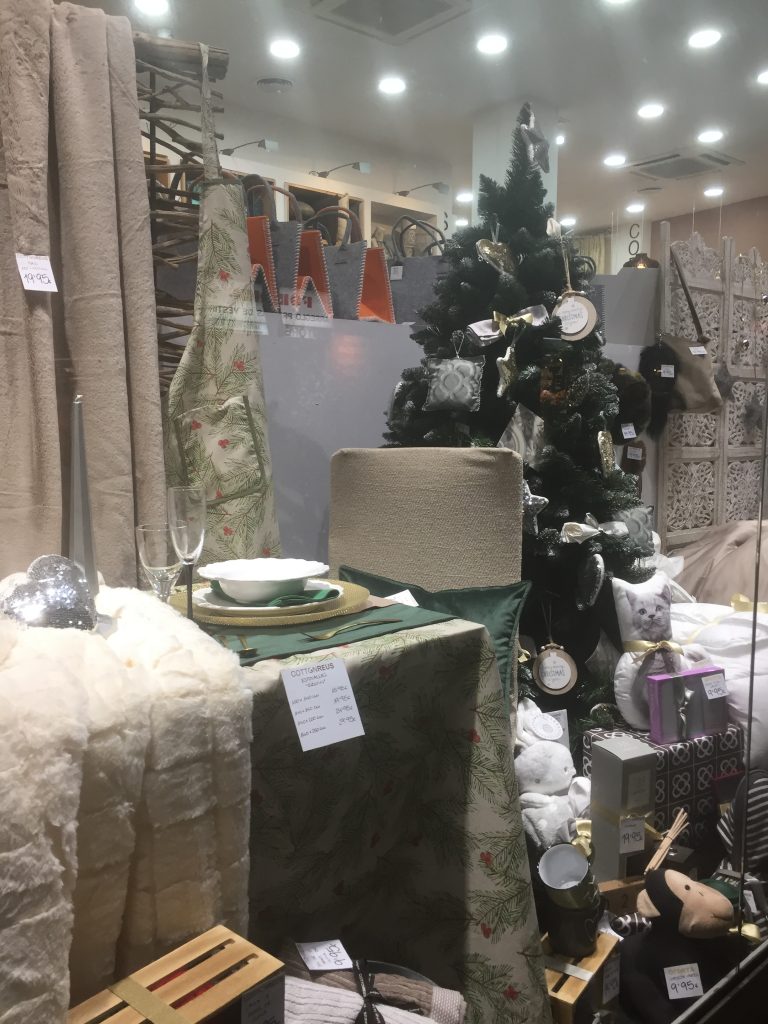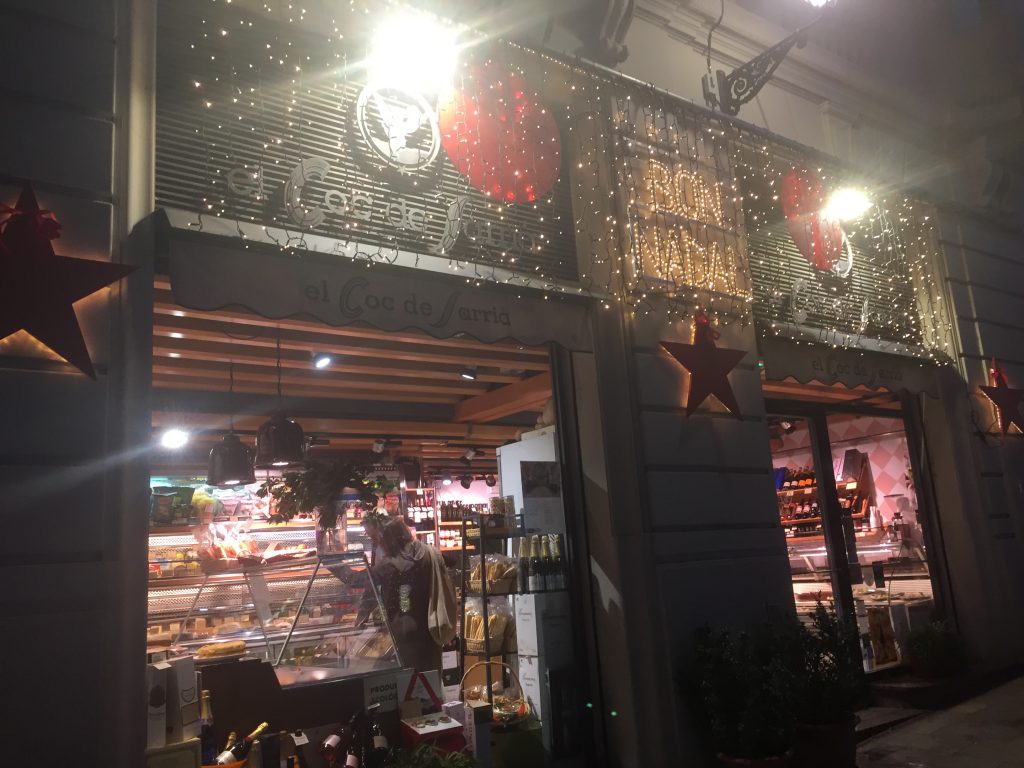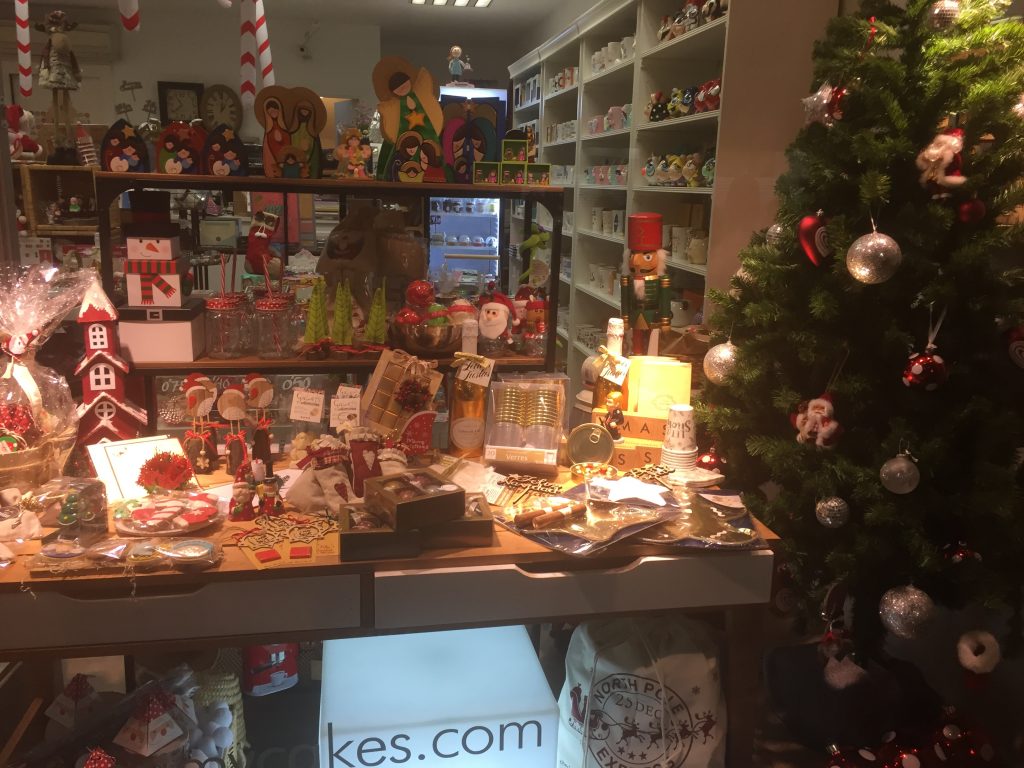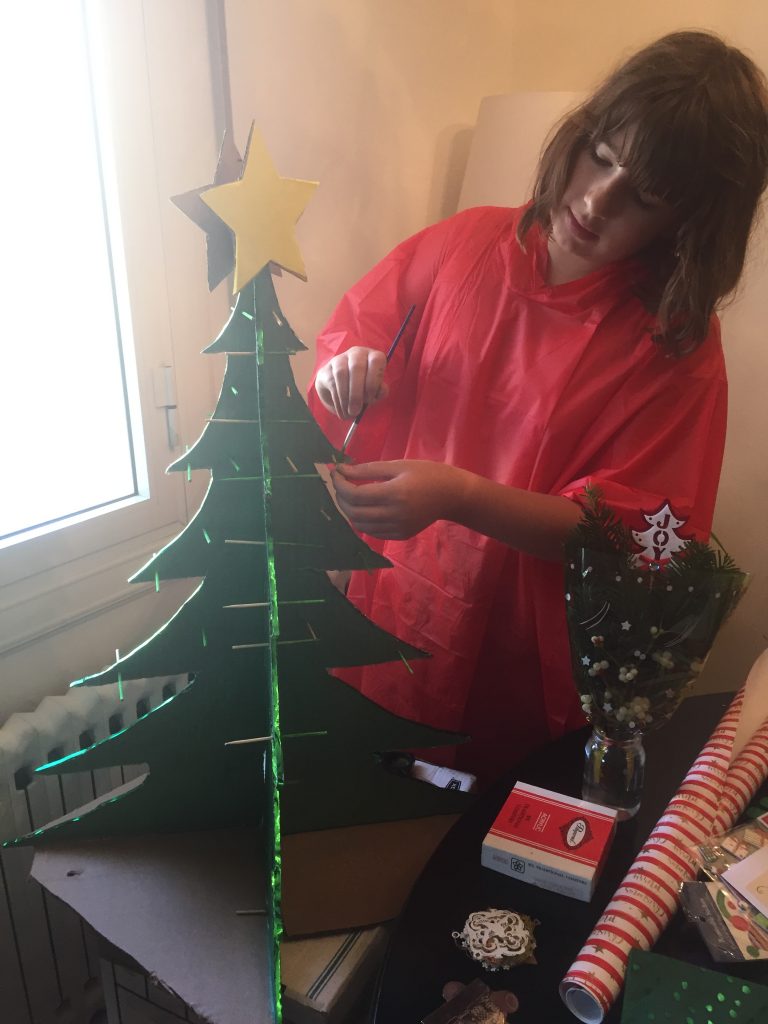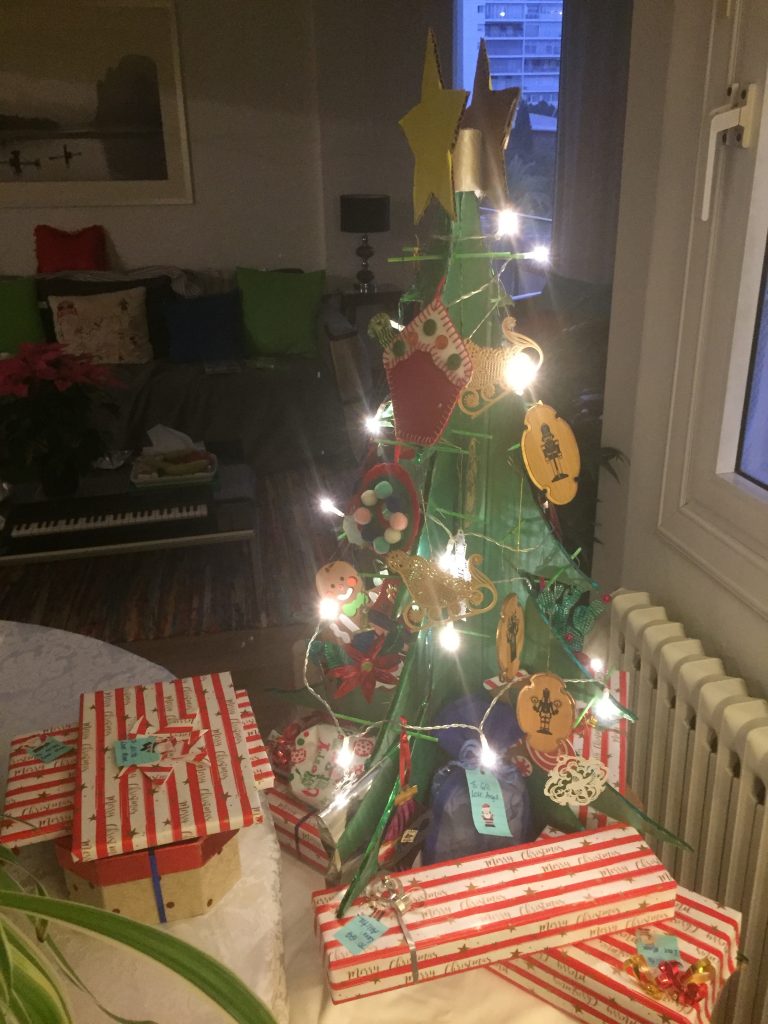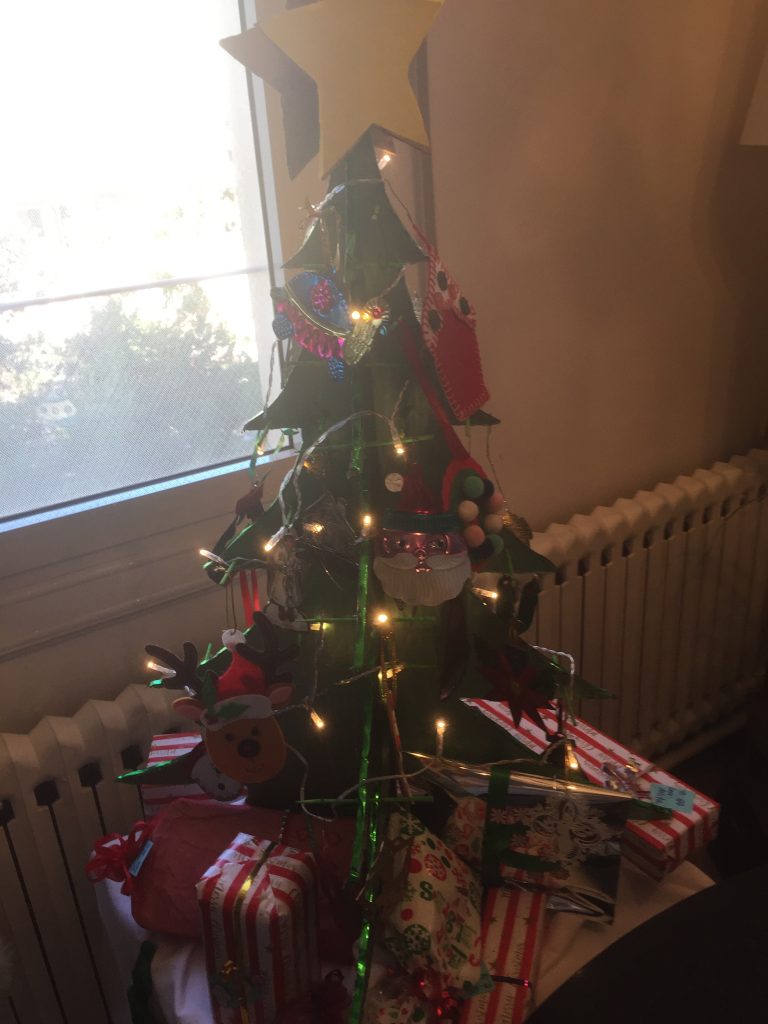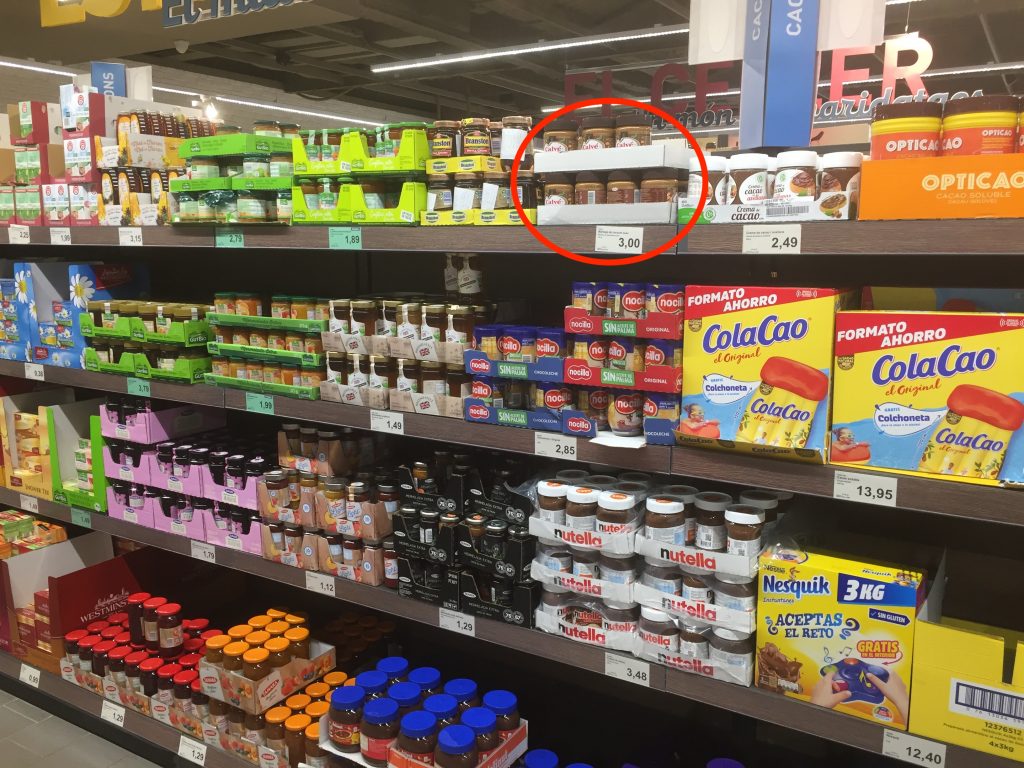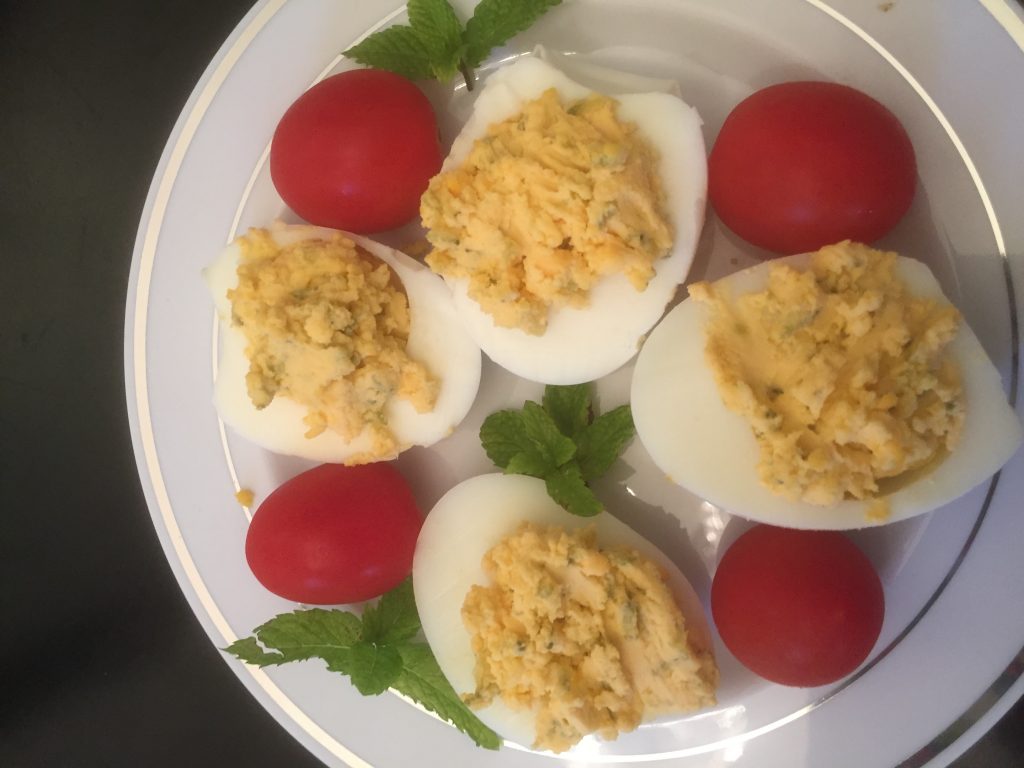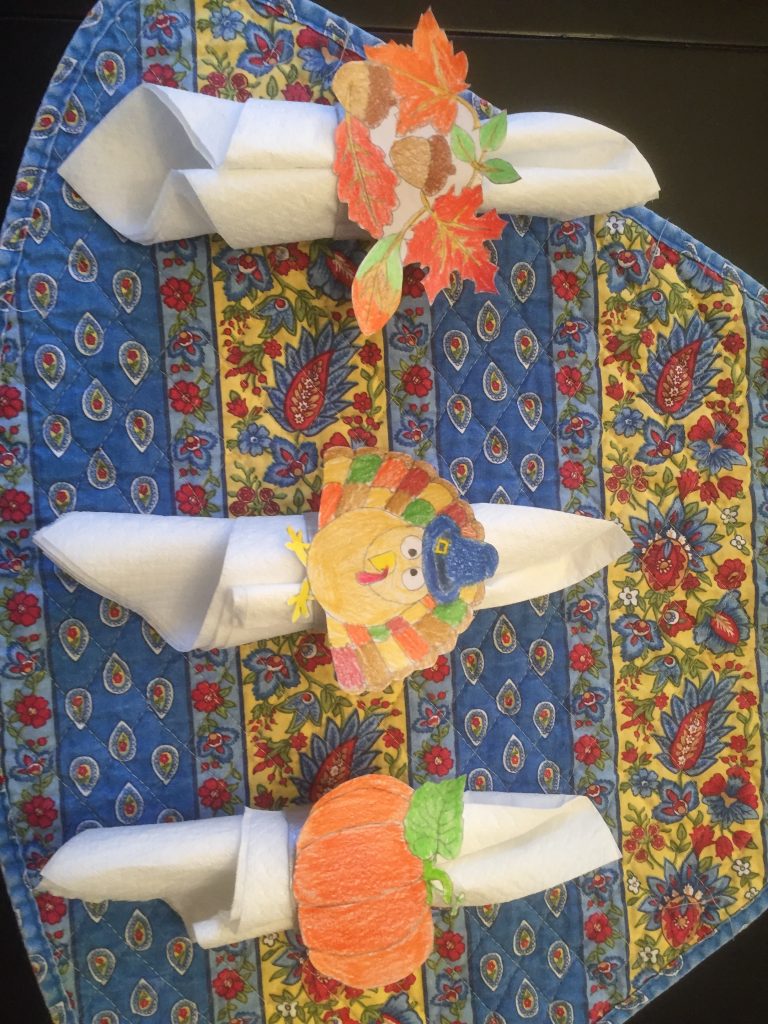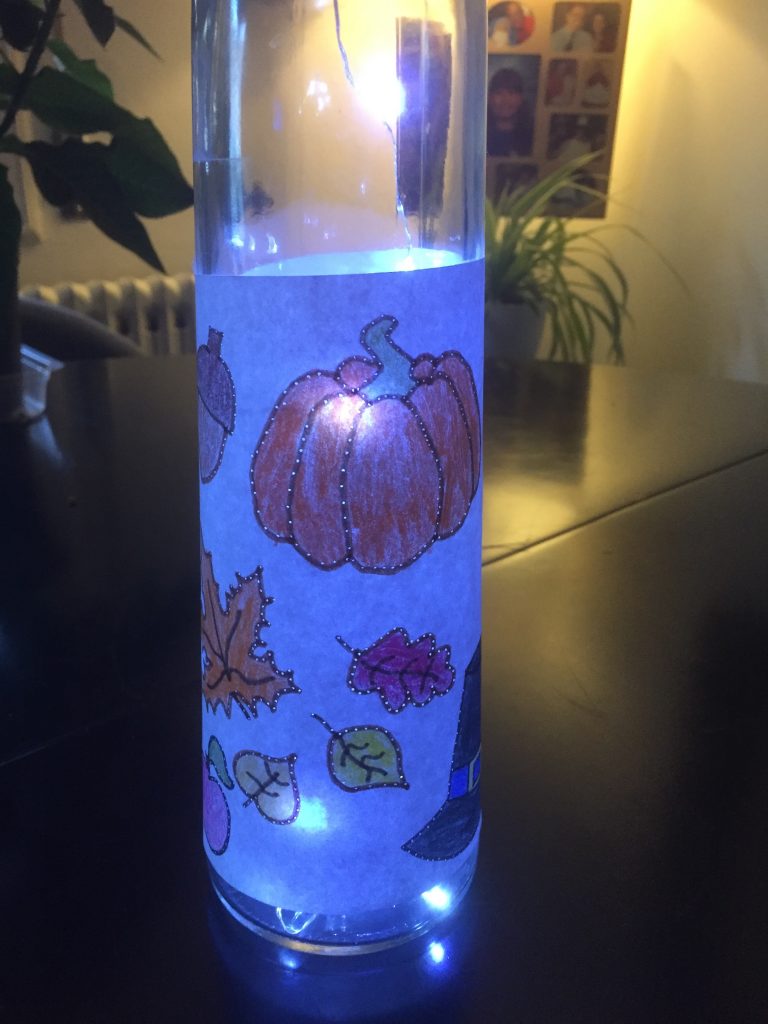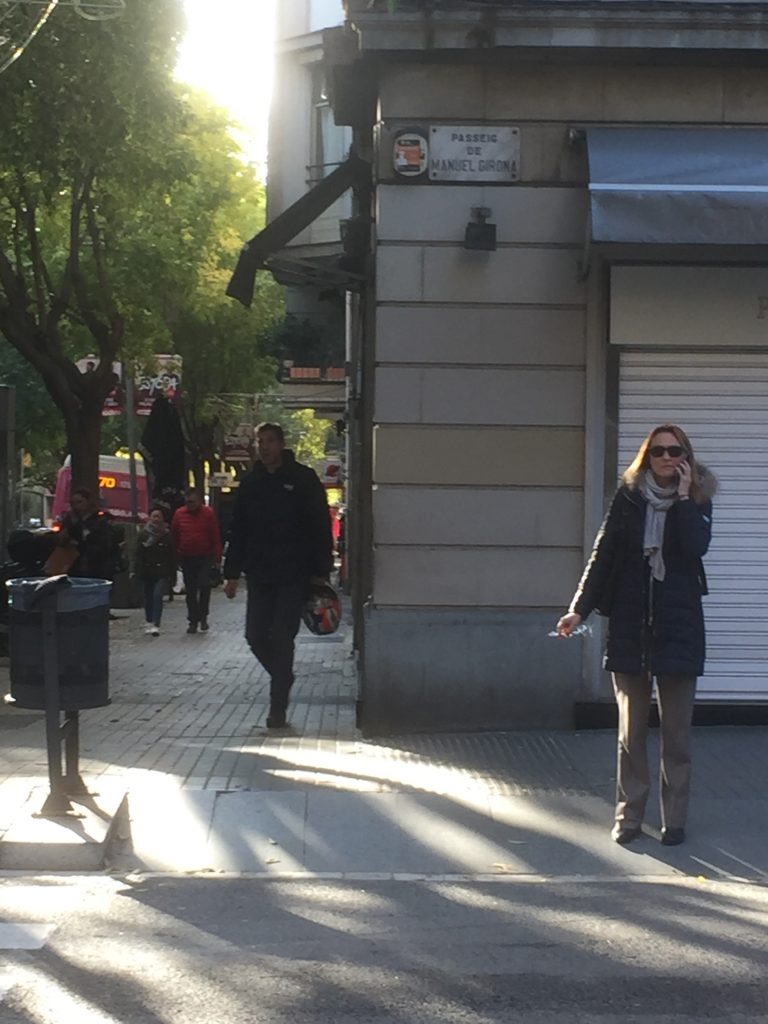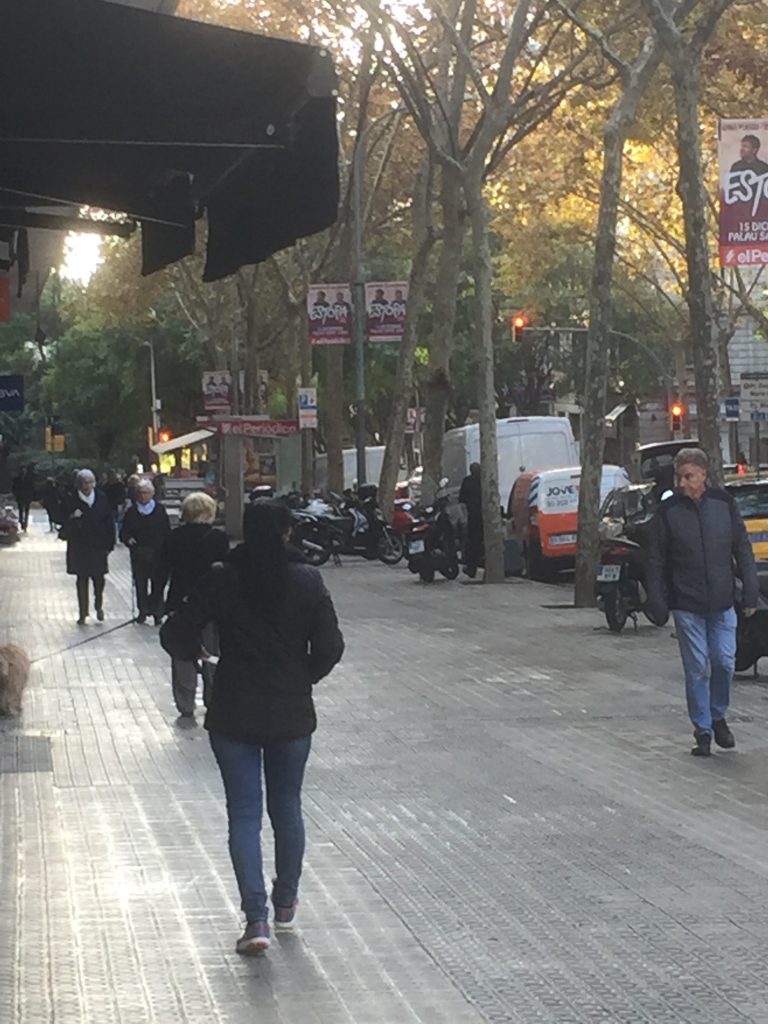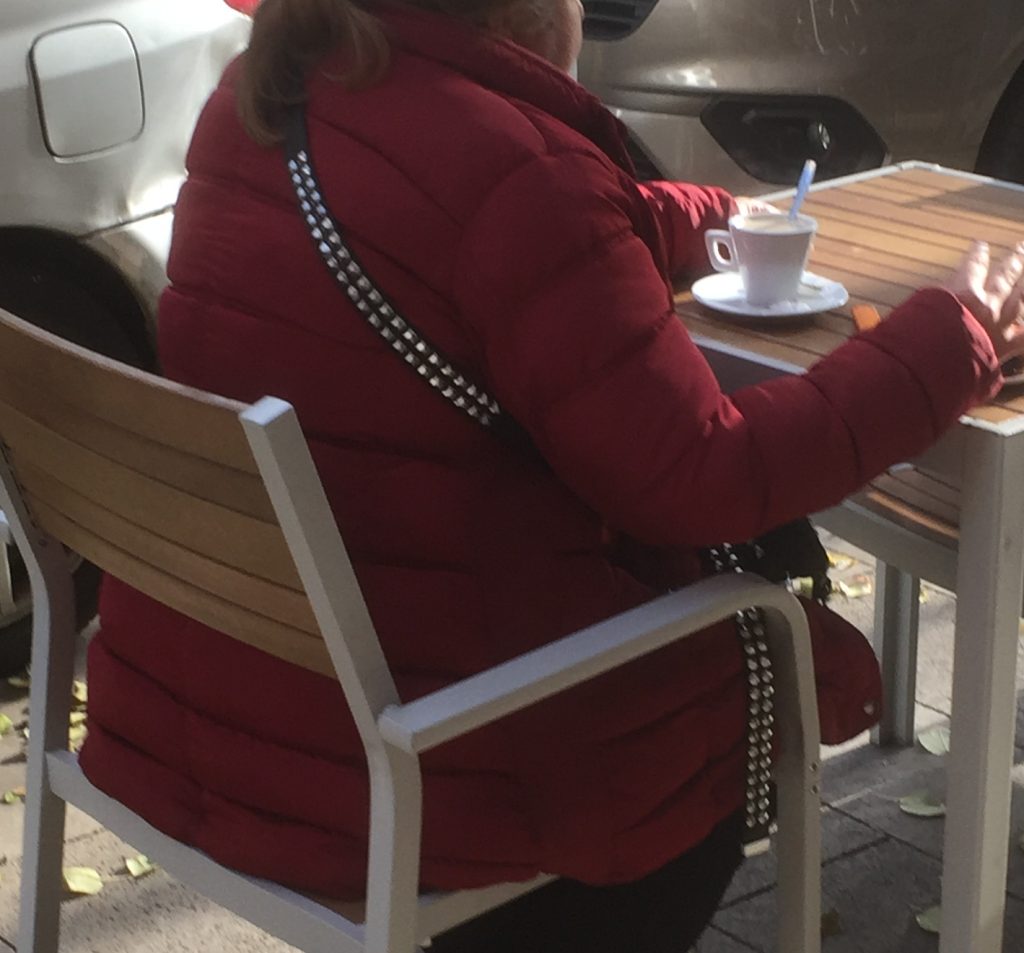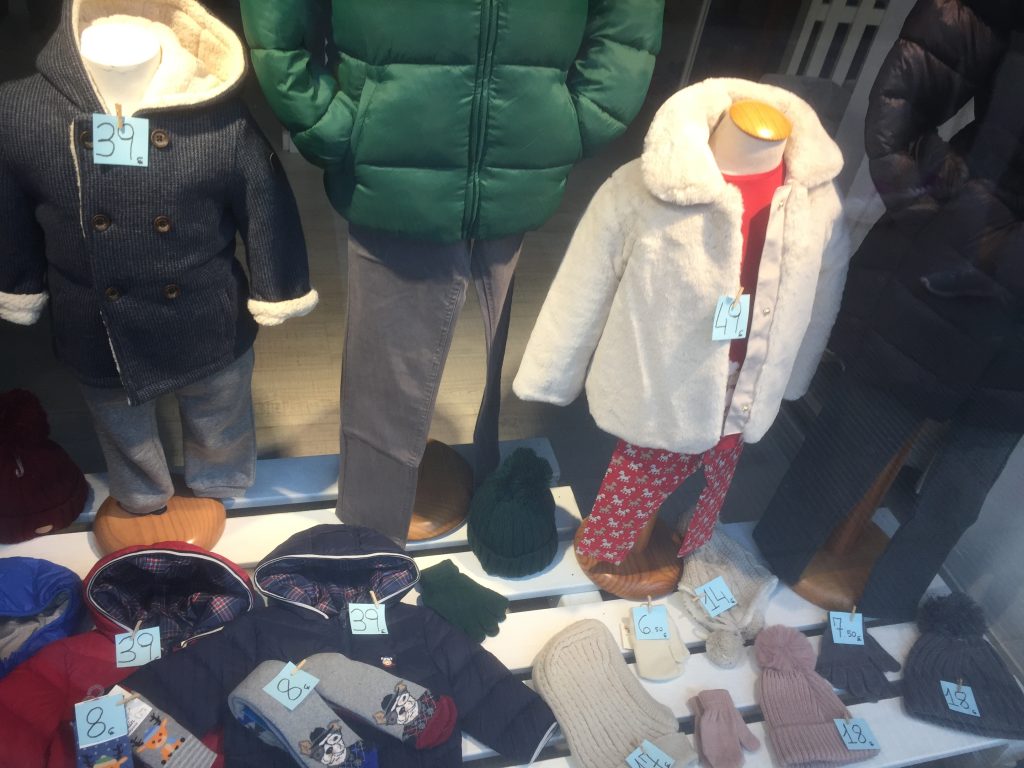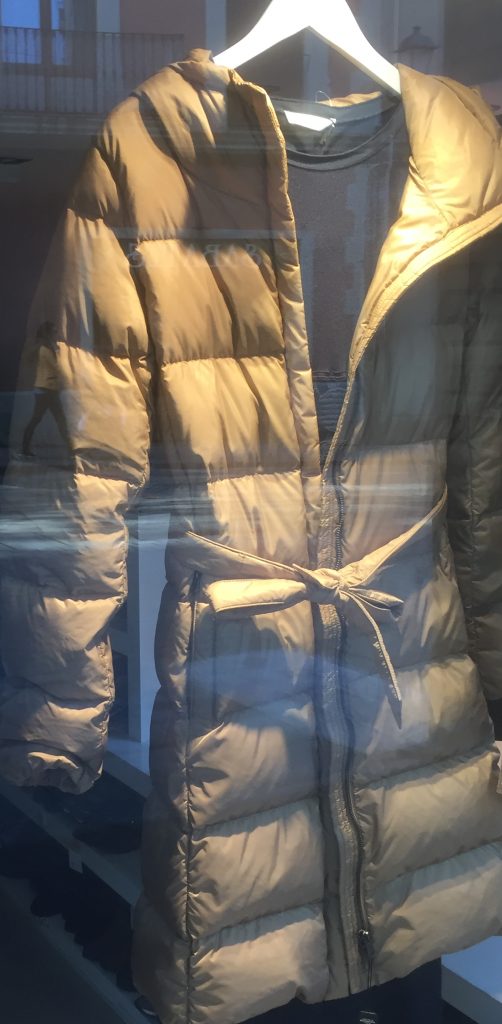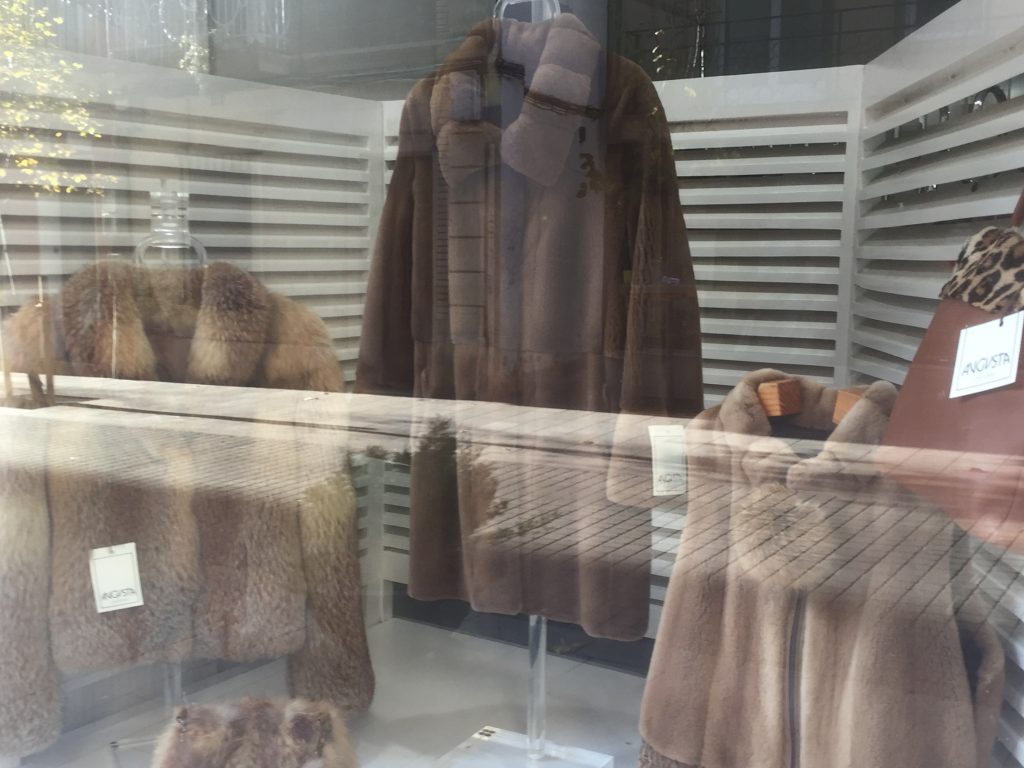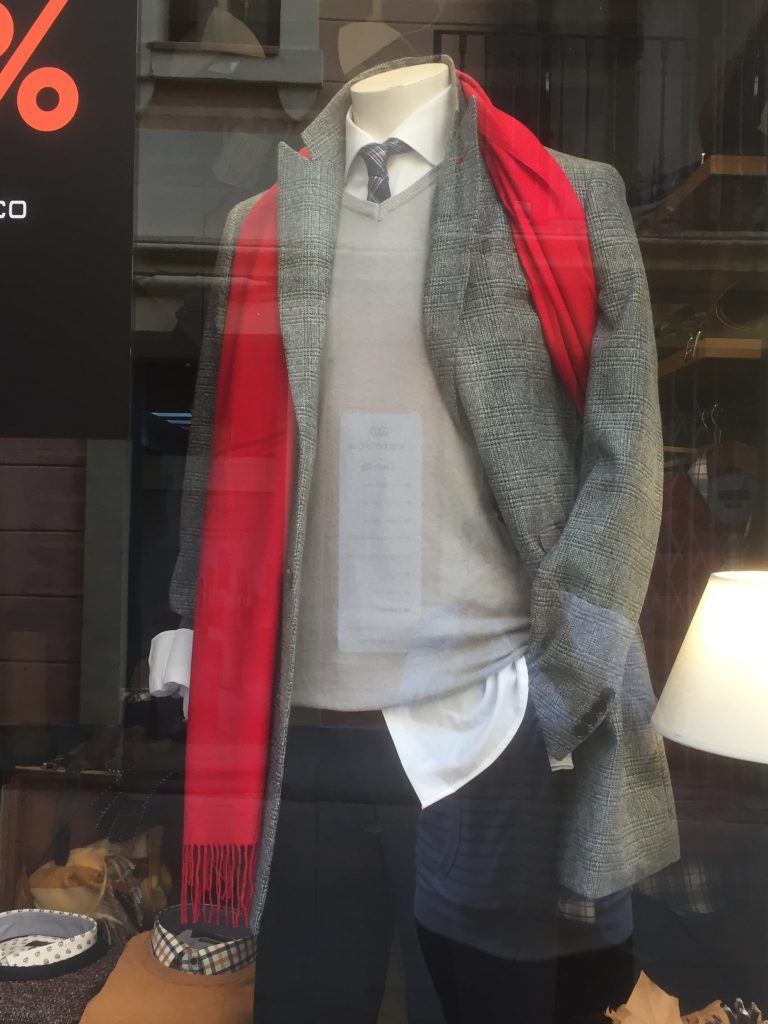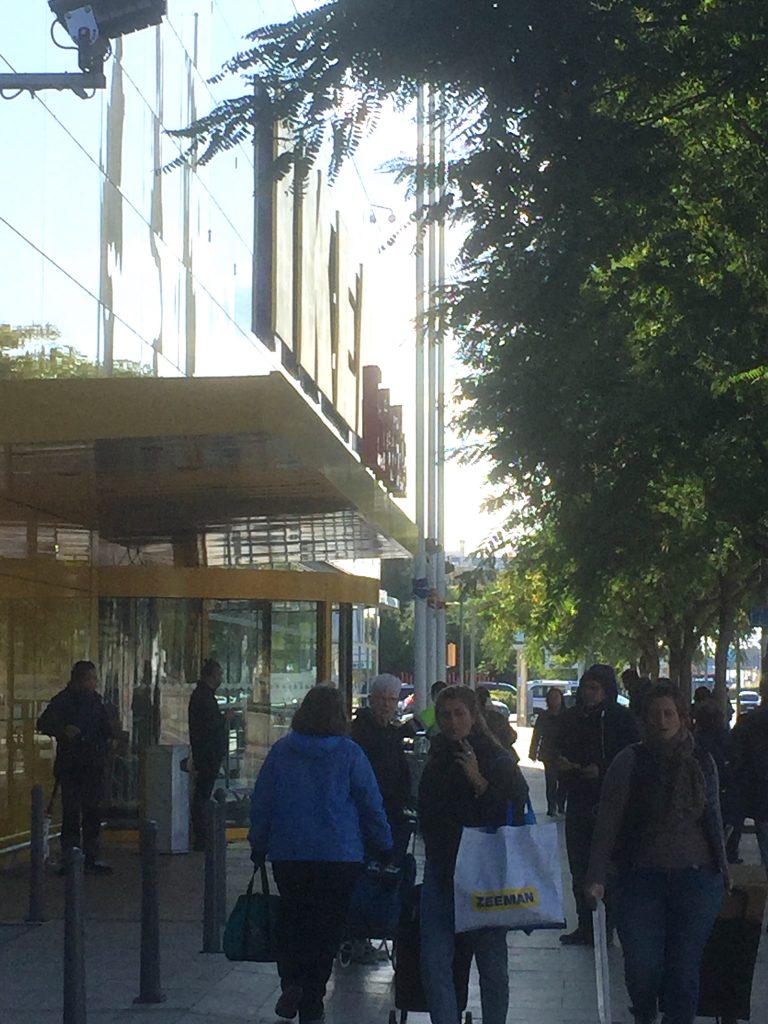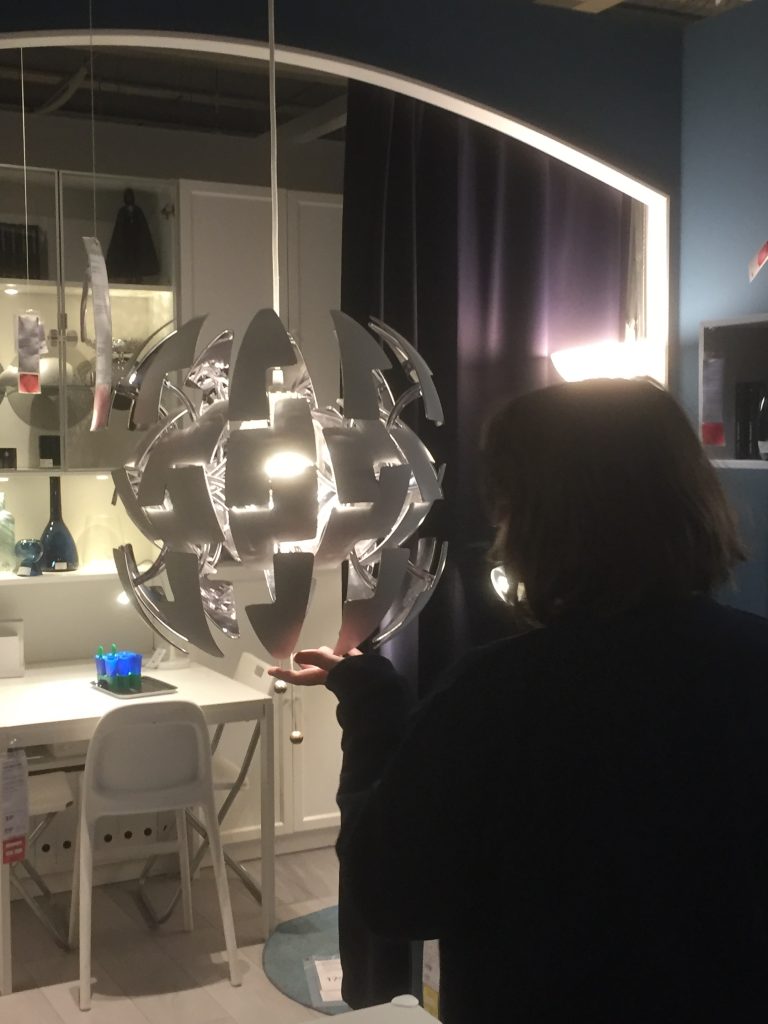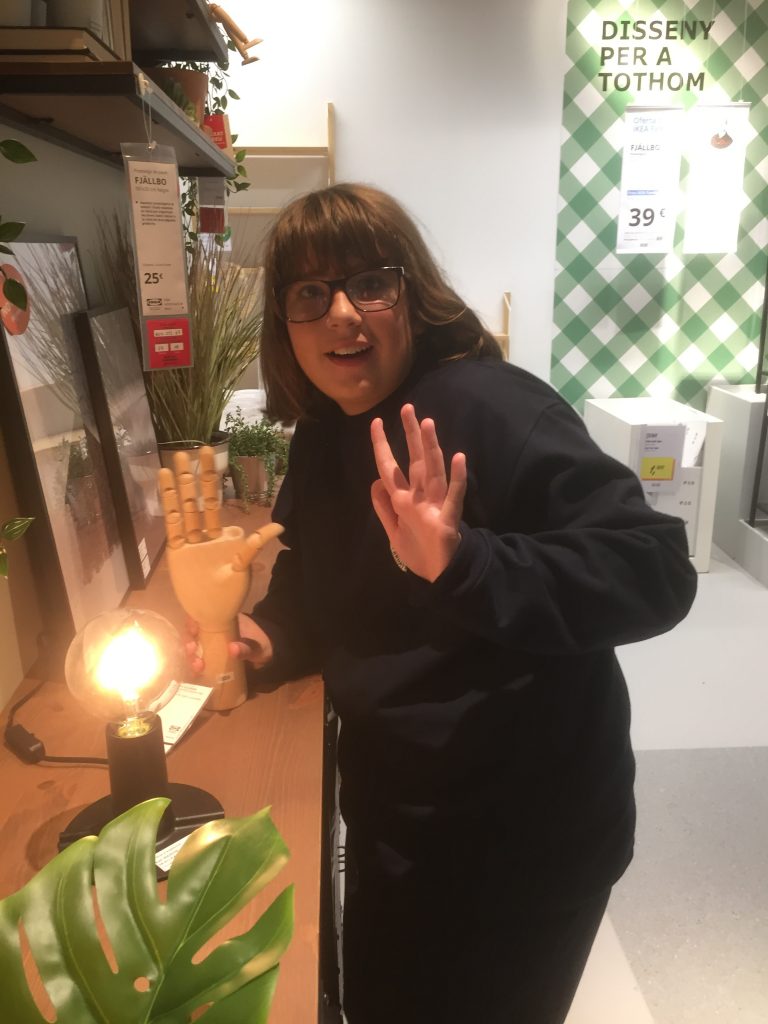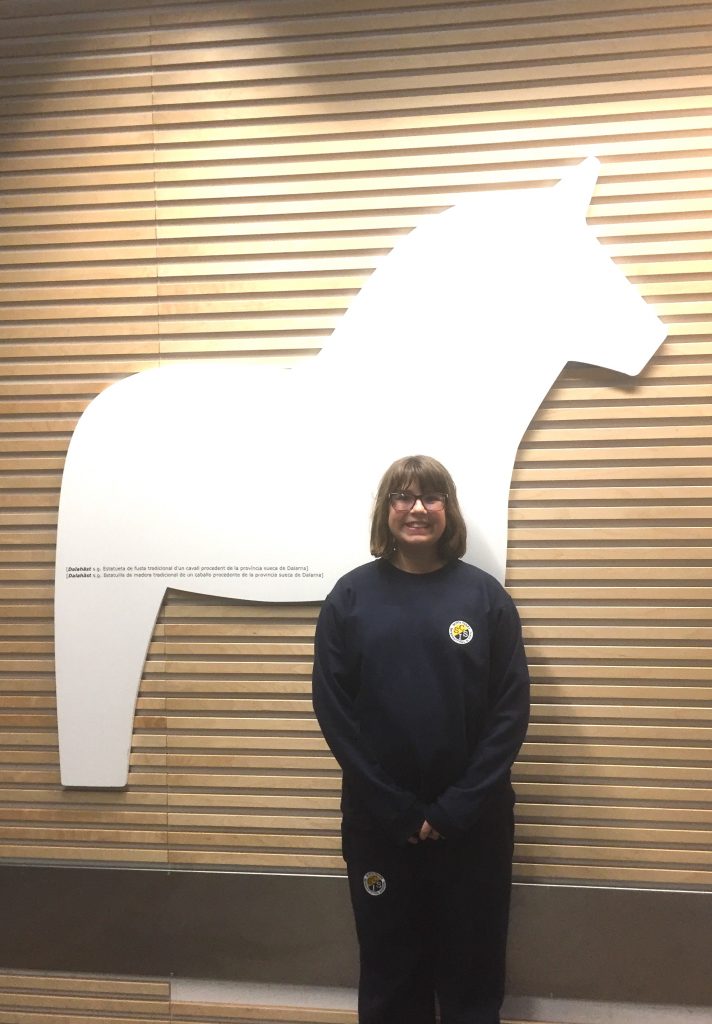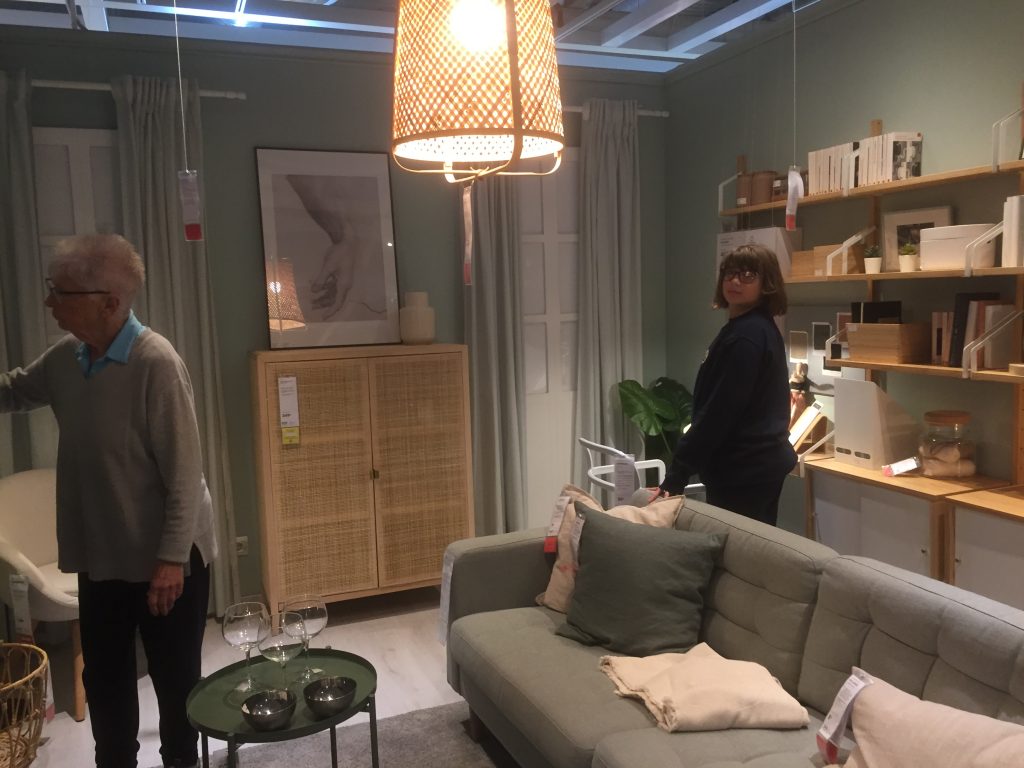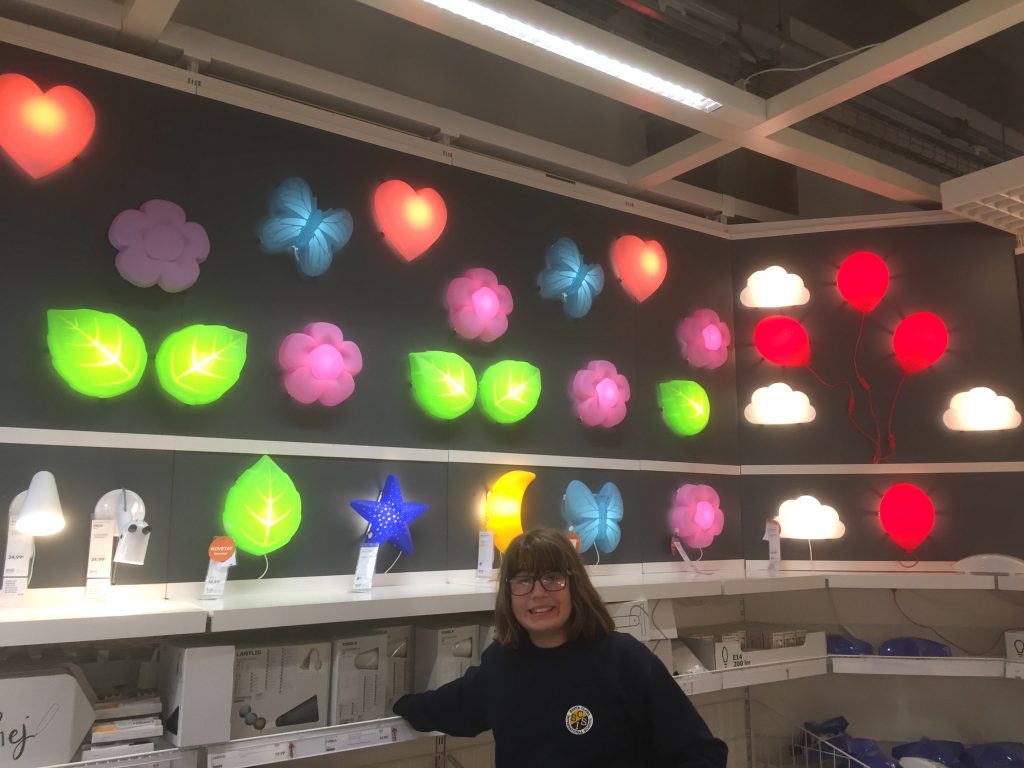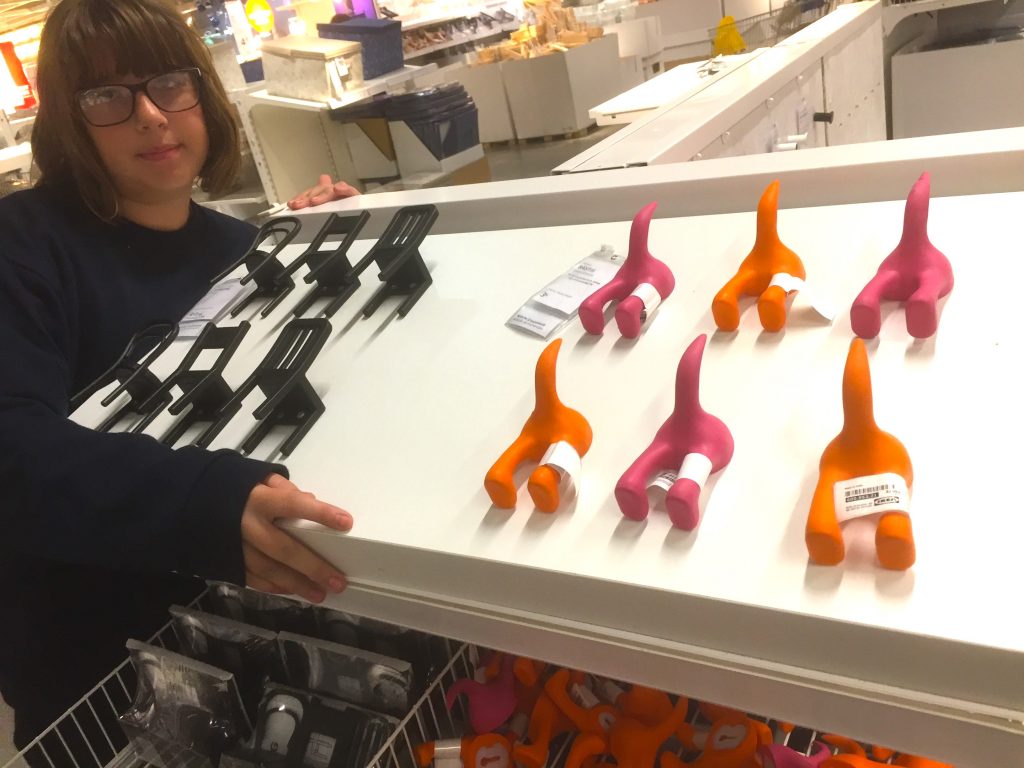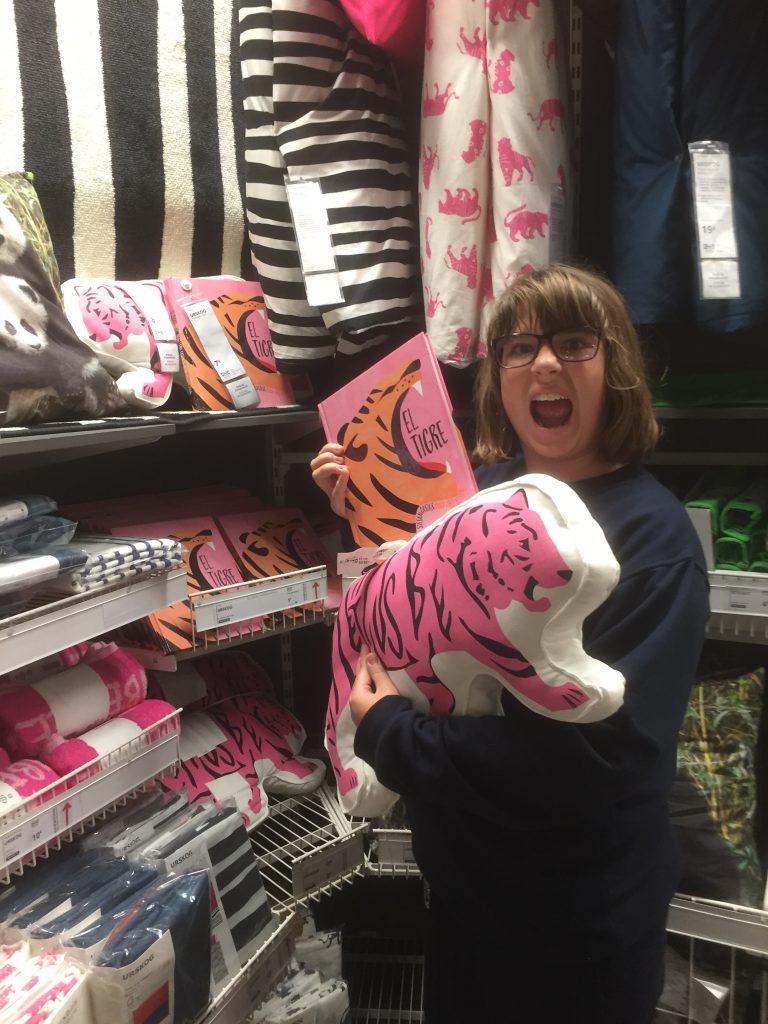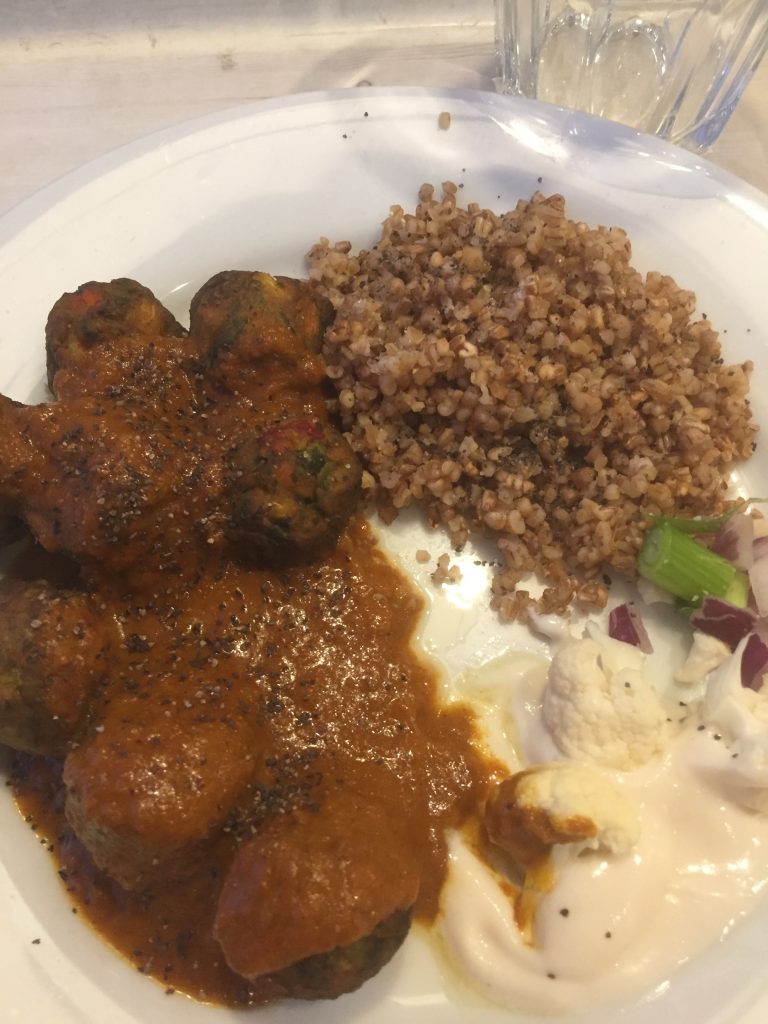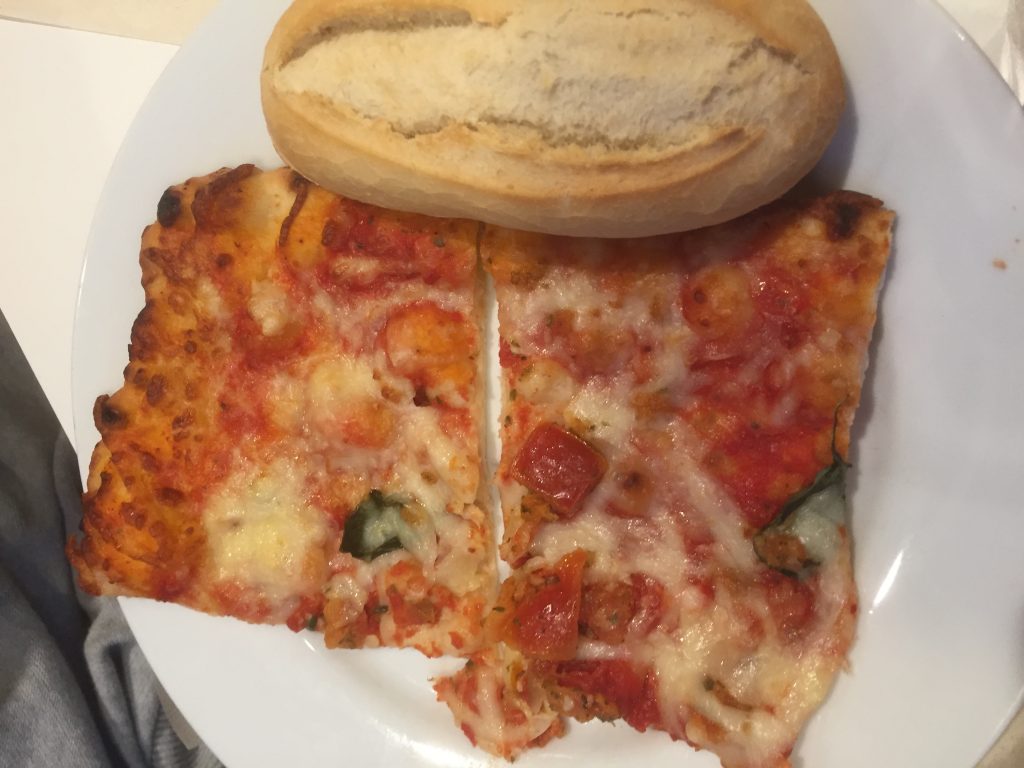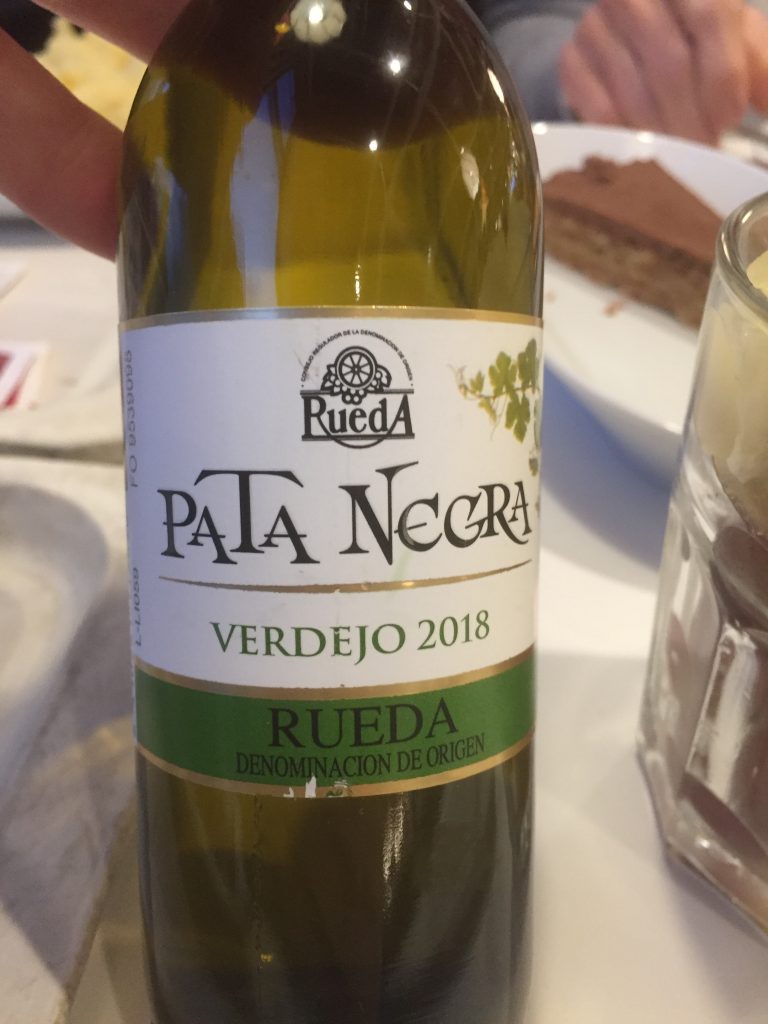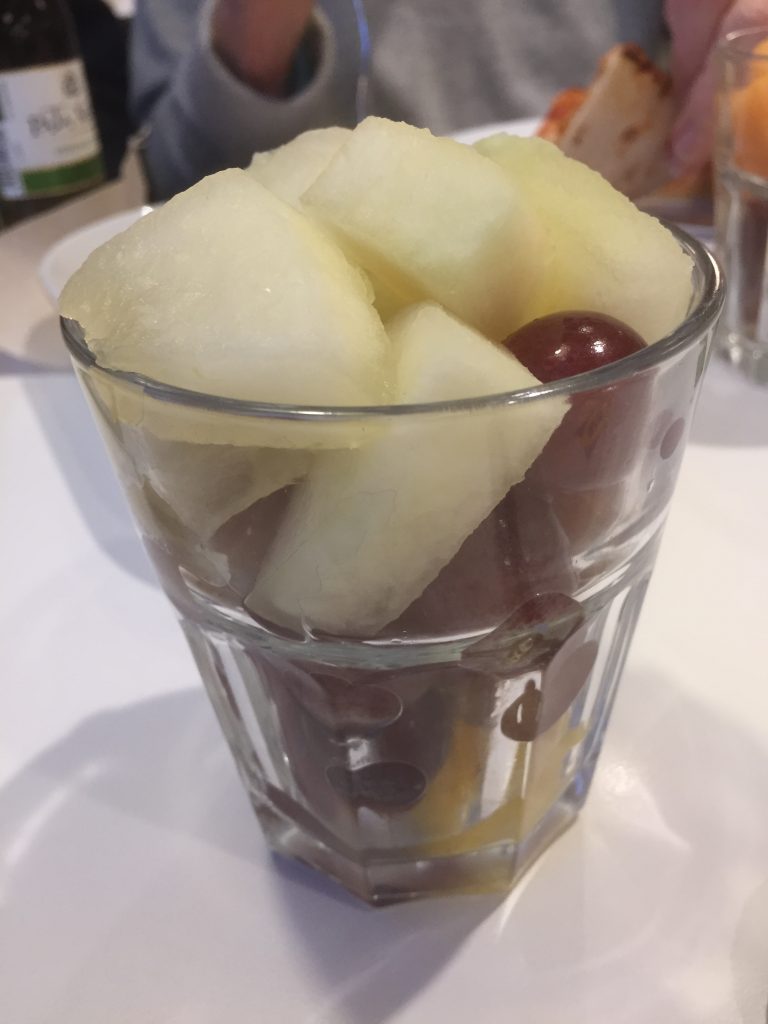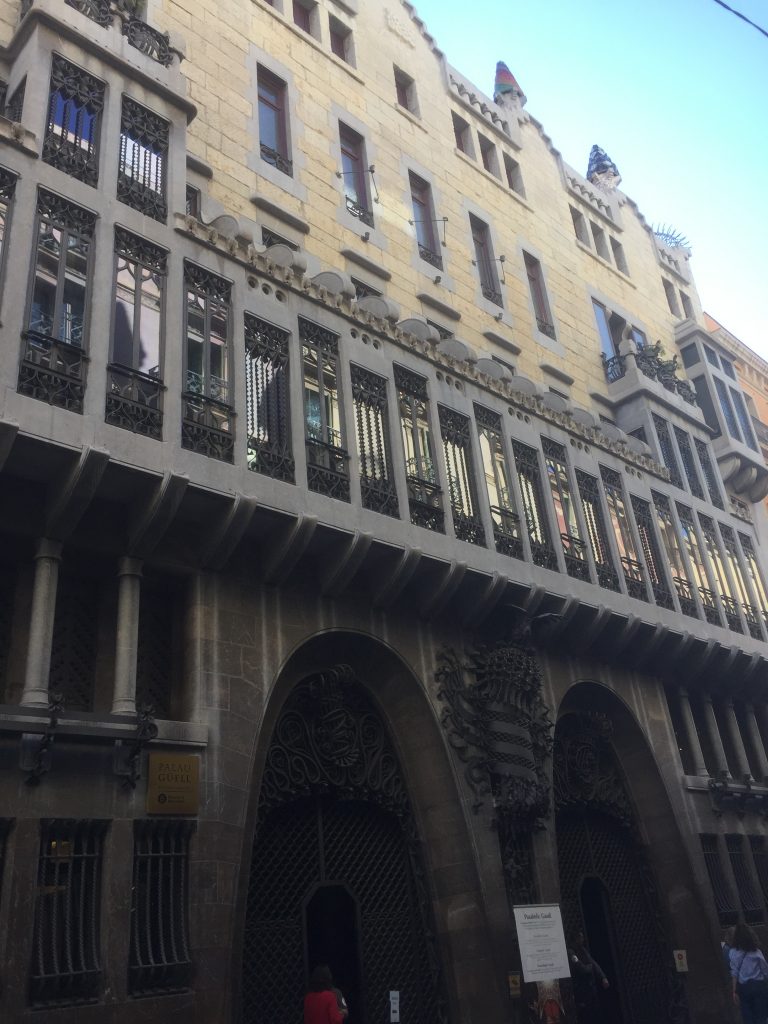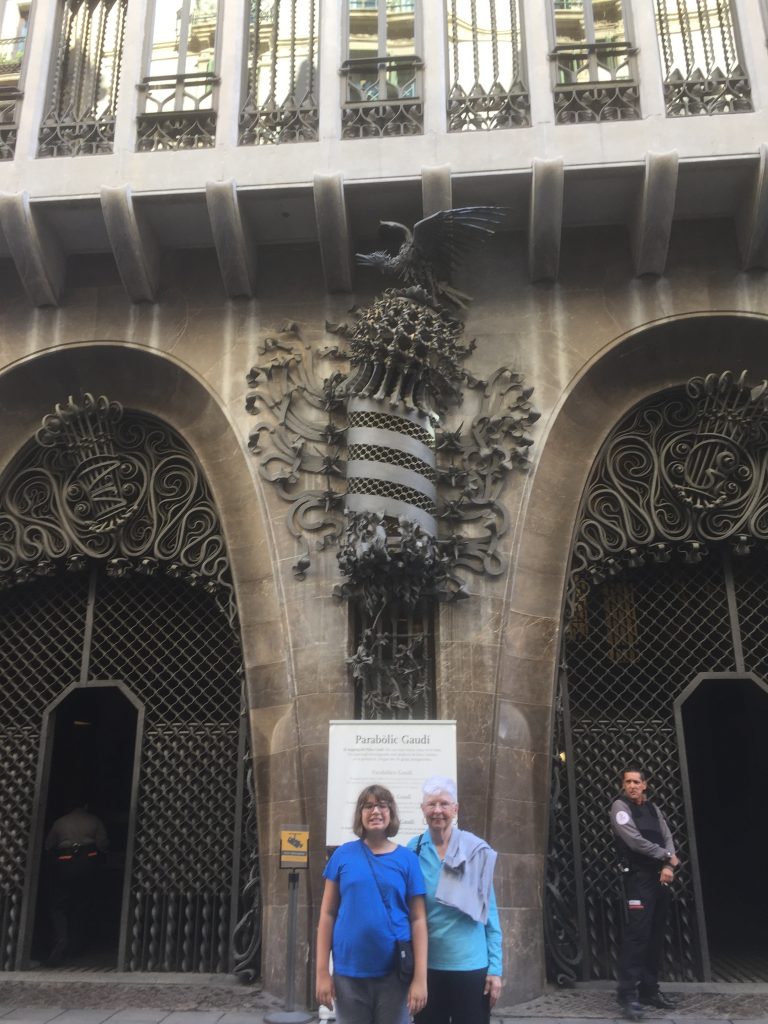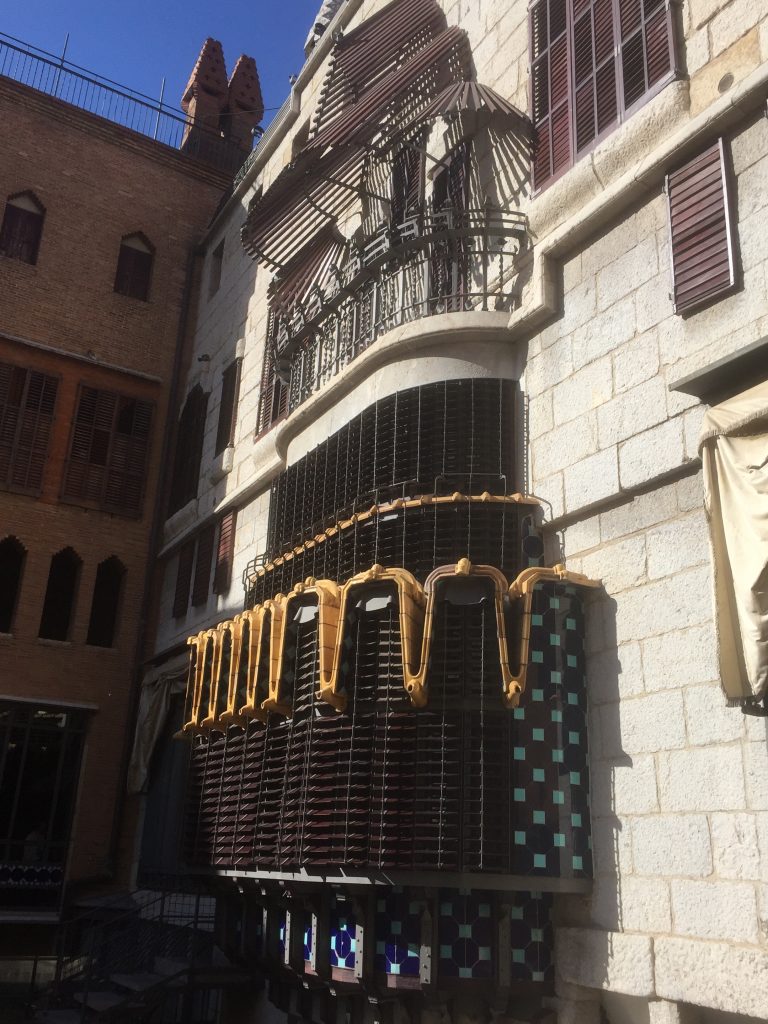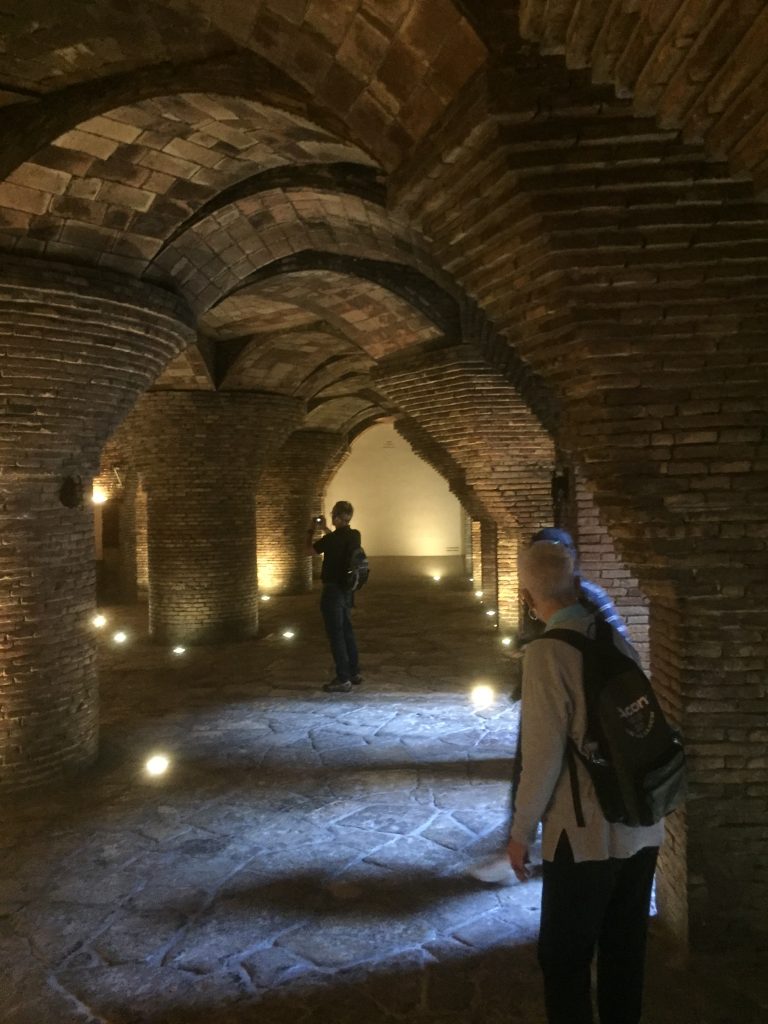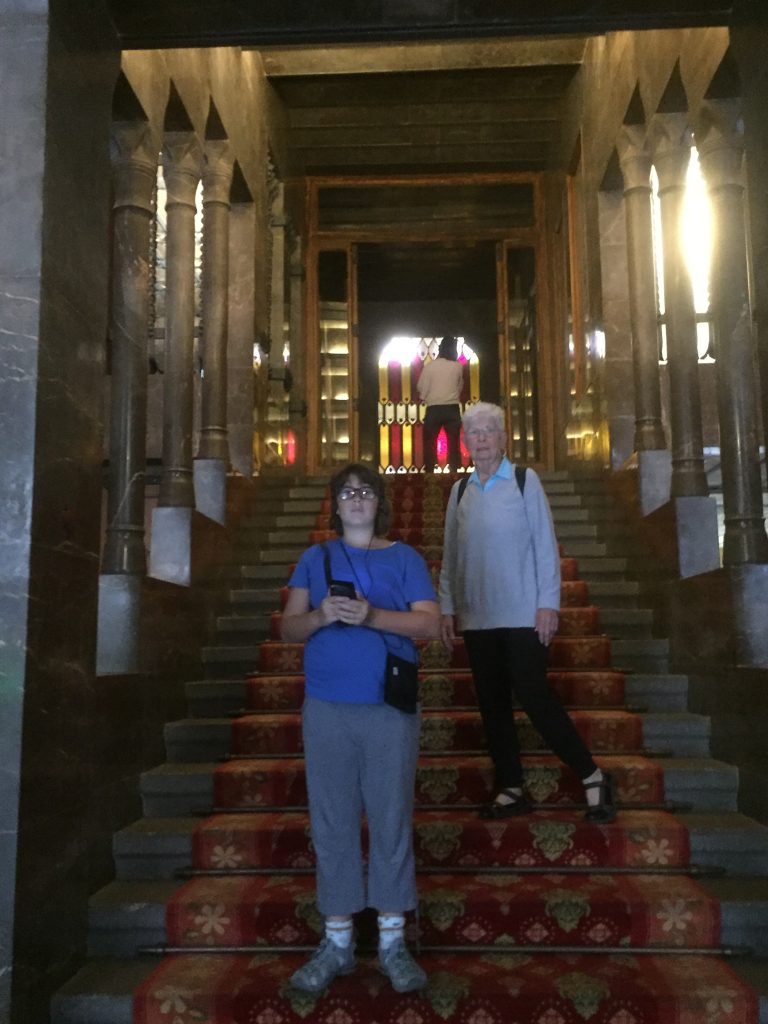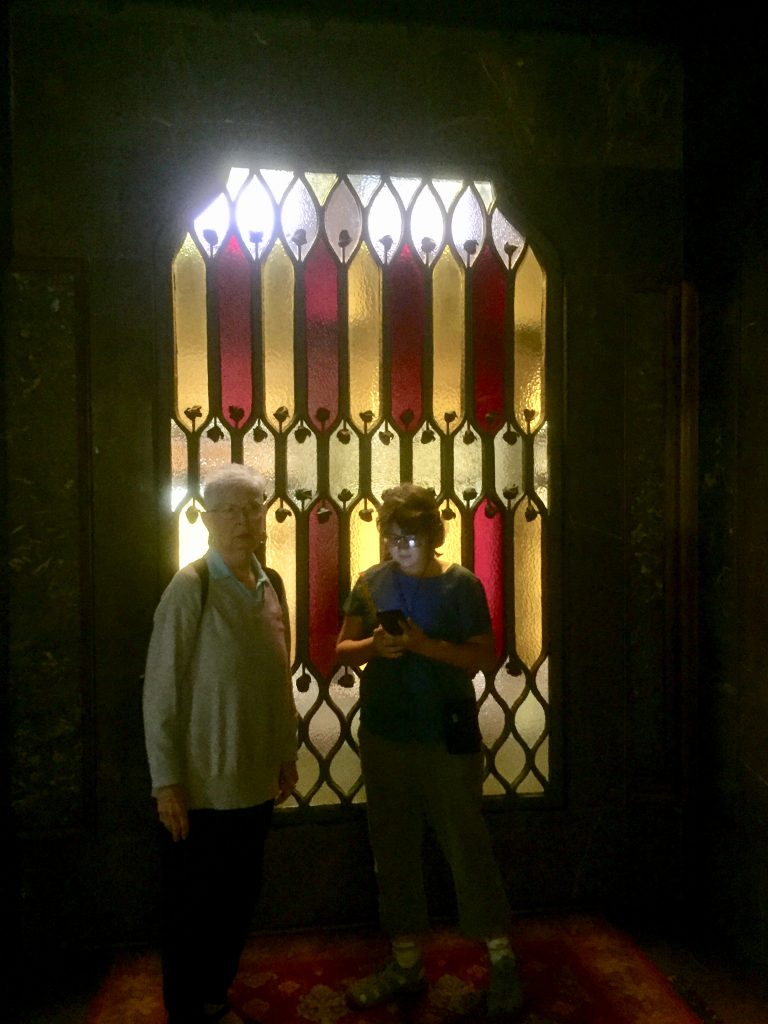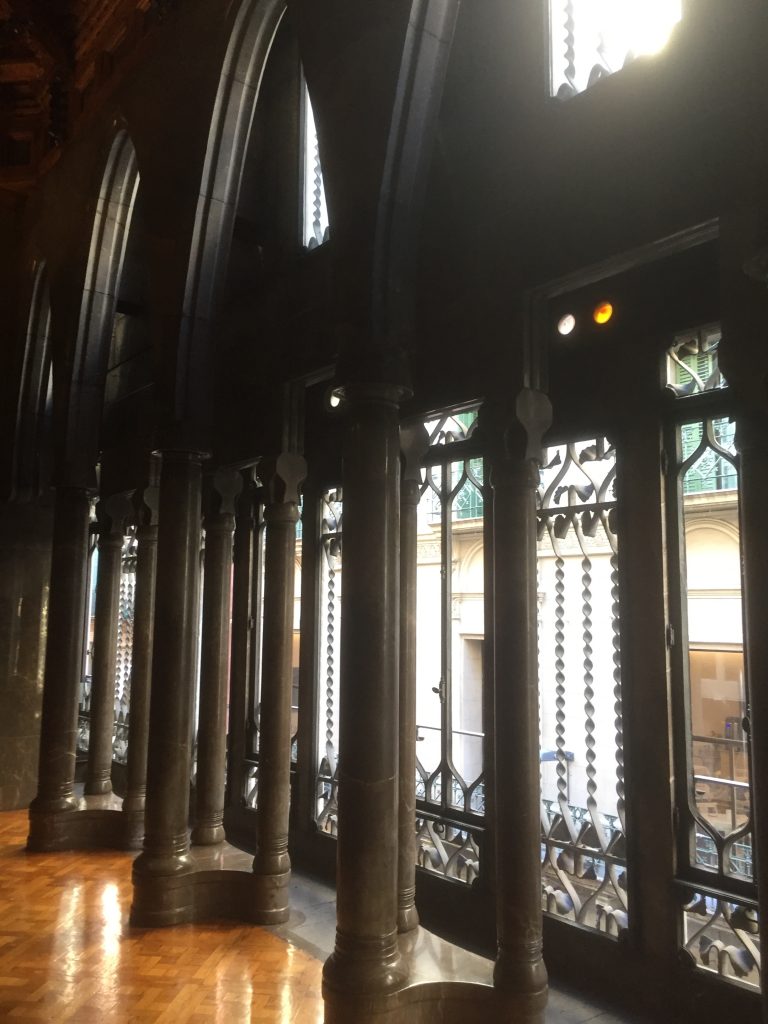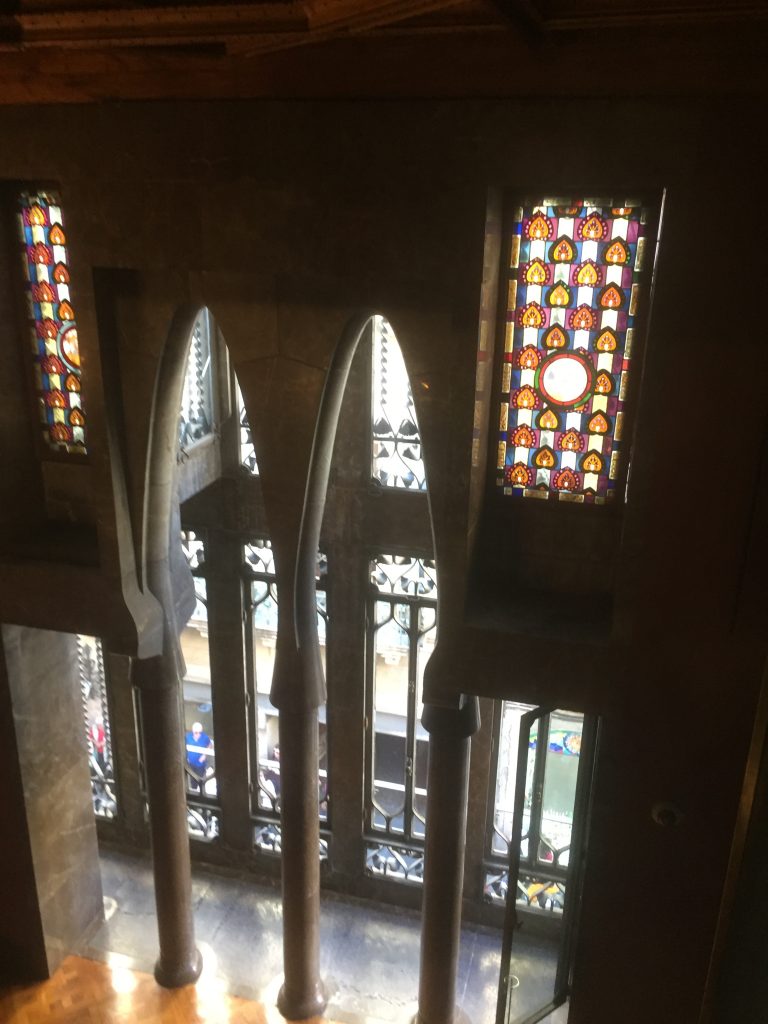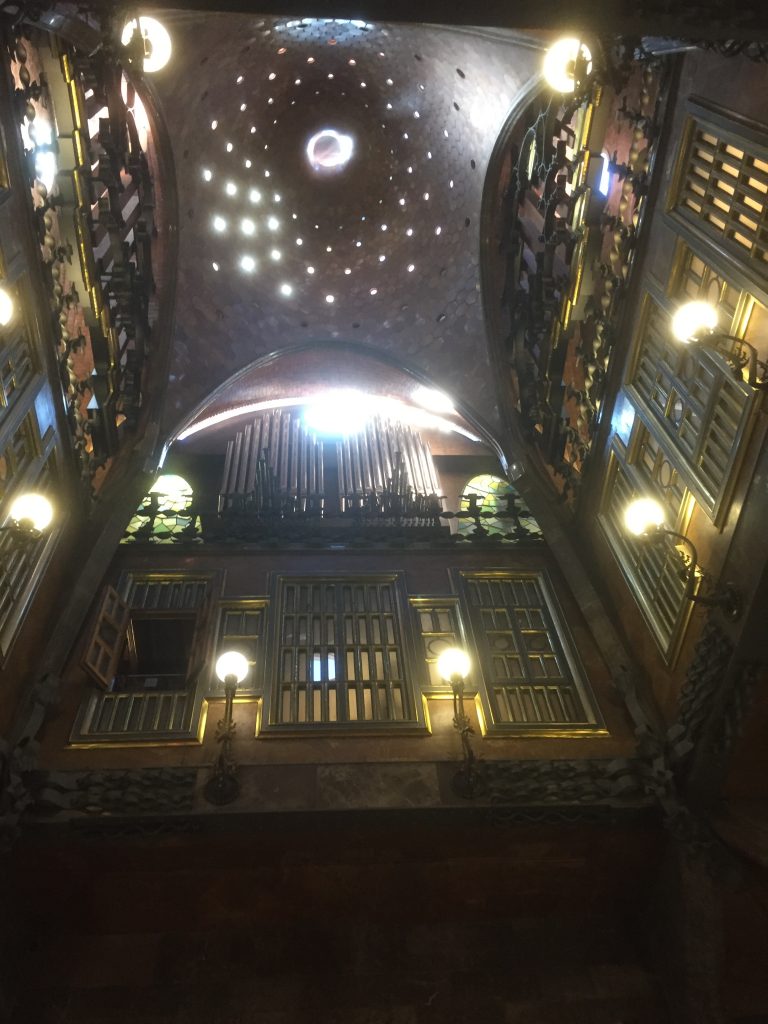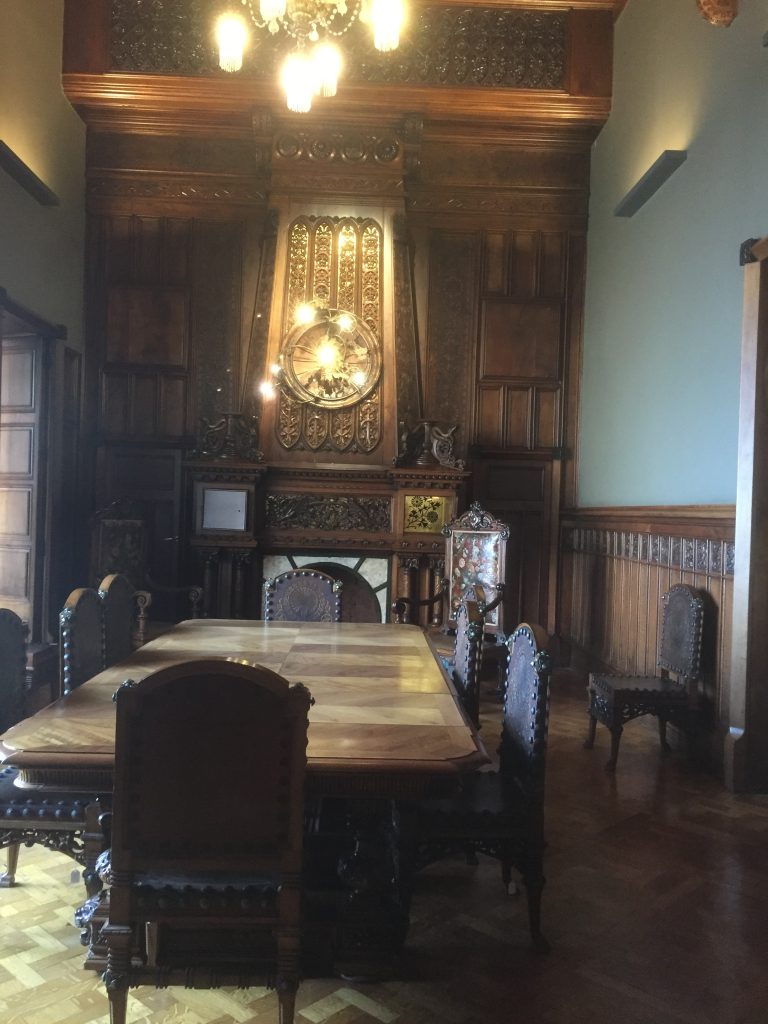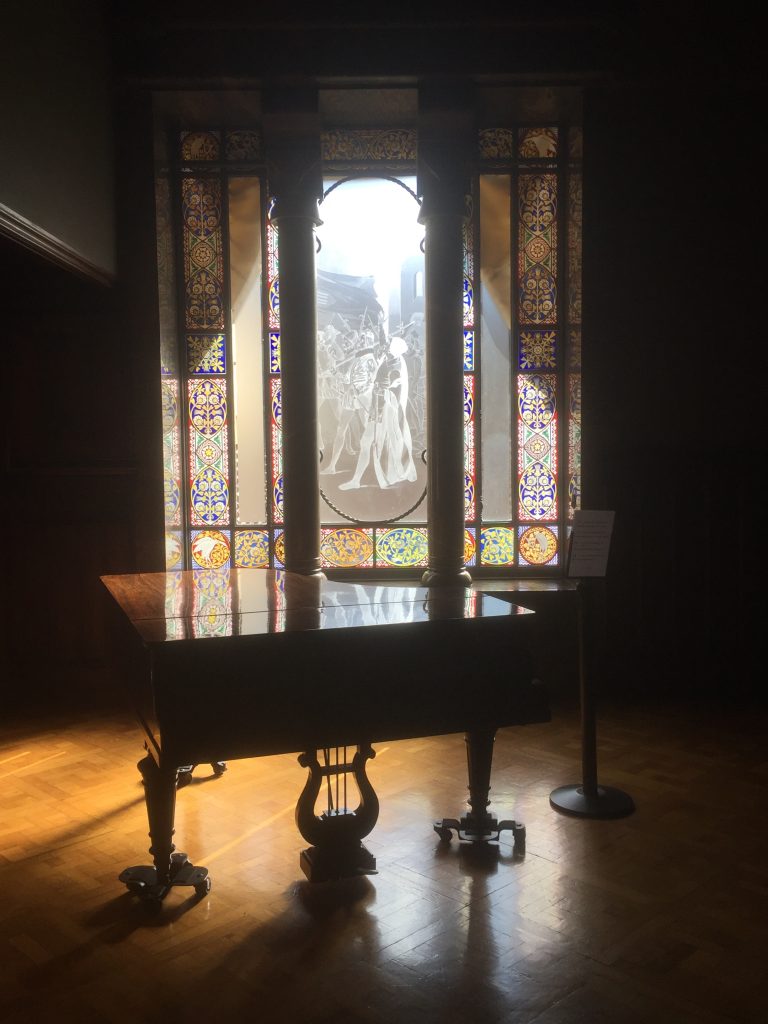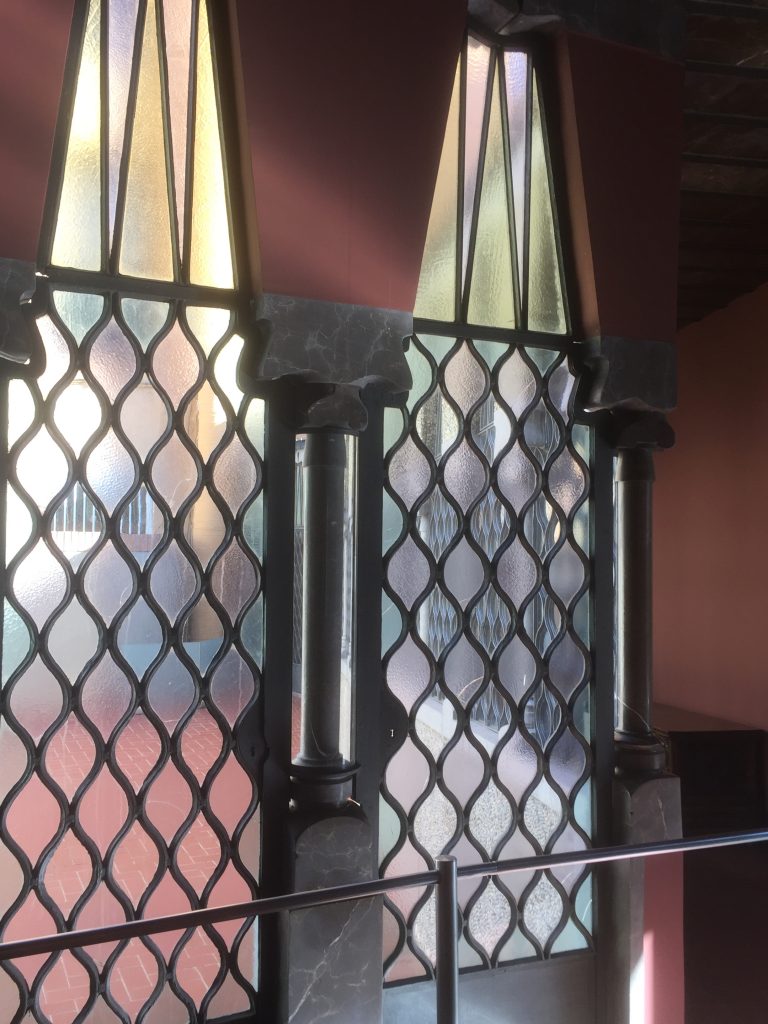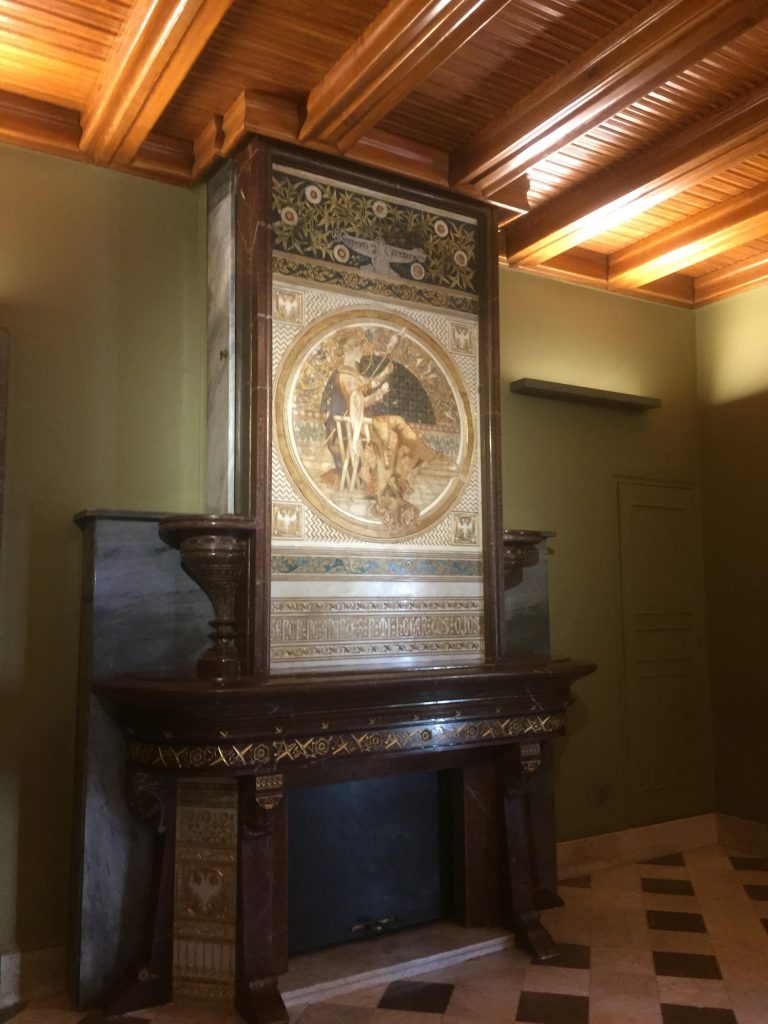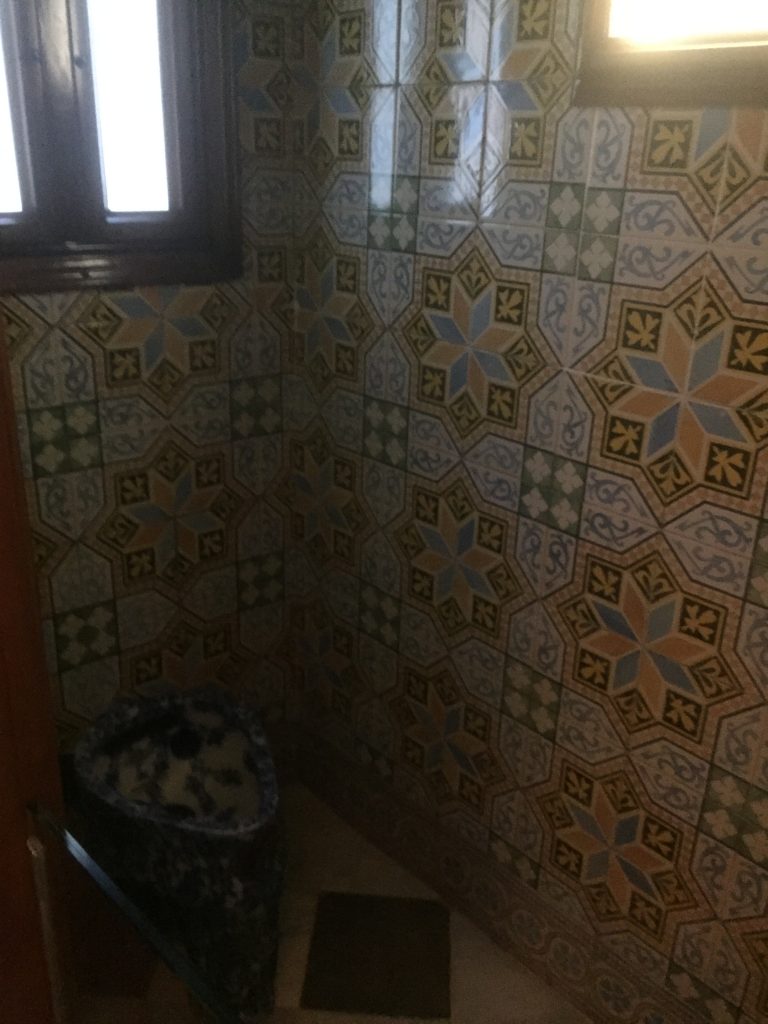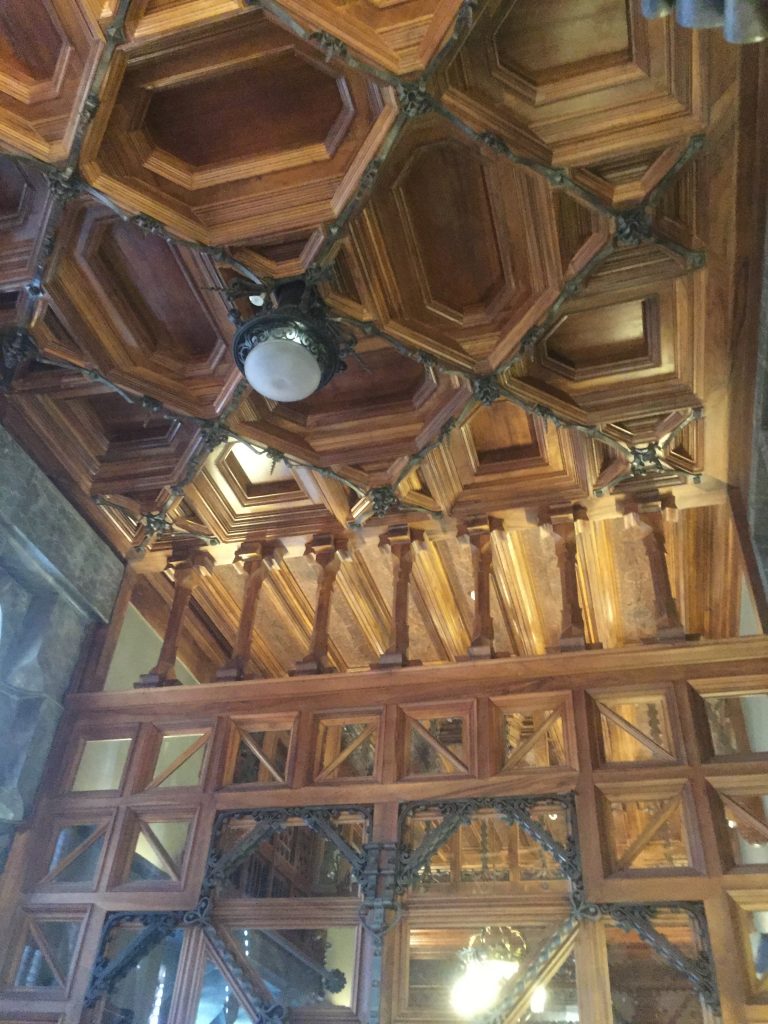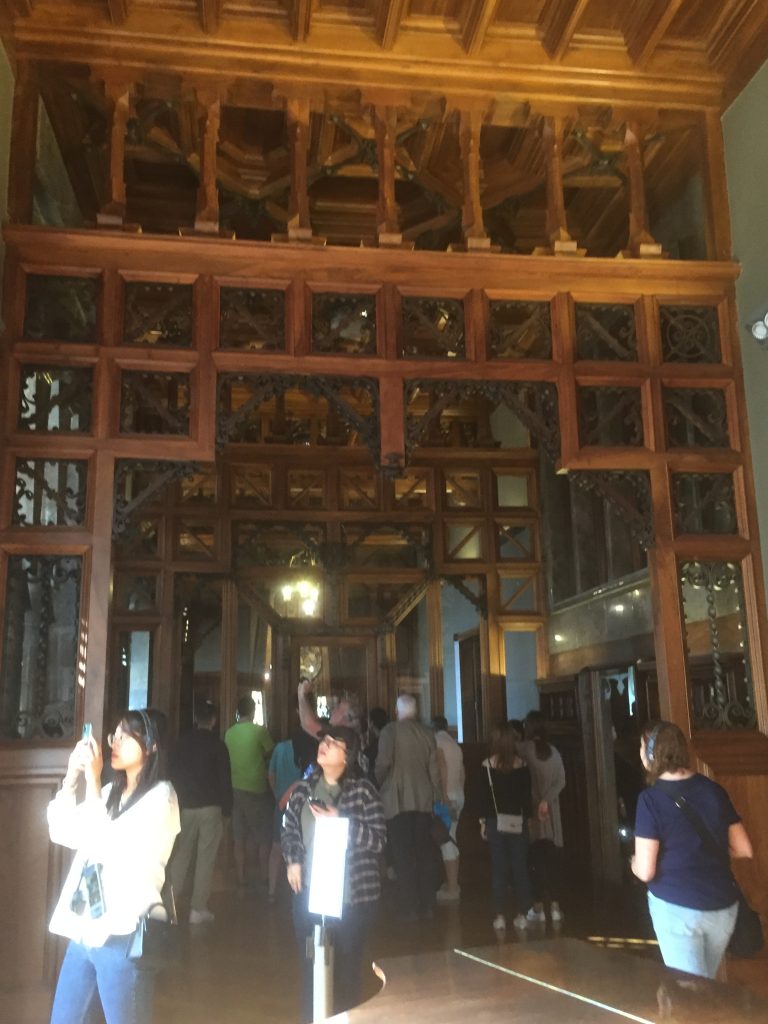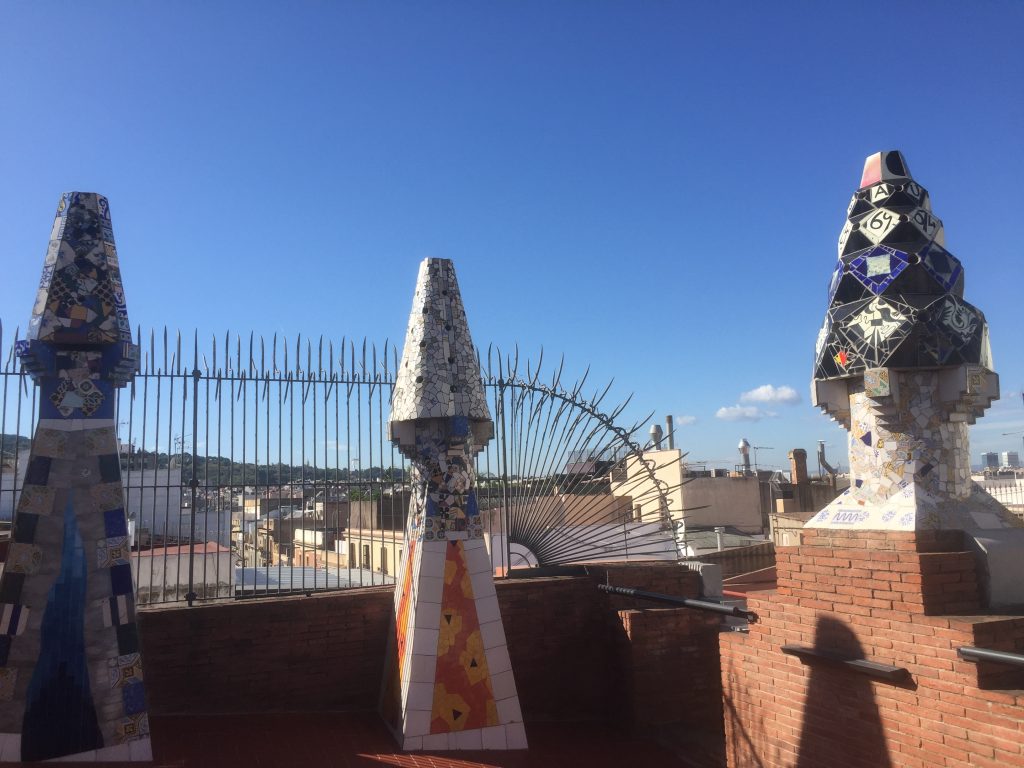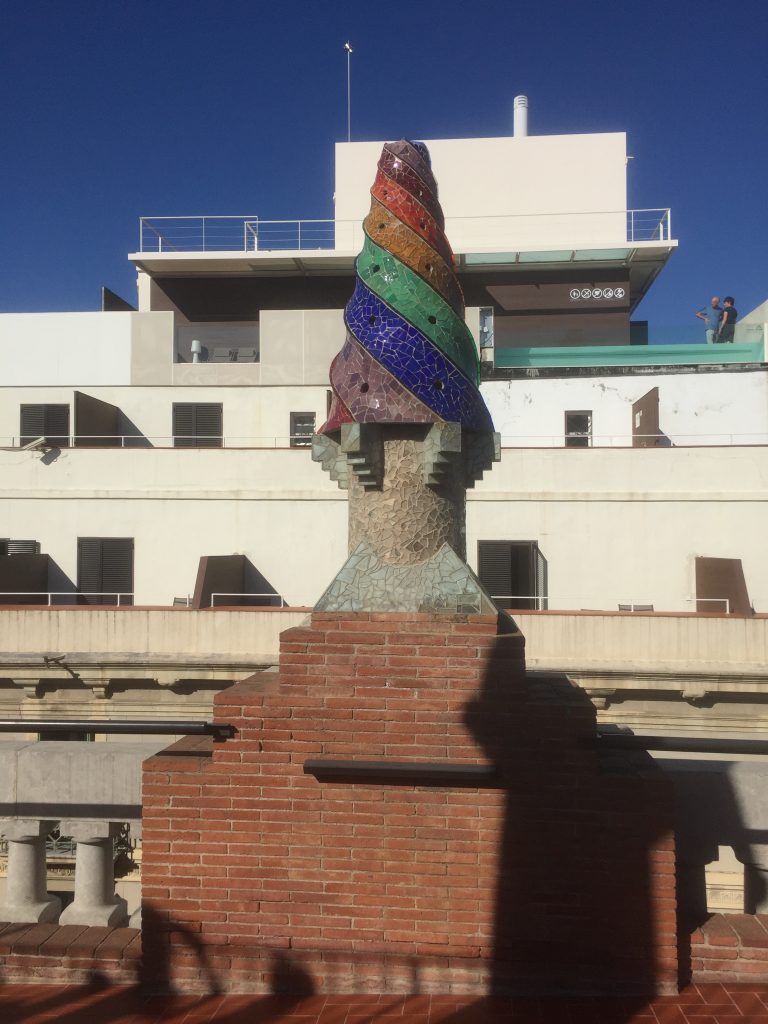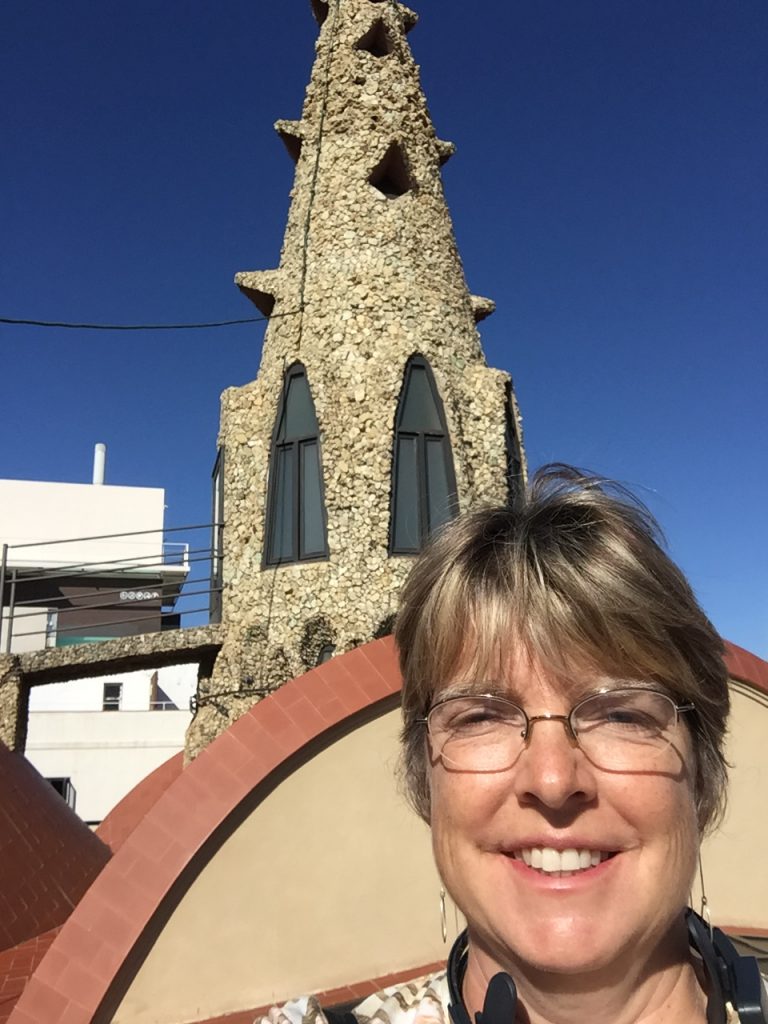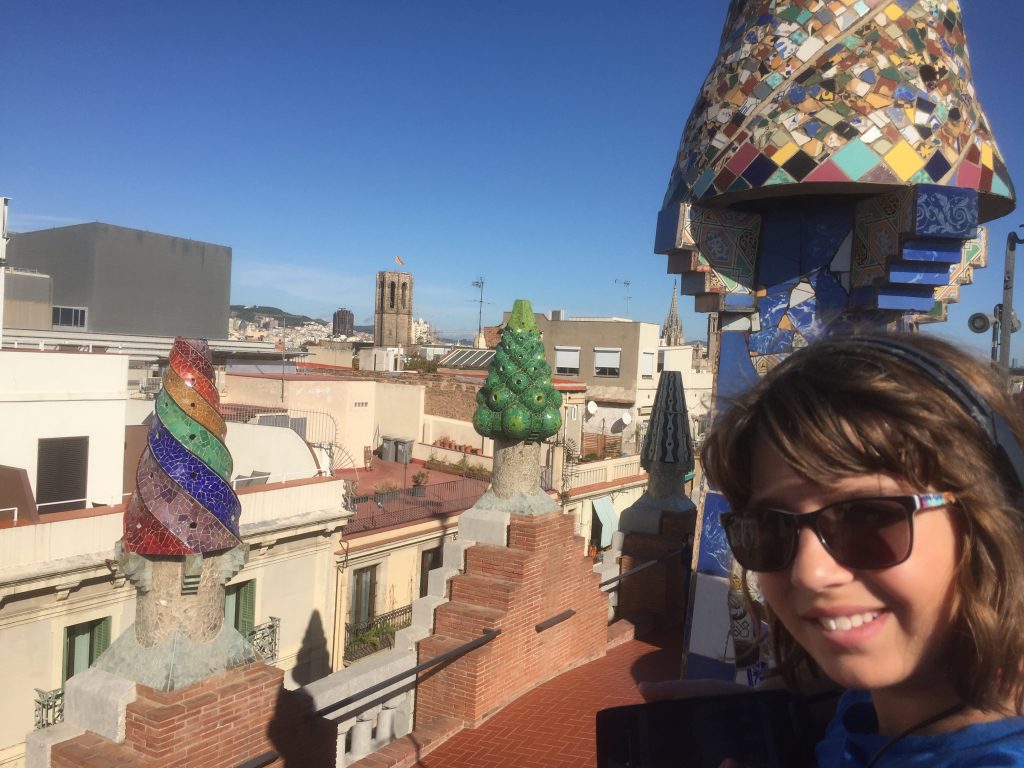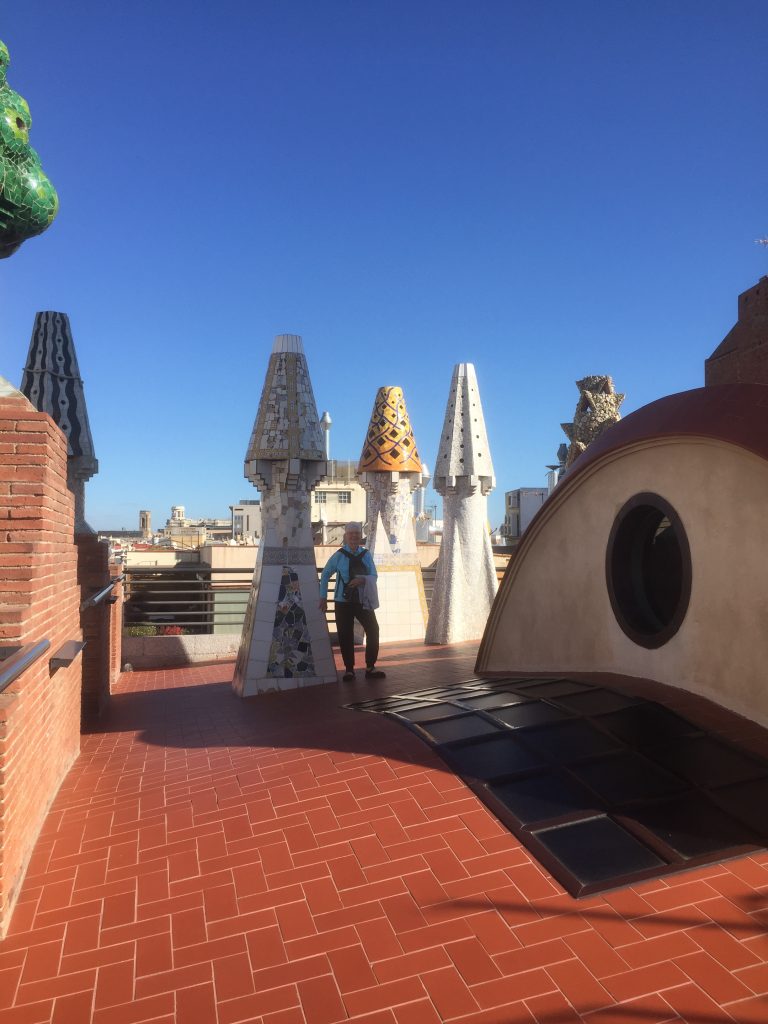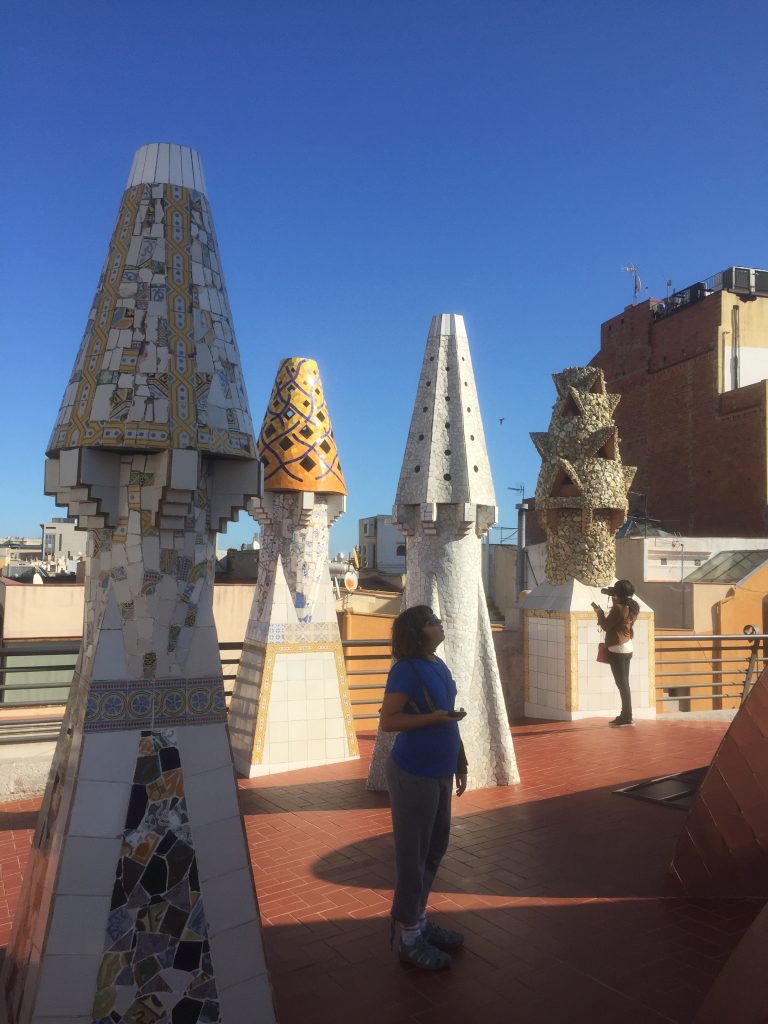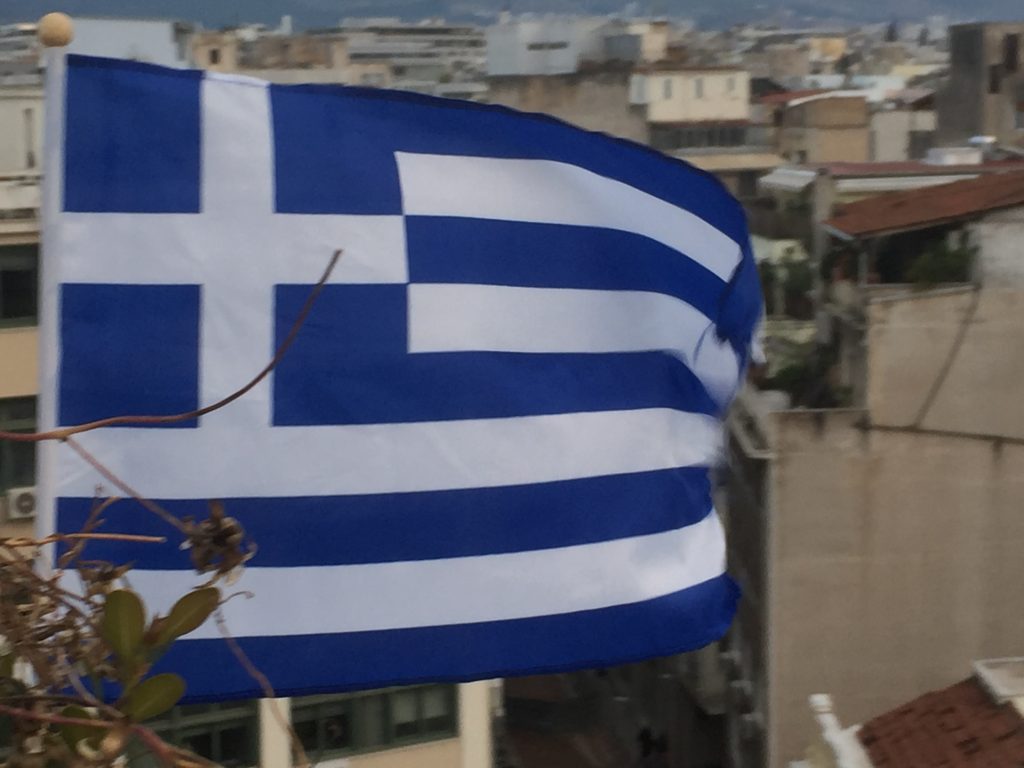
Why not start of the new year with a trip on the very first day? And why not go to Greece? Mom researched our destination and determined it would be sunnier and, possibly, warmer than Barcelona. So off we flew to spend a week in the Hellenic Republic before the end of Allita’s winter break. The flight was uneventful but our arrival in Greece was instantly fantastic. First came the amazing views from our airplane window and then a friendly lady met us at the departure point, greeted us to Greece in multiple languages and presented us with a 2020 token attached to a small candy! What a fantastic welcome that was!

Welcome to Greece! Happy New Year!
We reserved a driver who met us just inside the airport and introduced himself very politely and in perfect English. Most Greeks, as it turns out, speak at least 3 if not 4, 5, or more languages. Tourism is a major part of their economy and it’s common for a grade-school education to include instruction in at least one foreign language. Our driver chatted incessantly, another Greek trait apparently, and took the long and winding route to our hotel so that he could show off his lovely city, Athens. He was delightful. Honestly, I enjoyed the ride from the airport almost as much as I have enjoyed paid city-tours and far more so than the average taxi trip. Therefore, I was delighted to learn that he would also be our driver at the end of the week when it was time to return home.
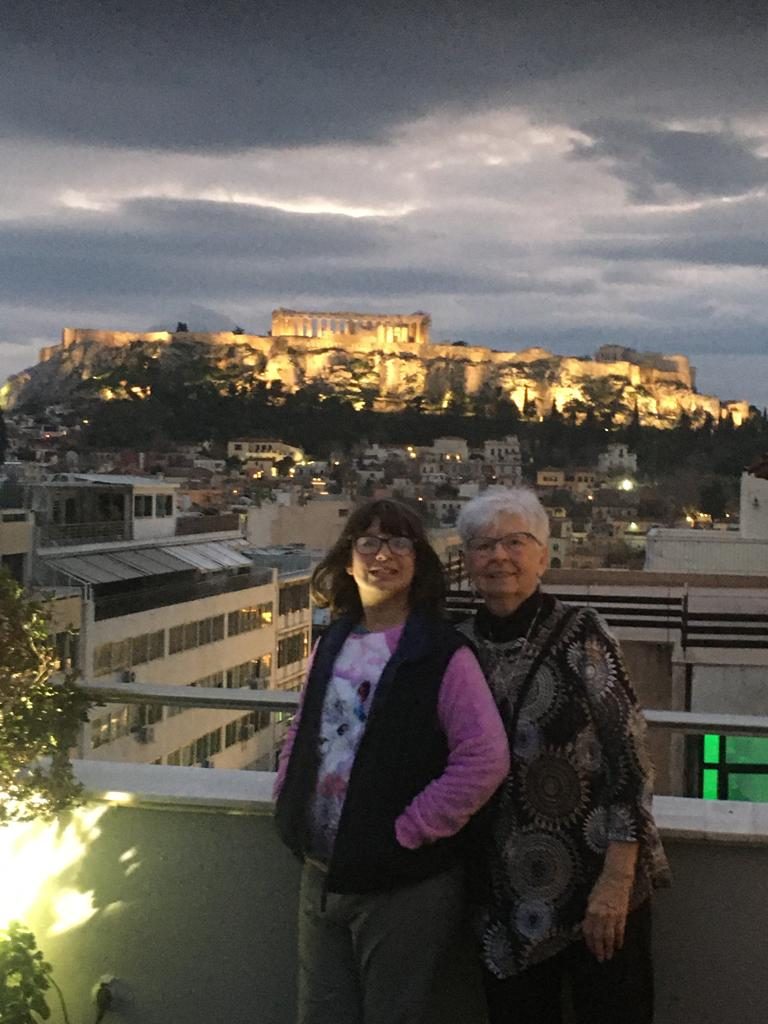
View from rooftop bar 
I said bar, right? 
View from rooftop bar 
Holiday decorations 
Holiday decorations 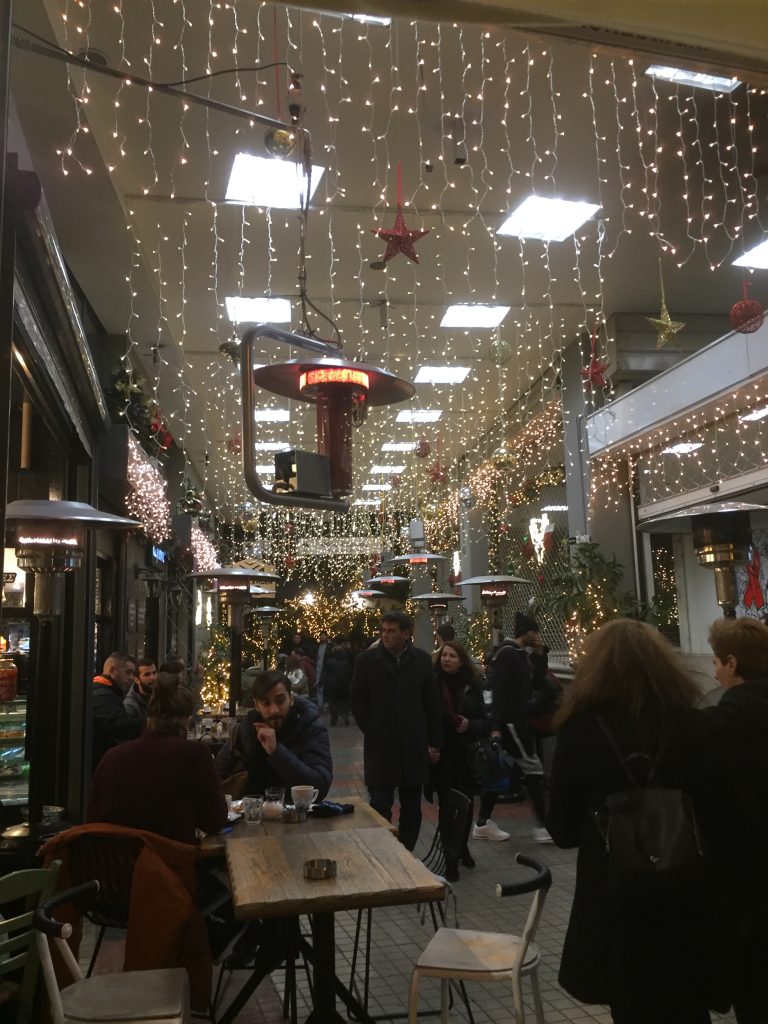
Holiday decorations 
Acropolis at night
Hotel Attalos was our destination. A quaint establishment with a lovely view of the Acropolis from the roof top bar and also from our wide balcony. We were very fortunate to find such fantastic accommodation on Athena Street and only a short walk from the metro station, the outdoor market and even the Acropolis itself, as we later discovered! We kept things low key the first night as we were a bit weary from travel and we explored the hotel and a few blocks up and down the street in the surrounding neighborhood. Since we arrived on a national holiday, everything was closed but all the decorations from Christmas were still up and active. We found this interesting as we had already removed ours and stored them away for next December. Turns out, the Greeks, like the Spanish, continue to celebrate the nativity until after the arrival of the three Kings (Epiphany). In fact, the entire first week of the new year is often considered an extension of the holiday with many stores and shops remaining closed in recognition of the celebration.

Masks, of course 
Stuff everywhere! 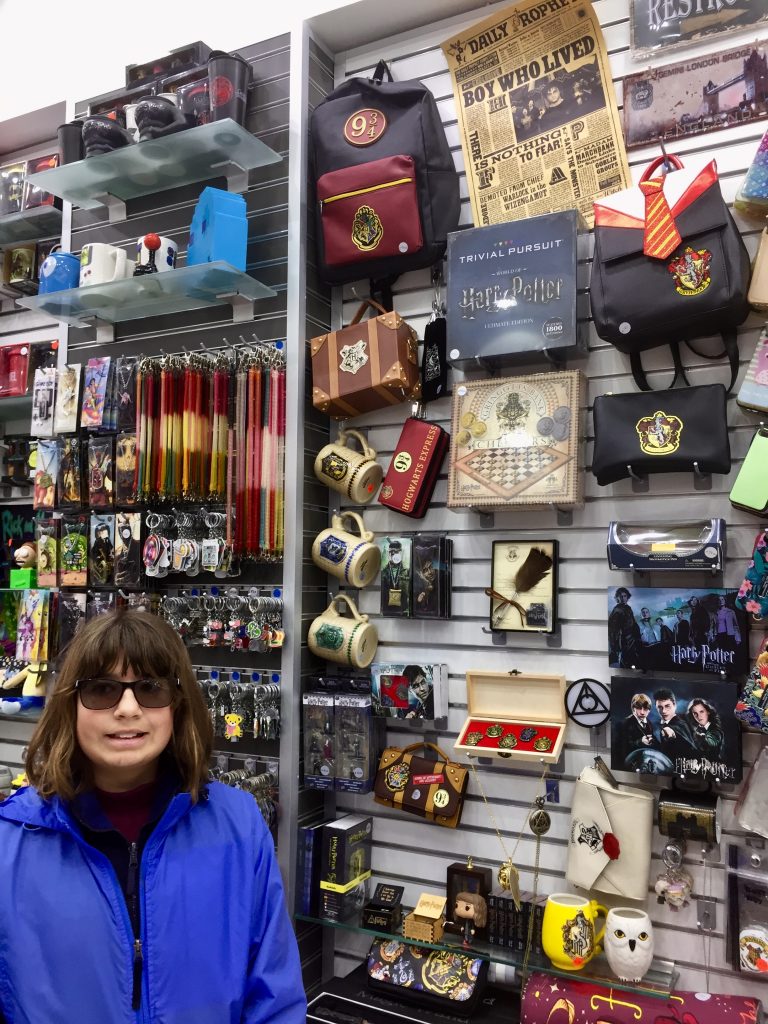
Harry Potter! 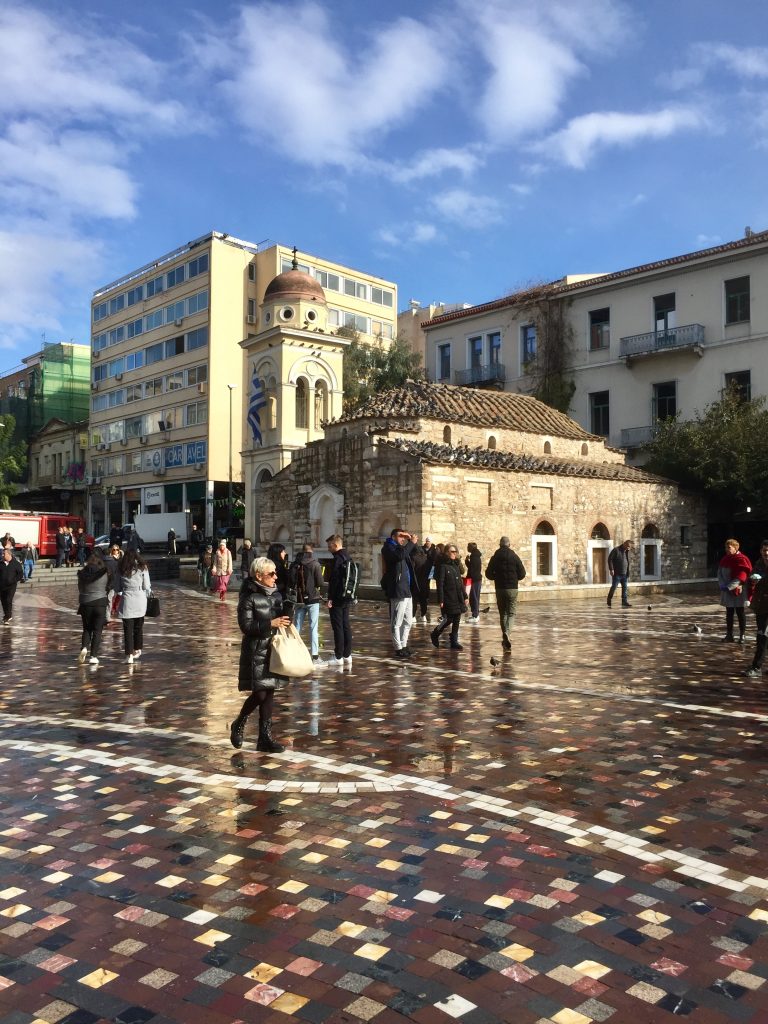



Flea Market on a slightly rainy day
Although it was rainy, the next day, we decided to explore Old Town Athens. Remember the nearby market I mentioned? The Flea Market, as the locals call it. It’s really just a spiderweb of tiny twisting streets filled with shops crammed full of bric-a-brac and every kitschy, touristy collectible you can possibly imagine. You want to dress like Athena? No problem. They even have the olive-leaf headgear and sandals. How about a Greek soldier? There is a helmet, sword and chest plate to be worn over what is surely a dress. Greek oils, spices, soaps, marble statues, beads, masks, tiles, clothing, shoes and even the unimaginable – such as Yoda-Zeus or the Greek Gods in rubber duck form. Although it was wet and chilly most of the day, we enjoyed several hours walking around, sampling and engaging in friendly bargaining that sometimes led to actual purchasing! Best of all, we had plenty of opportunity to practice the Greek phrases we learned on the plane. Every single time we attempted their language, their faces would light up, they would smile and encourage us and then they would respond appropriately. It was such a rewarding experience that we continued to speak Greek every chance we got.
Dinner was a simple take-away meal from the Just Pita across the street which we ate at the hotel rooftop bar while we watched the sun set and were absolutely amazed at the beauty and elegance of the city stretched before us. So much history all in one place! How incredible!

The Parthenon 

View of Athens 
Tempe of Zeus 
The Parthenon 
Shopping for souvenirs 
Restaurant Strofi 
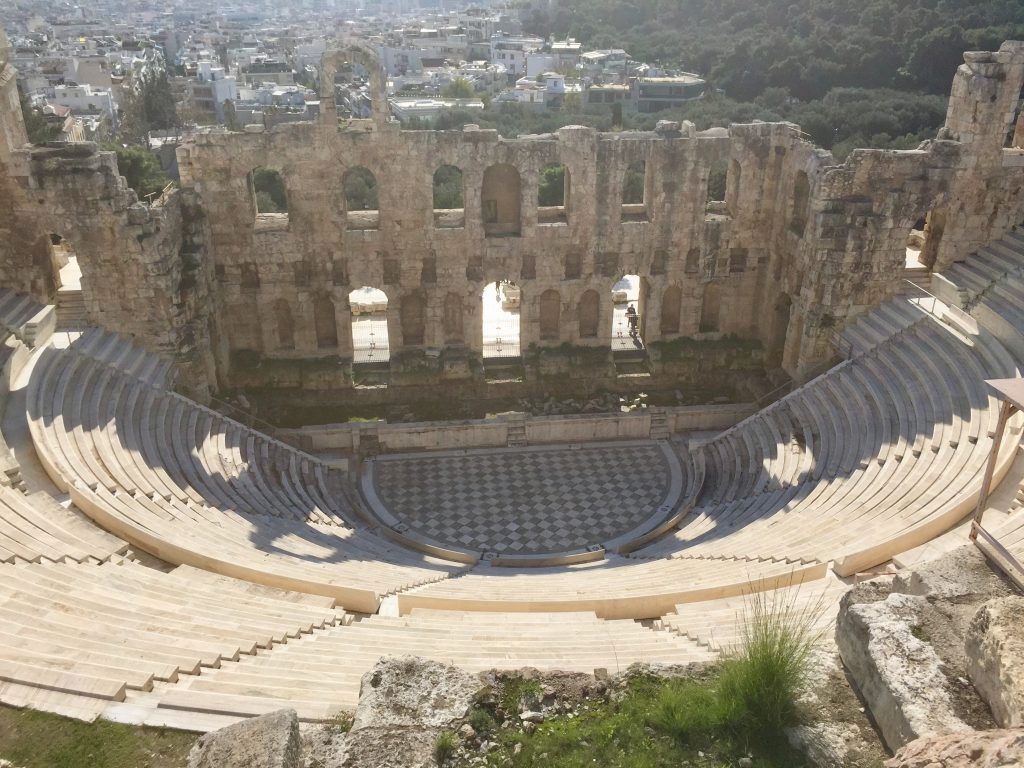
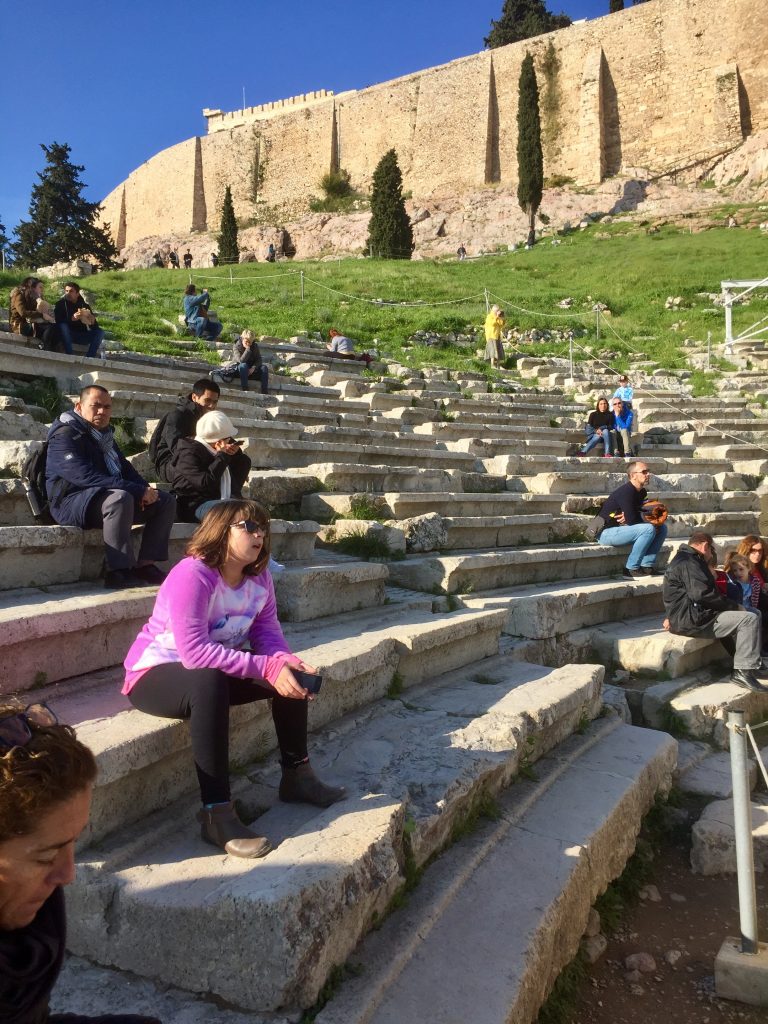
Sitting where ancient butts sat 

The Acropolis 






The next day, bright and early, (actually we woke at 10am, like good Spaniards) we left the hotel after a simple breakfast (at noon) and made our way through the winding city streets and up, up, uphill to the Acropolis (around 1pm or so). It was an amazing day. We explored the entire area at the base of the hill and then bought tickets to enter the actual Acropolis “city”. We skipped the tour and guided ourselves using the abundant material kindly provided by the museum personnel. It was slow going because the marble steps were slick and Mom was walking with sticks, not to mention the whole thing sits on a giant hill so the walk is somewhat challenging. Allita flitted from here to there counting the many stray cats she saw as we made our way from bottom to top and back down the other side. A friend of mine from Tucson had recommended an amazing local restaurant, Strofi Athenian Restaurant, with an excellent view of the Acropolis hill. We took plenty of time to savor a delicious meal and enjoy the atmosphere. Then we trudged back all around the base until we arrived at our hotel. The entire day was an amazing adventure packed full of memories that won’t soon be forgotten. One in particular was Allita saying that she was “sitting where ancient butts sat”.

Zappeion Center 



More sitting where ancient butts sat 
Running like an Olympian 


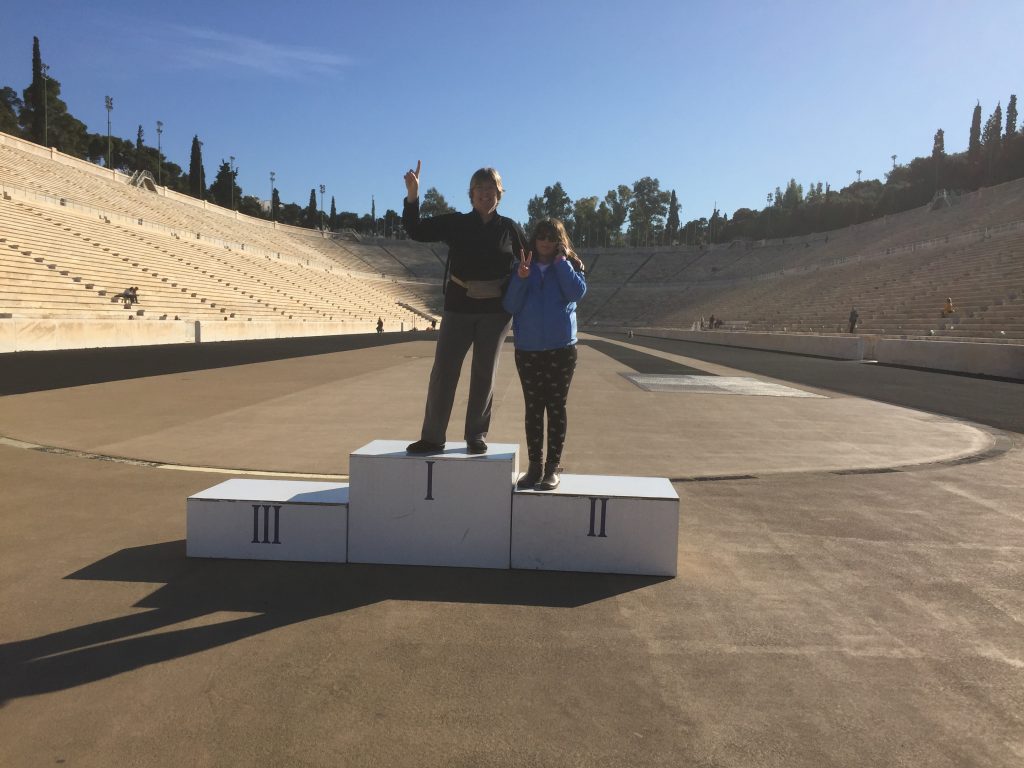
Panathenaic Stadium
4 January was another lovely, sunny day and we decided to get a slightly earlier start (9am) and explore Monastiraki past Hadrian’s library to Syntagma wandering on through the National Garden to the Zappeion Center and ultimately the Panathenaic Stadium (Kallimarmaro). By the time we arrived at the actual stadium, Mom was exhausted from so much walking so she sat outside and waited for us to complete the tour, which included an audio guide. Allita and I wandered all around the stadium and even went underneath to the museum area, which was at one time the locker rooms and royal entrance. We were able to see all of the Olympic torches and flags on display as well as one of the many fire cauldrons from where the torch was lit after the sun’s rays sparked a flame through a magnifying lens operated by the female guardians of the flame. Allita took a quick jog around the stadium pretending to be an Olympian and we both posed on the podiums for our invisible metals. Finally, we reunited with Mom and wrapped up our 9-hour walking tour of Athens by wandering through Plaka on the way back to our lovely hotel. Then we all had a nap!

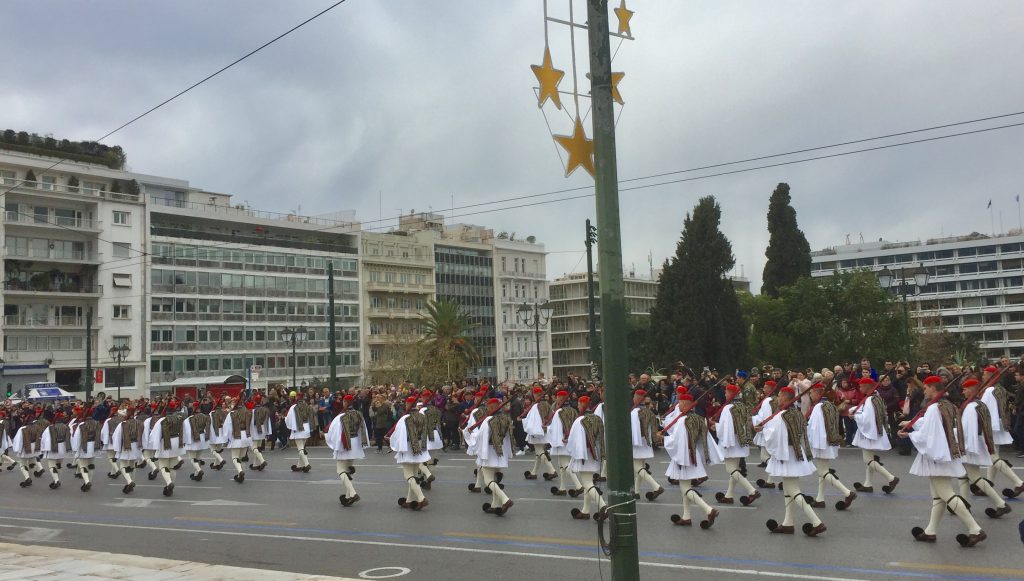


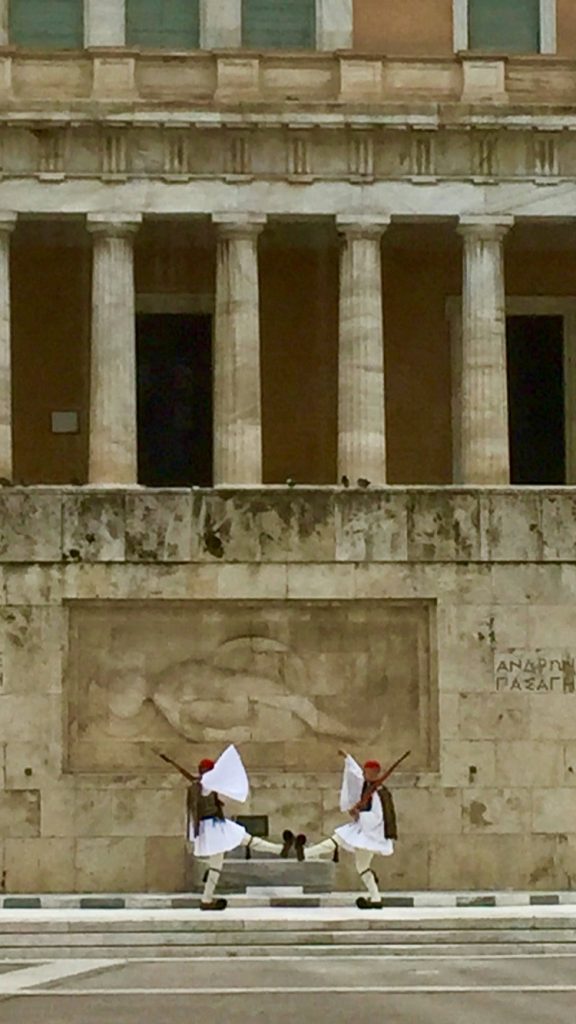
Tomb of the Unknown Soldier 
The plan for Sunday was made long before we arrived in Athens. Once I discovered that this was the day of the week when the changing of the guard ceremony included a parade of soldiers and a marching band, thus a great deal of pomp and circumstance, I knew that’s where we would be at 11am. So Allita and I trudged across town to the Hellenic Parliment building to join in the festivities. There was quite a crowd, even early on, but we settled into a good viewing point and enthusiastically waited. We were not disappointed! The Greek guards were dressed in their Sunday best, marching with high step in unison down the barricaded road (stopping even the street car!) and keeping time to the tune of the band leading the entire ensemble. They settled into position in front of the Tomb of the Unknown Soldier and went through the complicated machinations of exchanging the guards. The ceremony was well worth the long walk and the wait, even though it was over fairly quickly. We were delighted with their fanfare. From there, we rode the metro to the Acropolis museum where we spent most of the day exploring treasures and relics and enjoyed lunch with another view of….you guessed it…the Acropolis!!
We flew back home on Monday, after another long and winding guided tour of the city, around Dromeas, the famous glass running man sculpture and the past Temple of Olympian Zeus, before hitting the highway. It was a rainy morning so the view from the car wasn’t excellent but it was still a pleasure to see more of this lovely city before we departed. What a fantastic way to start the new year. Opa!
